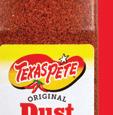FUNCTIONAL COCKTAILS
FOGO DE CHÃO’S SIZZLING MODEL

FUNCTIONAL COCKTAILS
FOGO DE CHÃO’S SIZZLING MODEL
20 EMERGING LEADERS UNDER 40 ARE FORGING NEW WAYS FORWARD
SMALL PLATES SOAR
THE FIVE SENSES OF HOSPITALITY
FROM OHIO MINER FAMILY TO TWO MICHELIN STARS
WHY CHEF RYAN RATINO SOURCES GLOBALLY WHILE PAYING HOMAGE TO HOME
PLUS HOW ADRIENNE COLE IS REDEFINING DINING IN LOUISVILLE AND BEYOND


IT ALL STARTS WITH AN




















POTATO SCALLOPS
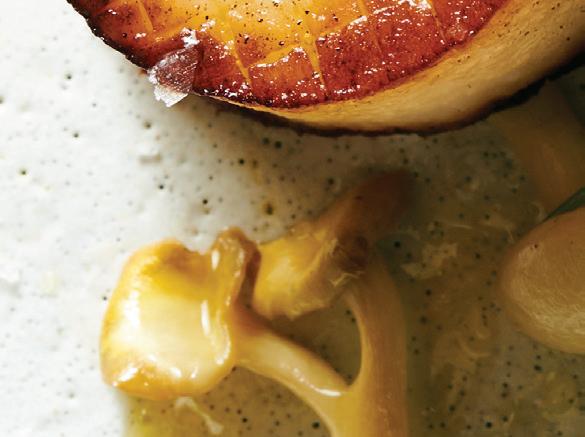

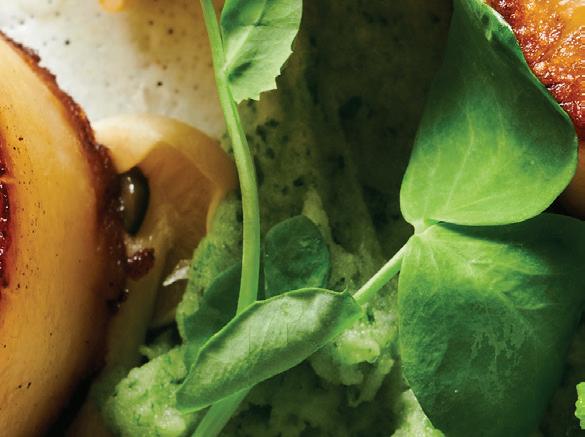





Chef Robert Butts | Twisted Soul Cookhouse & Pours



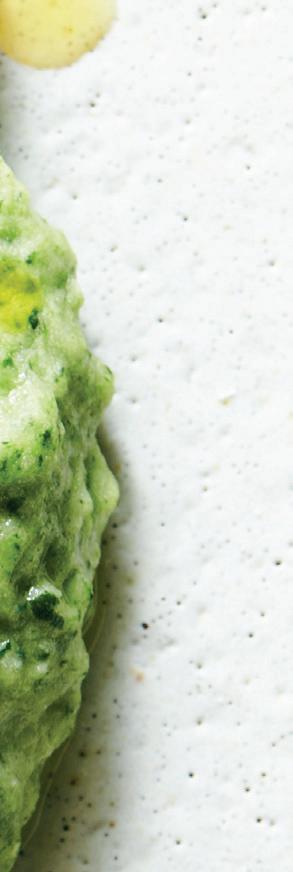



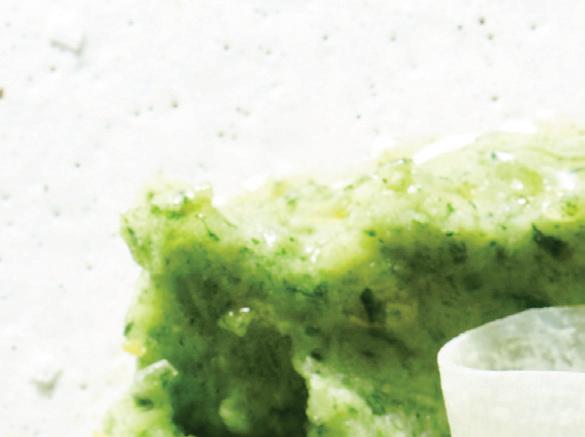 IDAH O ® RUSSET POTATOES
IDAH O ® RUSSET POTATOES
is year’s class of 20 under 40 Rising Stars all possess a unique vision on how to push this industry forward, from new ways of training and mentoring team members to revolutionizing the way kitchens are run. Among the mix are executive chefs, general managers, marketing leaders, and more.
13

















Chef Ryan Ratino sources globally from Japan while paying homage to his Midwestern roots at his Washington, D.C. restaurants—the two Michelin-starred JÔNT (he was the youngest to ever receive the distinguished stars at the time) and one Michelin-starred Bresca.


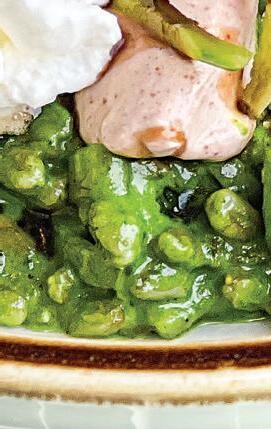

Rising food costs are ushering in the next iteration of shared small plates, say chefs at e Woodall in Atlanta and Chateau Carbide, the Pendry Chicago’s rooftop cocktail lounge—and it’s leading to reduced waste and better margins.

As societal attitudes towards alcohol evolve, the rise of functional cocktails and NA options have taken over the culinary world at restaurants like Tupelo Honey and more—and the health-forward concoctions o er more than just a refreshment.

The biggest challenges for startup restaurant operators are capital and development expertise—and Lauren Fernandez created a platform to address both at Full Course.
Nusret Gökçe, also known as “Salt Bae,” is rapidly expanding his global steakhouse chain, Nusr-Et. Take a look at the social media phenomenon’s impact.
ON THE RISE What began in Porto Alegre, Brazil, as a humble churrascaria —a type of Brazilian steakhouse—has rapidly evolved into a blazing global phenomenon with 75 locations and counting. Now, the Brazilian all-you-can-eat steak chain is bringing its
unique meat-skewer serving style to new markets and igniting appetites worldwide.
YOUR TAKE Here’s how aromas can activate nostalgia, how soundscapes influence what we order, how the weight of tableware alters value perception, and how open kitchen models impact both staff and diners.

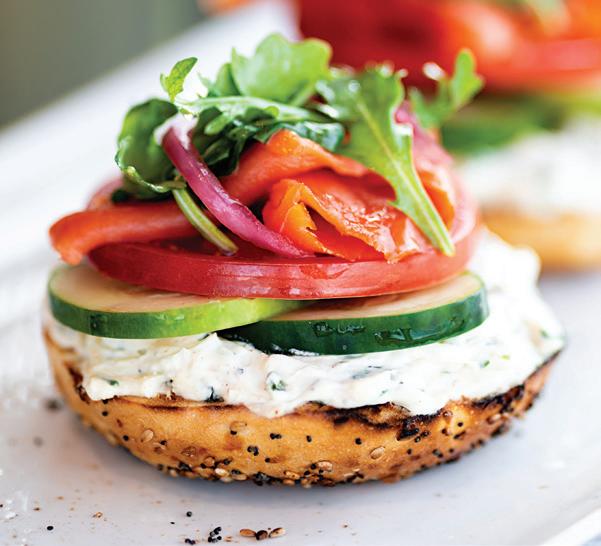
BEHIND THE SCENES
Shane Schaibly, senior vice president of culinary strategy at First Watch, walks readers through the culinary innovation process at the breakfast giant.
EDITORIAL
EDITORIAL DIRECTOR Danny Klein dklein@wtwhmedia.com
FSR EDITOR Callie Evergreen cevergreen@wtwhmedia.com
QSR EDITOR Ben Coley bcoley@wtwhmedia.com
ASSOCIATE EDITOR Sam Danley sdanley@wtwhmedia.com
BRANDED CONTENT STUDIO
DIRECTOR OF THE BRANDED CONTENT STUDIO, FOOD AND HOSPITALITY Peggy Carouthers pcarouthers@wtwhmedia.com
BRANDED CONTENT
ASSOCIATE EDITOR Charlie Pogacar cpogacar@wtwhmedia.com
BRANDED CONTENT ASSOCIATE EDITOR Kara Phelps kphelps@wtwhmedia.com
DESIGN
ART DIRECTOR Erica Naftolowitz enaftolowitz@wtwhmedia.com
LinkedIn.com/company/ FSR-magazine

Instagram.com/FSRmagazine
Facebook.com/FSRmag
Twitter.com/FSRmag
4 Highlights from FSRmagazine.com
4 Brand Stories in Print and Online
6 Editor’s Welcome 55 Advertising Index

FSR is a registered trademark of WTWH Media, LLC. FSR is copyright © 2022 WTWH Media, LLC. All rights reserved. The opinions of columnists are their own. Publication of their writing does not imply endorsement by WTWH Media, LLC. Subscriptions 919-945-0704. www.fsrmagazine.com/subscribe. FSR is provided without charge upon request to individuals residing in the U.S. meeting subscription criteria as set forth by the publisher. AAM member. All rights reserved. No part of this magazine may be reproduced in any fashion without the express written consent of WTWH Media, LLC.
FSR (ISSN 2325-2154) is published monthly by WTWH Media, LLC, 1111 Superior Avenue Suite 2600, Cleveland, OH 44114. Periodicals postage paid at Cleveland, OH and at additional mailing offices.
POSTMASTER: Send address changes to FSR, 101 Europa Drive, Suite 150, Chapel Hill, NC 27517-2380.

2023 NATIONAL GOLD AWARDS: FRONT COVER (PHOTO), BEST USE OF COLOR NATIONAL SILVER AWARD: BEST USE OF TYPOGRAPHY
2016 MAGAZINE OF THE YEAR
TOP 10 AWARD
2015 MAGAZINE OF THE YEAR
FOLIO: Eddie Awards
2022 BEST FULL ISSUE HOSPITALITY
2022 BEST SPONSORED CONTENT
2021 BEST PROFILE FEATURE
2017 BEST FULL ISSUE FOOD & BEVERAGE
2013 BEST DESIGN, NEW MAGAZINE
2013 BEST FULL ISSUE, FOOD SERVICE/HOTEL
SALES & BUSINESS DEVELOPMENT
GROUP PUBLISHER
Greg Sanders
gsanders@wtwhmedia.com
NATIONAL SALES DIRECTOR
Eugene Drezner 919-945-0705
edrezner@wtwhmedia.com
NATIONAL SALES MANAGER
Amber Dobsovic 919-945-0712 adobsovic@wtwhmedia.com
NATIONAL SALES MANAGER
John Krueger 919-945-0728 jkrueger@wtwhmedia.com
NATIONAL SALES MANAGER Edward Richards 919-945-0714 erichards@wtwhmedia.com
CUSTOMER SERVICE REPRESENTATIVE
Tracy Doubts 919-945-0704 tdoubts@wtwhmedia.com
ADMINISTRATION
919-945-0704 www.fsrmagazine.com/subscribe
FSR is provided without charge upon request to individuals residing in the U.S. who meet subscription criteria as set forth by the publisher.
REPRINTS
THE YGS GROUP 800-290-5460 fax: 717-825-2150 fsrmagazine@theygsgroup.com
Sponsored content in this magazine is provided to the represented company for a fee. Such content is written to be informational and nonpromotional. Comments welcomed at sponsoredcontent@ fsrmagazine.com.
FOUNDER
Webb C. Howell
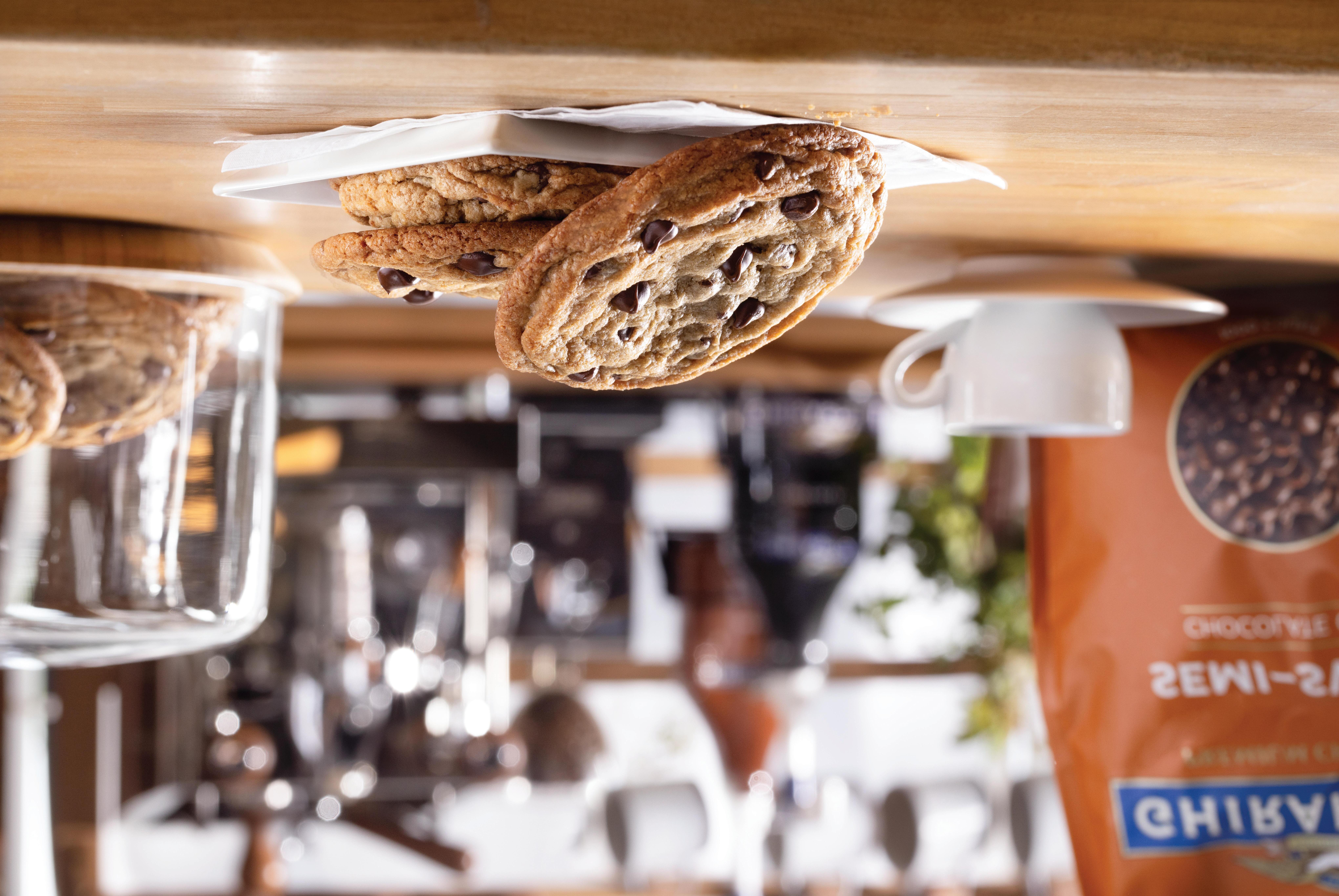
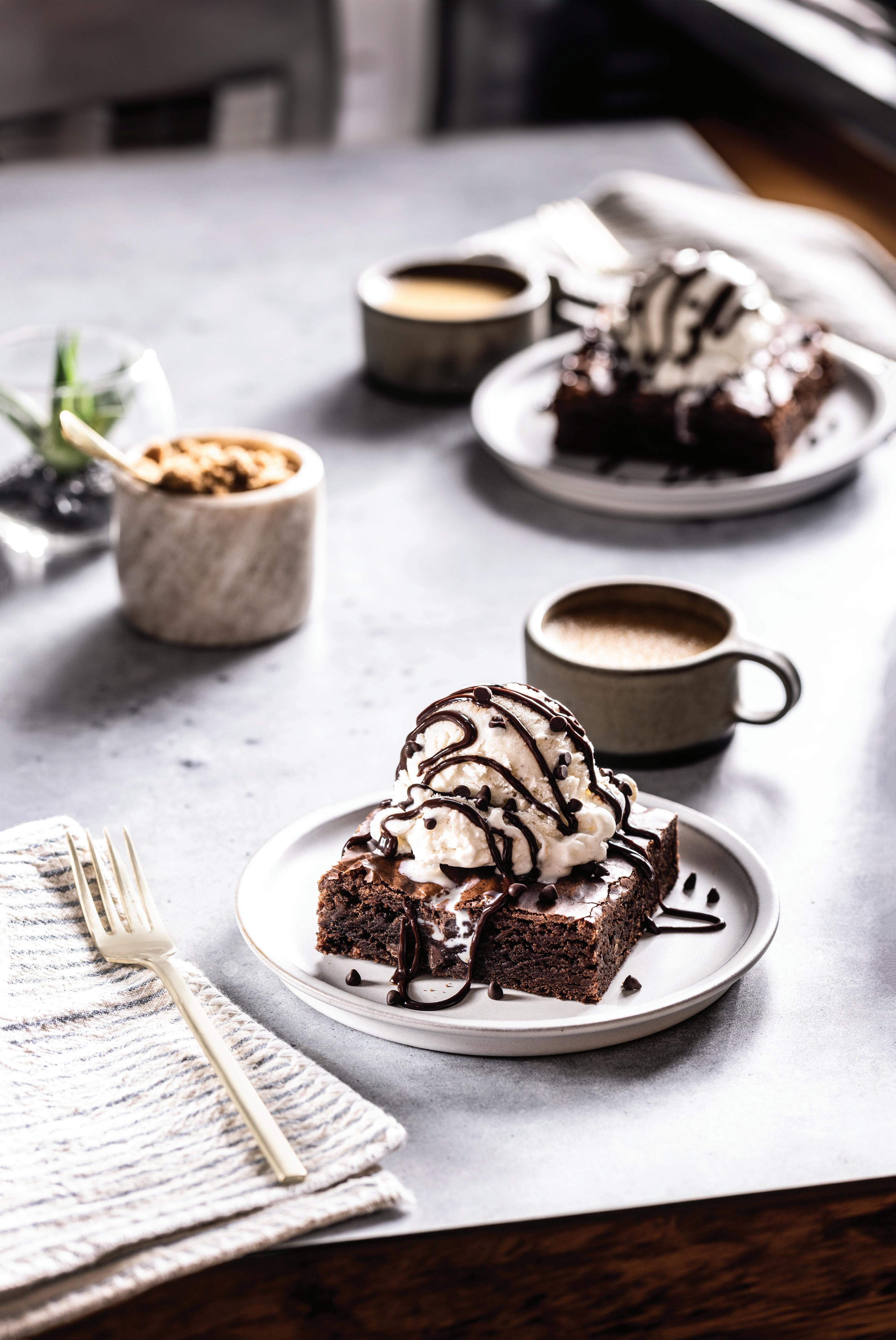

FSRMAGAZINE.COM THE MOST POPULAR STORIES ON OUR WEBSITE,

Following a three-year hiatus, Delmonico’s—which began as a cafe in 1827—is poised to return to New York City’s dining scene. FSRmagazine.com/ Delmonicos-Reopens
BENIHANA
Japanese steakhouse Benihana is reportedly considering a sale. The company is valued around $600 million, including debt. FSRmagazine.com/Benihana-Sale
The nine-unit chain wants to expand in Colorado, Kansas City, and other markets with the help of private equity firm L Catterton. FSRmagazine.com/Urban-Egg-Brunch
This chef gets a first-hand look at the Australian meat industry—and a few insights on what makes it so unique.
SPONSORED BY AUSSIE BEEF & LAMB
Sharing several tips and tricks to help restaurant operators extend fry life.
SPONSORED BY STRATAS FOODS
Classic techniques and ingredients are trendy again.
SPONSORED BY BARILLA FOR PROFESSIONALS
APPLEBEE’S
The restaurants are partnering with Franklin Junction, which will provide spaces for the brands to act as delivery-only concepts in new global markets. FSRmagazine.com/ International-Ghost-Kitchens
This brand is ready to scale its winning formula.
SPONSORED BY PICKLEMAN’S GOURMET CAFE
How to select the right chocolate for your kitchen and menu.
SPONSORED BY GHIRARDELLI
Here are some ready-to-use ingredients with bold flavor.
SPONSORED BY MEGAMEX FOODS






















SIGN UP FOR ESPN+ FOR BUSINESS & YOU’LL UNLOCK ADDITIONAL LIVE EVENTS FROM THE TOP LEAGUES AND TOURNAMENTS

GROWING UP THRIFTING, I quickly learned the meaning of the motto, “one person’s trash is another person’s treasure.” It ba ed me how someone could let go of such precious items like mint-condition leather jackets and unique art pieces, like a vintage jade and mother of pearl diorama scene (which is still hanging on my o ce wall). Yet, thrifting and buy-nothing groups on Facebook have also taught me the value of giving back to local communities, and how beautiful the world can be when generosity is at the forefront. Lauren Fernandez took her learnings from Focus Brands and parlayed her expertise into her early-stage restaurant investor and incubator platform, Full Course, which helps operators with capital, development support, and exempli es the “giving back” lifestyle (PAGE 9).
Restaurateur Adrienne Cole is also passionate about extending hospitality beyond the four walls of her Louisville, Kentucky, restaurant— e House of Marigold. Cole leads this year’s class of Rising Stars, an annual report that names the visionary newcomers and young trailblazers of the full-service restaurant industry. Speci cally, Cole aspires to be a source of inspiration for Black women in the industry, creating a platform to celebrate and champion underrepresented voices. Flip to PAGE 30 Rising Stars report, which names 20 agents of progress who are all under 40, from executive chefs and general managers to marketing and HR leaders.

Elsewhere across our September issue, you’ll learn how the son of a family of miners in the corn elds of Ohio grew up to earn dual Michelin Stars at two of his Washington, D.C.-based restaurants (PAGE 13), and how chefs are crafting smaller plates to reduce waste and take consumers on adventurous culinary journeys (PAGE 18). Plus, you’ll nd out how health-forward functional “mocktails” are taking the culinary world by storm as societal attitudes towards alcohol consumption evolve (PAGE 25).
Discover how a 75-unit Brazilian steak chain is bringing its unique meat-skewer serving style to new markets on PAGE 51, then turn over to PAGE 53 where e Culinary Edge’s CEO, Graham Humphreys, shares his insight on how to elevate the restaurant experience using all ve senses. Finally, take a peek at FSR ’s newly-designed “Behind the Scenes” department closing out the issue on PAGE 56, which features an inside look at how First Watch’s Shane Schaibly spearheads the culinary innovation process at the 480-unit breakfast chain.
As usual, this issue is packed full of lessons and stories from the best and the brightest in this ever-changing industry—so let’s dig in.
Callie Evergreen EDITOR





























 BY CALLIE EVERGREEN
BY CALLIE EVERGREEN


How startups can address a lack of capital and development expertise.


FROM WORKING AS AN ATTORNEY in the pharmaceutical industry to founding her own restaurant incubator, Lauren Fernandez carved out her own unconventional career path. In 2011, she was recruited to join Focus Brands, which operates over 5,000 restaurants including Schlotzsky's,
Carvel, Cinnabon, Moe's Southwest Grill, McAlister's Deli, Auntie Anne's, and Jamba brands. “The thing I took away from my time at Focus Brands is that [franchising] is a long-term relationship that is longer than some peoples’ marriages. These are 15, 20-plus year agree-


ments sometimes, with the franchise staying in the family through generations. So you always have to take the long view,” Fernandez tells listeners on a recent episode of FSR ’s podcast, "The Restaurant Innovator."
Flash forward to 2016, when Fernandez began learning the flip side of the coin as a franchisee of Chicken Salad Chick, operating a large territory with a total of 11 restaurants. She and her team helped develop an extensive catering program, and they were the first in the system to offer delivery.
When Fernandez exited in 2018, “I had that moment: ‘What am I going to do with the rest of my life?’ I just turned 40, and I just felt a really strong calling to address some of the things I felt like we needed to do as an industry to help emerging brand owners like Stacy Brown, the founder of Chicken Salad Chick,” Fernandez says.
“I thought, you know, we can do better. There's got to be a way to do this, and that means getting the right capital structures in front of earlystage entrepreneurs and restaurateurs, teaching them the playbook for growth and understanding what that means,” she says.
So, in the summer of 2020 when the world was in the midst of pandemic shutdowns, Fernandez launched Full Course—an incubator, accelerator, and investor in early-stage food and restaurant brands. She wanted Full Course to focus on solving the biggest challenge to early-stage concepts: capital. But she also designed her platform to help those concepts with development expertise.
“What we realized was, operators need that development support. They need someone to help them make their business more efficient. Yes, they need that operational support. But what they need even more is a development team; they need franchise expertise, product expertise, [and] nontraditional development expertise,” she notes.

NUSRET GÖKÇE'S career as a restaurateur took a turn at the start of 2017 when the internet became obsessed with the unique way he sprinkled salt—with one raised bent arm as he dropped speckles from his fingertips onto a dish. Meme culture took over, and ever since, Gökçe has widely been known as "SALT BAE." Six years later, the restaurateur has more than 53 MILLION FOLLOWERS ON INSTAGRAM. It's a popularity surge that he's used to widely expand Nusr-Et, his global steakhouse chain. The title is a combination of his name and "Et," which means "meat" in Turkish.
✷ The brand has 31 restaurants in seven countries (including the U.S.), with nearly 2,000 employees
✷ Ten of those restaurants have opened in the past three years.
✷ Between 2018 and 2022:
• Systemwide sales increased 57 percent
• Unit count more than doubled from 12 to 28
✷ In the U.S. specifically, sales lifted 38 percent, and unit count jumped from two to seven.
TO LEARN MORE, CHECK OUT "THE RESTAURANT INNOVATOR" ON ALL PODCAST PLATFORMS.
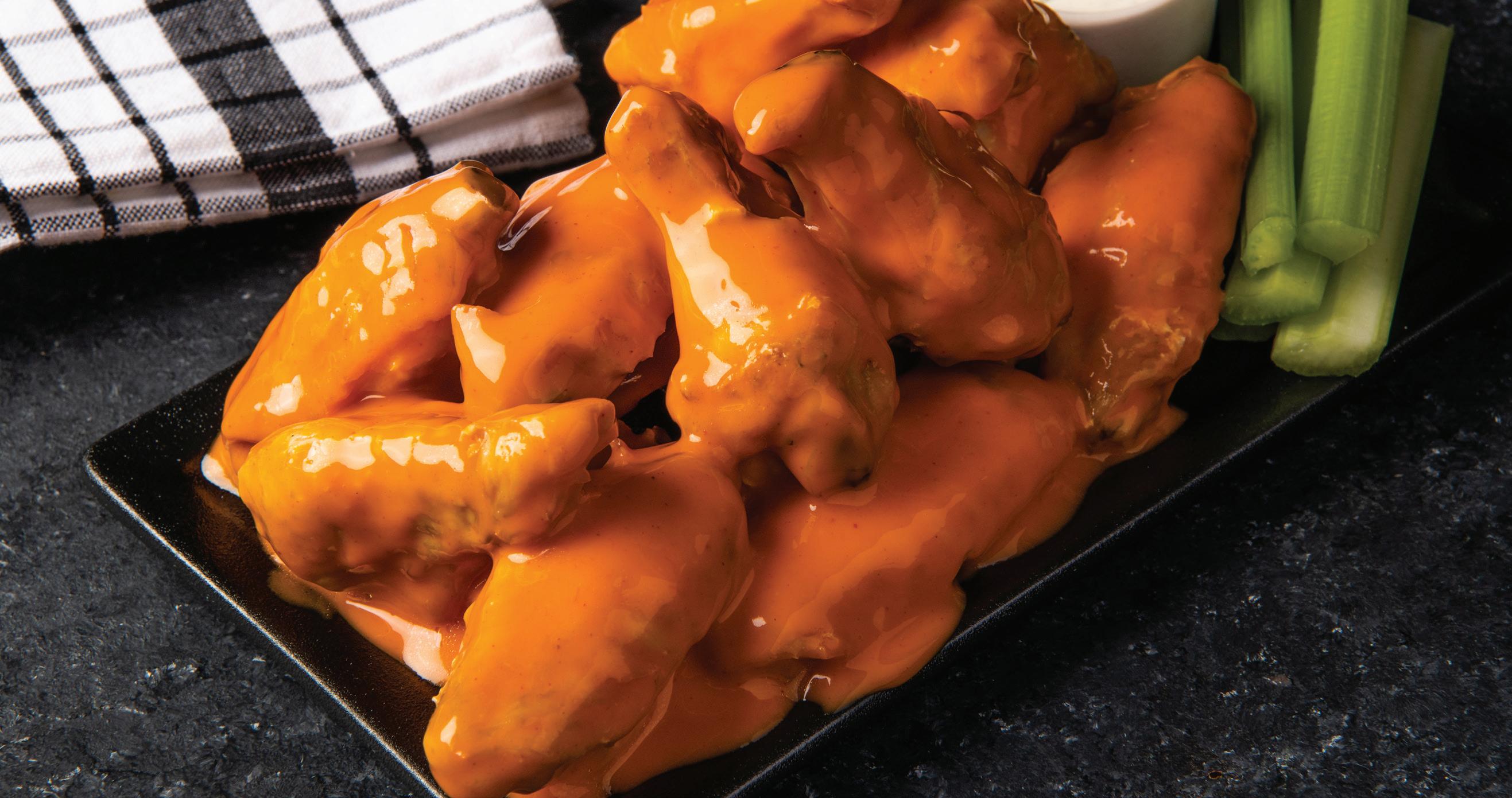


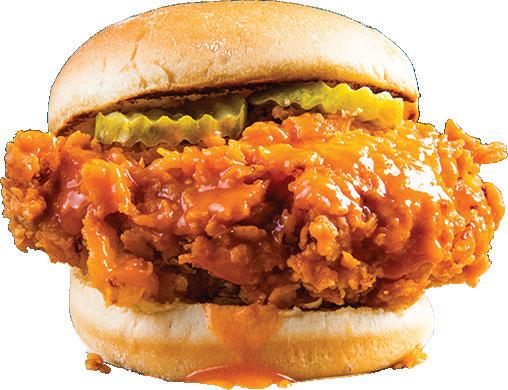

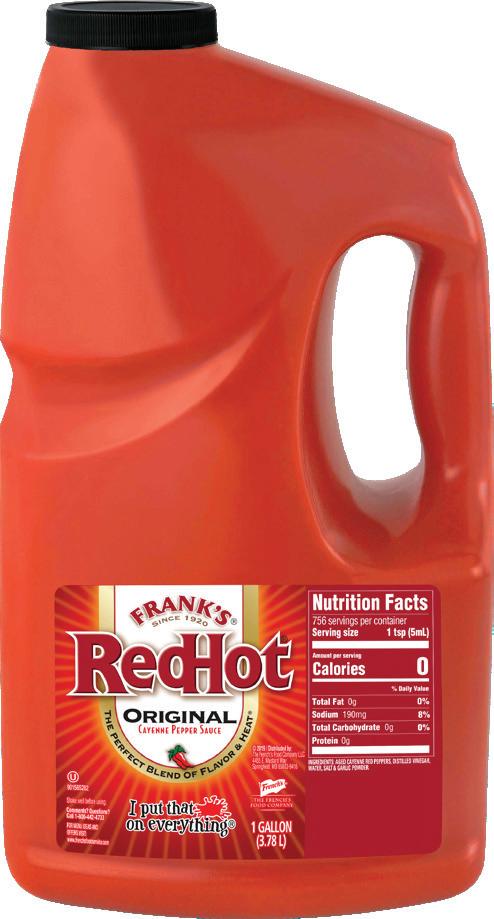

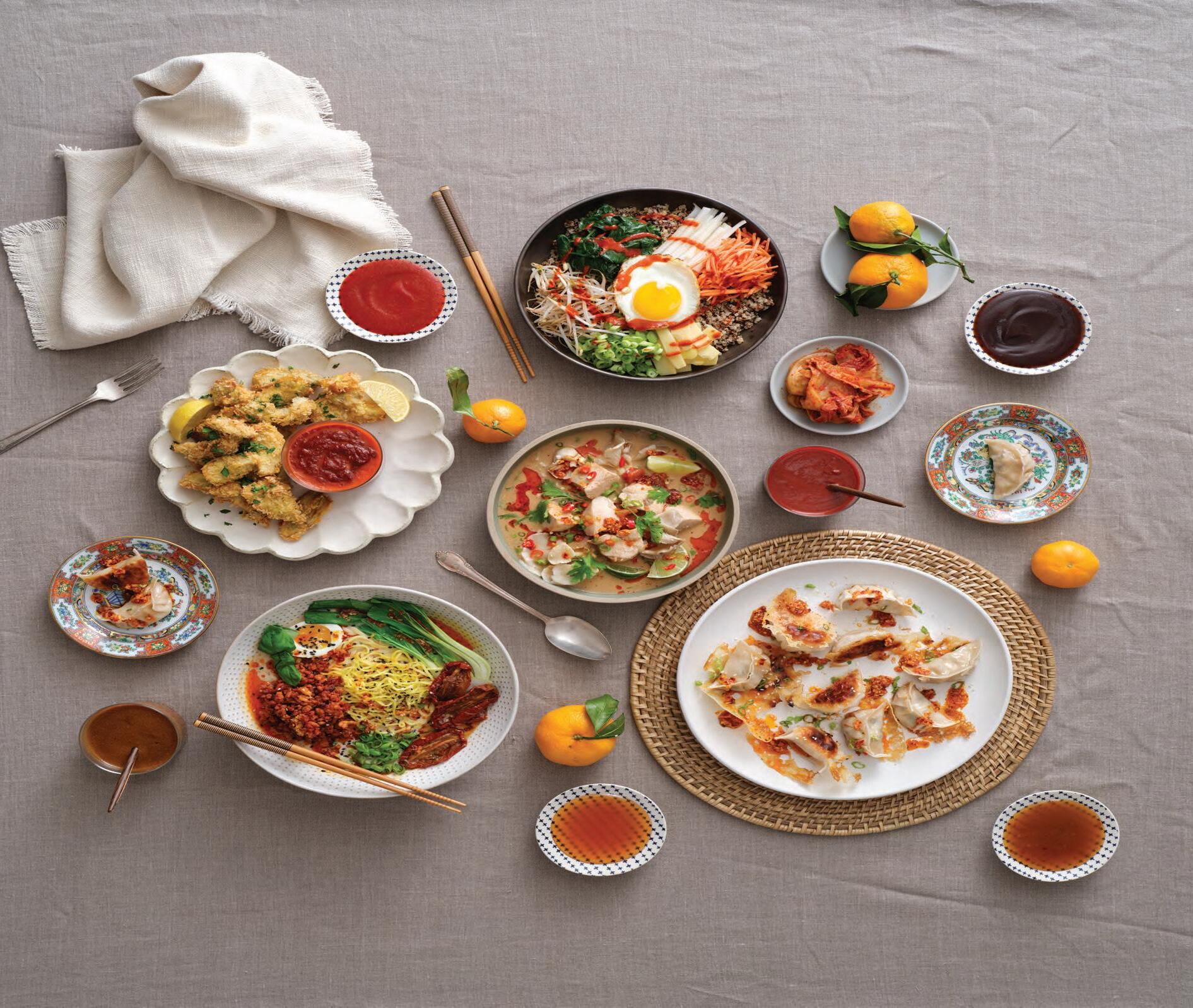
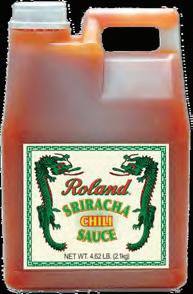





MENTIONED IN THIS SECTION CHATEAU CARBIDE
BRESCA

THE WOODALL
CHEF RYAN RATINO RUNS TWO MICHELINSTARRED RESTAURANTS IN THE SAME BUILDING: THE 16-SEAT TASTING MENU-ONLY JÔNT UPSTAIRS, AND BRESCA UNDERNEATH.
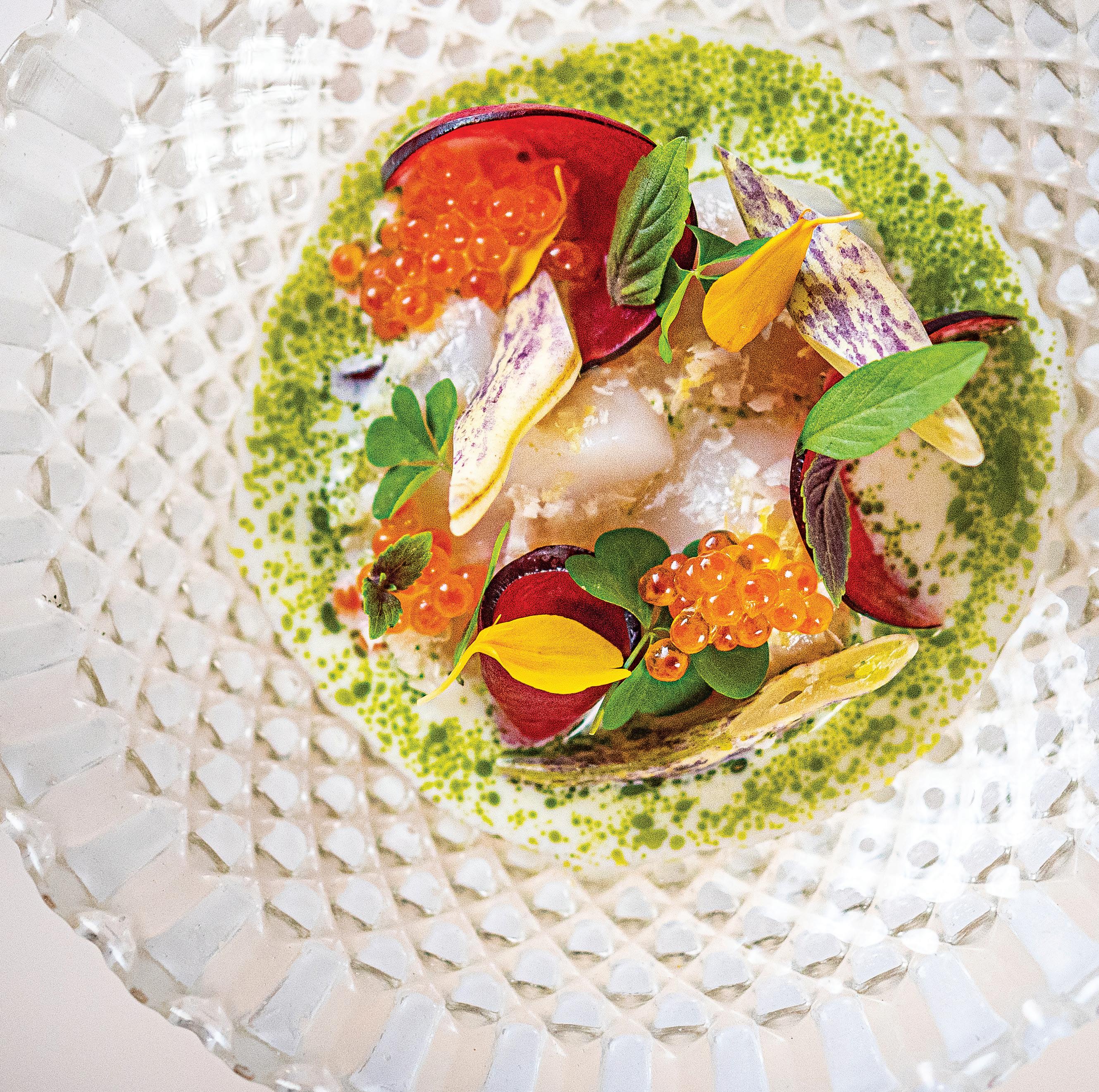 BY CALLIE EVERGREEN
BY CALLIE EVERGREEN
Chef Ryan Ratino
sources globally from Japan while paying homage to his roots.
GROWING UP IN THE MIDWEST, a typical dinner for Ryan Ratino looked like sitting down at 5 P M. sharp and chowing down on classic German and Polish staples, like pierogies and stuffed cabbage. Birthdays were spent at local hibachi restaurants or a Red Lobster. He describes the rural area of Ohio he grew up in as “not desolate, but definitely not bumpin,’ that’s for sure. My parents’ house is still surrounded by soybeans and corn.”
REY LOPEZSo how did Ratino break outside the corn fields of Ohio to become the youngest to ever receive two Michelin stars at his Washington, D.C. restaurant, JÔNT?
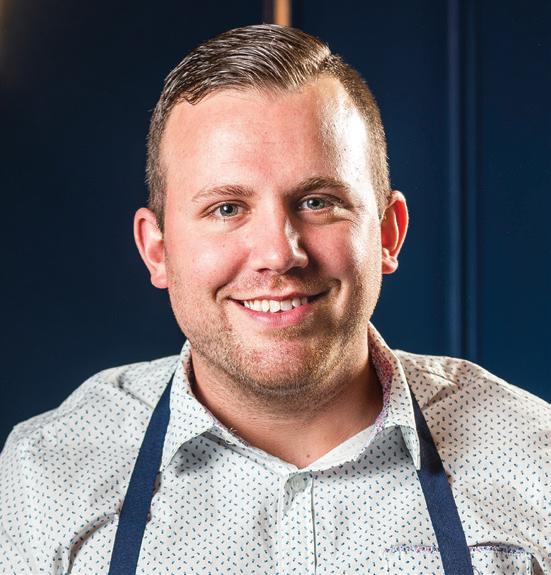
The journey began when he was a teenager. Ratino started cooking to help out and take some pressure off of his mother, who always rushed home from work to make dinner for him and his father. Ratino watched Emeril on the Food Network and began recreating the dishes he saw with ingredients his mother would buy. And when he graduated from high school with no clue what to do, his mother pushed him towards culinary school.
“I was the first person to leave home and go to university in my family,” Ratino says. After attending Le Cordon Bleu in Orlando, Florida, he moved to New York City to sharpen his cooking skills at some of the country’s most lauded restaurants, including the Michelin-starred Caviar Russe as chef de cuisine under Christopher Agnew, who worked with famed chef Alain Ducasse for many years.
When Ratino moved to Washington, D.C., he “dug in” and spent time cooking at Wylie Dufresne’s landmark for
FAVORITE SPICE: Vadouvan
DRINK OF CHOICE: White Burgundy or Champagne
BEST MUSICAL ARTIST TO COOK
TO: Biggie/90’s hip hop
GO-TO VEGETABLE: Allium family (onions, shallots, chives, spring onions, garlic, and leeks)
SWEET OR SAVORY: To indulge—sweet
FAVORITE FOODIE DESTINATION: Japan
modernist cooking WD-50, as well as Dovetail NYC, and minibar by José Andrés. Plus, he helmed the kitchen of the renowned D.C. hot spot Ripple. But eventually, he sought to open his own restaurant.

“The goal was to get out on our own and do something different,” he says. “[To] cook seriously with intention and lots of good technique and all those things, but without the pretense of a traditional French restaurant.”
Ratino opened Bresca six years ago in September 2017, which has a check average around $160 per person and was recognized with one Michelin star in the 2019, 2020, 2021, and 2022 guides. Though the menu continually changes and is “very globally influenced,” Ratino still serves traditional French dishes like caviar, foie gras, and Duck a la Press— which makes use of all parts of the duck. “We’ve been serving that thing for years,” he says. “This is the one thing that’s never changed, because every time I eat it, I’m like ‘man, it’s so good.’ I don’t get bored of it.”
Ratino also pays homage to his Midwestern roots with some menu items, especially when he features a pasta dish.




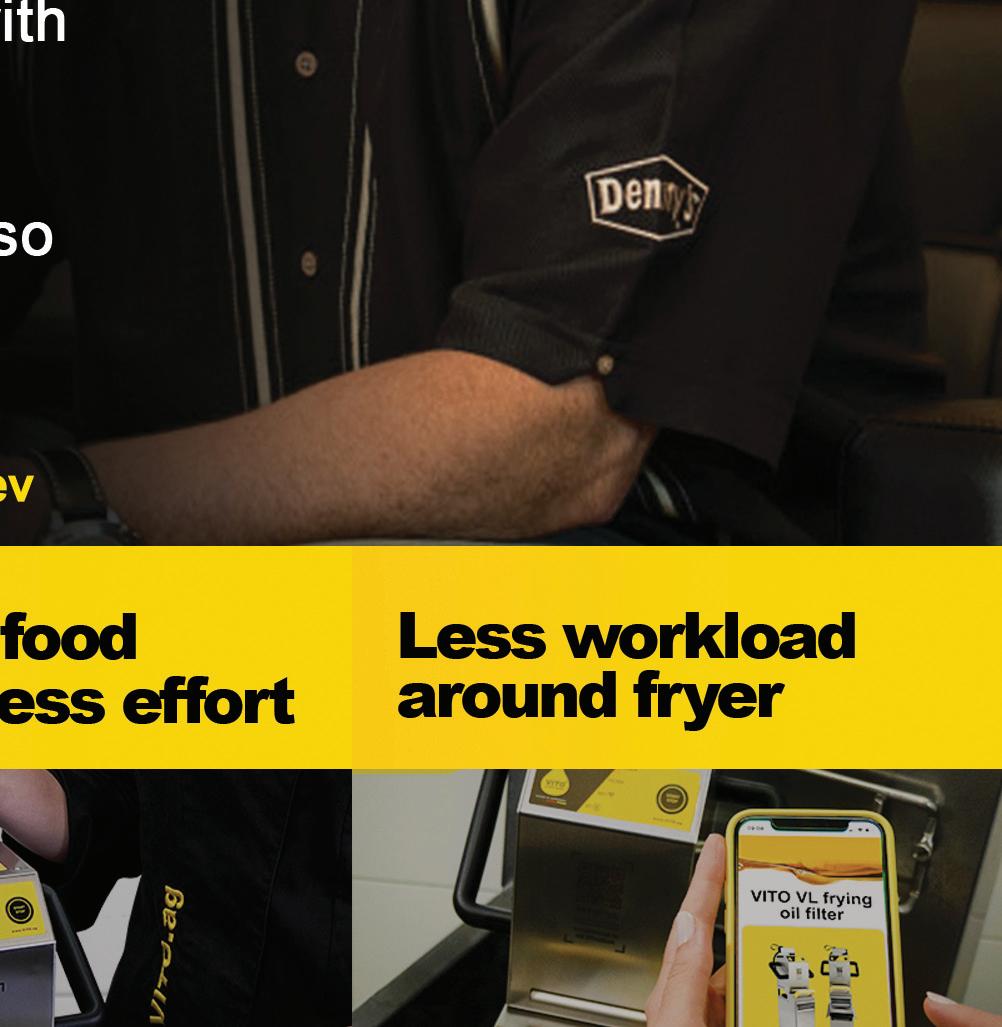

“We ate a lot of pasta growing up—we have stuffed pierogi on the menu sometimes here, which is a small nod towards my childhood, eating those for special occasions,” he notes. Ratino’s modern interpretations of pierogies include aged cheddar and black truffle, or broccoli and comte cheese with smoked onion. “They take so long to make, and my mother and grandma were the only ones willing to make it if it was important,” he adds.
In 2020, Ratino opened a 16-person tasting-menu-only restaurant upstairs in the same building as Bresca and called it JÔNT (guests go up the stairs and enter behind a bookcase). His goal was
to focus on seafood and other ingredients mainly from Japan, cooked over a wood fire in an intimate environment.
“My idea was to source the best ingredients around the world, put it on a plate for 30 guests a night, five nights a week, split over two seatings,” he says. “We go all in and source our own caviar, pick out batches from farms, and work closely with different brokers in Japan. I go at least once a year, preferably twice, to pick fish, go to meat auctions.”
His attention to detail paid off; JÔNT earned two Michelin stars in the 2021 and 2022 guides.
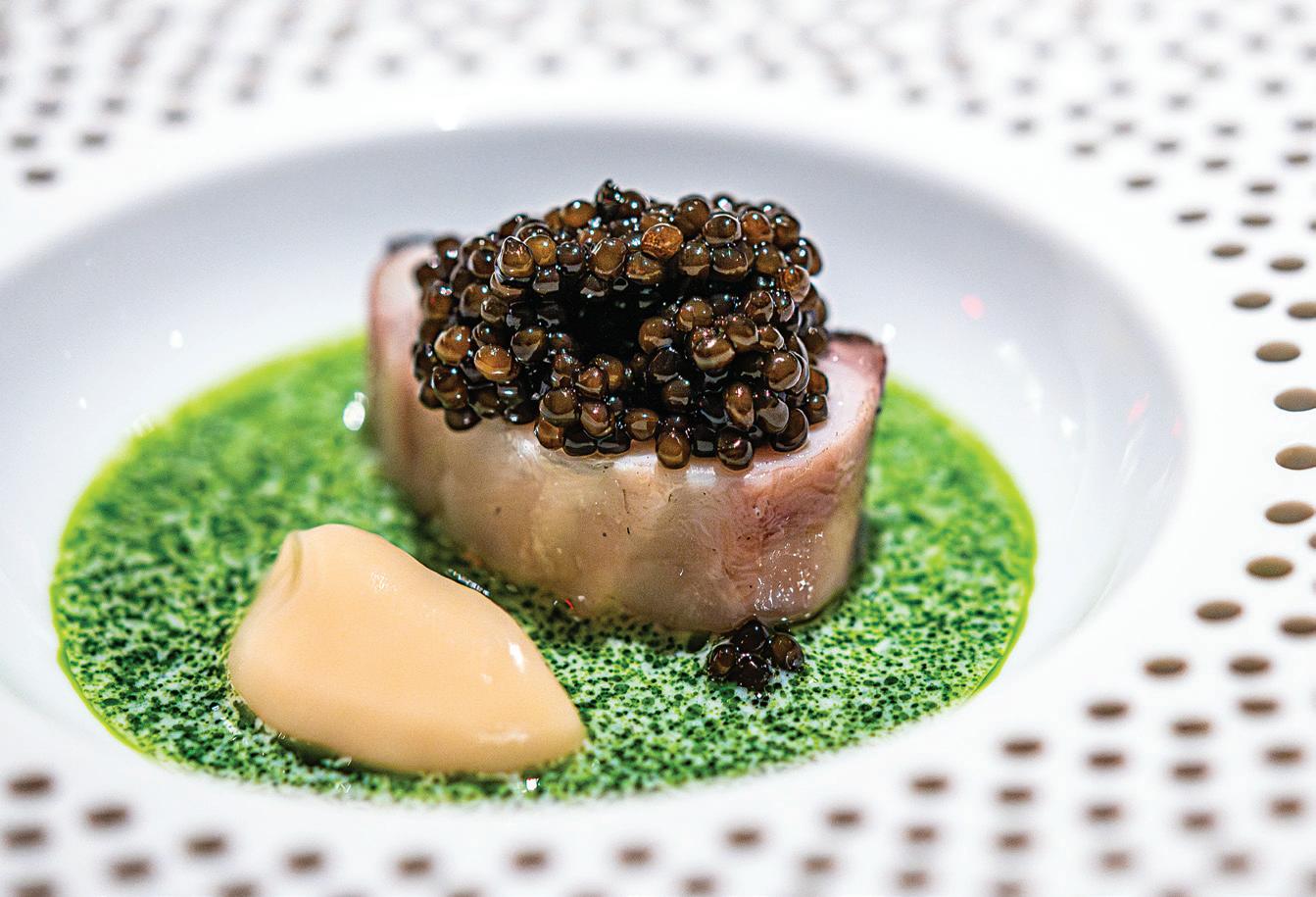
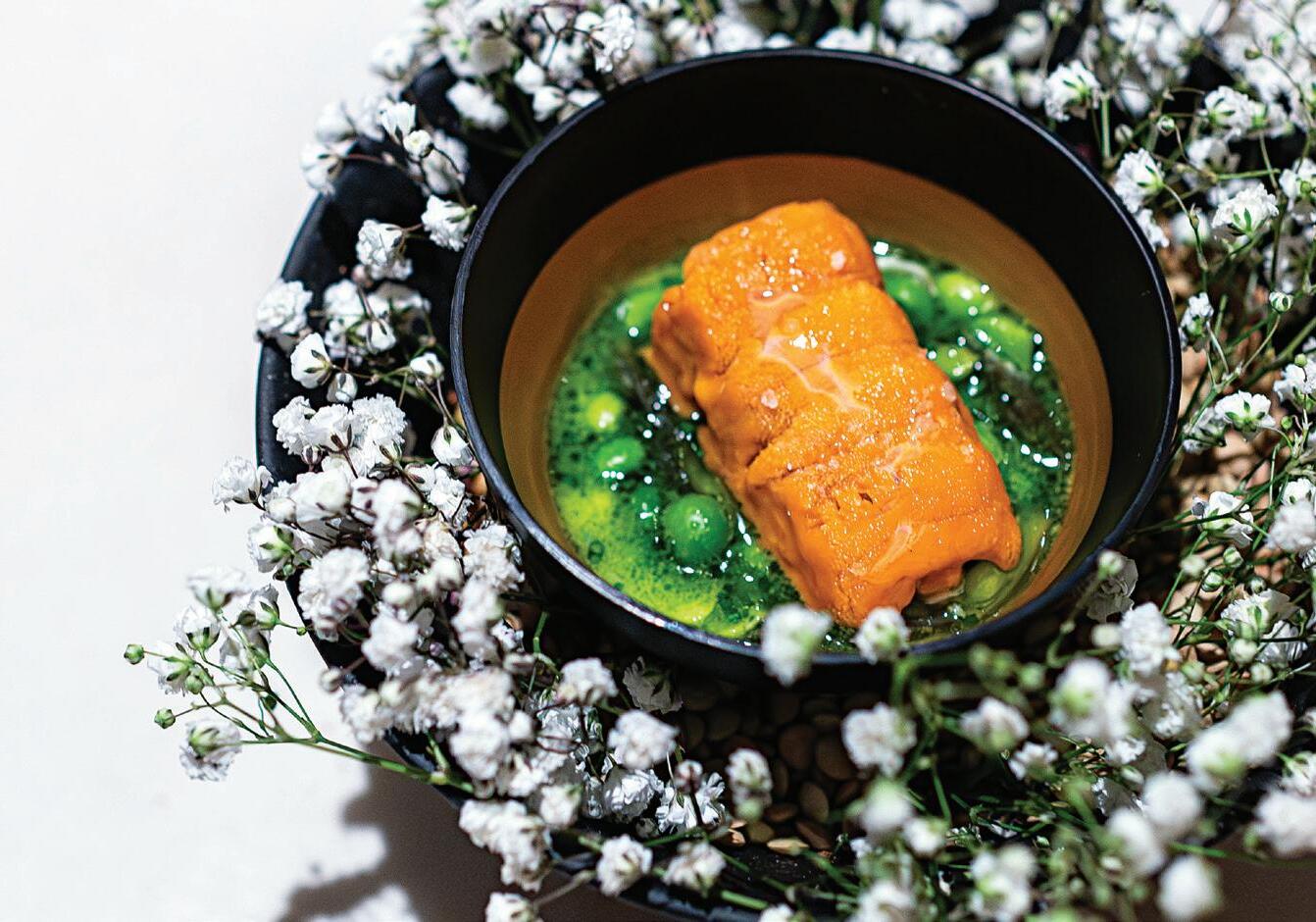
“The JÔNT idea is we can go super
deep into the food story and where it comes from, who produced it, how deep the fish came from, [like] 300 meters below sea level,” Ratino says. He even partners with the Ministry of Agriculture in Japan. “I think the embassy just came through as we started to import ingredients. They started to hear about what we were doing, and then we got two Michelin stars, and with so much Japanese agriculture on the menu that they took an interest
“They take us on trips over there to educate us on different regions and where different fish come from and produce comes from, and how we can support some of those regions with them exporting and us importing their goods and showcasing them on the menu. And then it becomes symbiotic,” he continues. Though Ratino considers his restaurants “small players,” he recognizes the trickle-down effect and the influence they can have on a wider tier of restaurants to use high-quality seafood imported from Japan.
With beverages included, a meal at JÔNT runs upwards of $600, which involves multiple rooms as part of the three-hour dining experience, like the savory room and pastry room.
“We have a lot of one-on-one interaction because it’s a counter; we’re not having to rush. At Bresca, something is on fire all the time. It’s go, go, go,” he says.
“At JÔNT, all 16 guests are served at the same pace, so cooks can walk off the station and talk to guests, get to know people, and add way more hospitality touches to the experience.”
Ratino is also passionate about making his restaurants—and the industry in general—more sustainable. Within a year of launching Bresca, it became the first carbon-neutral restaurant in D.C. He teamed up with Zero Foodprint, a nonprofit dedicated to building a renewable food system rooted in healthy soil and regenerative farming. “We’re starting with the big picture, what we can get under control, and from there, we’re doing continuous research to this day on what can be done to help minimize the impact of restaurants,” he adds.
It’s not every day that chefs get to see the farms from which their meat is sourced. But Chef Stephen Toevs, senior director of culinary development for Marriott Corporation, got to do just that, joining 18 other “Aussie Beef Mate” chefs for a seven-day immersion into the Australian red meat industry.


“Going to Australia was an easy ‘yes’ for me,” Toevs says. “And now I want to draw awareness to the fact that if you put Aussie beef and lamb on the menu here in the U.S., it will resonate with guests.”

Upon return, Toevs threw a Hamptons-worthy party to spread word of the sustainable farming practices he had learned more about abroad. A longtime champion of pasture-raised farming, Toevs is also a 20-year barbecue cookoff veteran and highly regarded menu influencer.
Here is a brief travelogue from Toevs’ adventures down under.


DAY 1: Memorial Day weekend. After a long flight, Toevs landed in Sydney at 7 A .M. “I ate at a bunch of restaurants in Chinatown,” Toevs says. “The first group of Beef Mates I met were from Japan. They were so welcoming. We ended up spending the day together.”
DAY 2: The Aussie Beef Mates flew up to Byron Bay, the easternmost point of Australia, for myriad farm visits, and to see a co-op slaughterhouse.

“I’ve always been close to how our animals are raised and our vegetables grown,” Toevs says. “But being there, you could see how happy and beautiful those animals were, and how much pride the farmers took in them. That shows through all the way to the plate.”
DAY 3: Back to Sydney for a culinary challenge assisted by Australian Beef & Lamb’s master butchers and chefs, who spoke openly about the many ways to break apart larger muscles, how to find those fibers and seams, and using different preparation and temperatures.
DAYS 4 AND 5: The excursion continued at Victor Churchill’s, a world-famous butcher shop, followed by a culinary class and team cooking challenge at the famed Sydney Fish Market.
DAYS 6 AND 7: The group capped off its trip in style, enjoying vineyard wine pairings as well as a rainforest-gin distillery tasting about two hours outside Sydney. Back Stateside, Toevs welcomed 40 guests to his home in Maryland, where Toevs paid homage to his adventure down under. He busted out grills, smokers, and prepped a variety of cuts of Australian Wagyu beef. Guests enjoyed hearing about Toevs’ travels, tried cask-strength Old Fashioneds from Kentucky’s Bardstown Bourbon, and played plenty of cornhole.
An accompanying station created by Toevs was nearly a tasting-table scrapbook of Australia: Sydney spices, Tasmanian salt, Queensland peppercorn.
“I was able to bring back those spices and tell the stories behind them to our guests,” says Toevs. “There was a lot of sharing. At one point, I had a circle of people around me and I was just feeding them little tidbits of meat—it made me really happy. Teaching our chefs and sharing the stories behind the meat to our guests is the next journey.”
BY JOCELYN WINN
A first-hand look at the country’s booming beef industry—and what makes it unique.




 BY SAM DANLEY
BY SAM DANLEY

Rising food costs are ushering in the next iteration of shared small plates.

SMALL PLATES EMPOWER CHEFS with the freedom to explore their creativity in the kitchen, while also o ering customers a low-risk opportunity to venture into new avors and ingredients. Karl Gorline, chef de cuisine at e Woodall in Atlanta, says restaurants can utilize these dynamics to navigate through rising food costs.
“ e cost of goods sold is the elephant in the room for everyone in the industry,” he says. “As an operator and as a chef, you have to responsibly utilize ingredients at this heightened cost point, and that’s something you can really lean on with small plates.”
Gorline leverages small plates to present guests with plant-forward dishes that mimic costly proteins using seasonal and abundant produce, including transforming fresh watermelon into a texture that emulates seafood. It’s something he believes customers would be less willing to try in a larger, more expensive format.


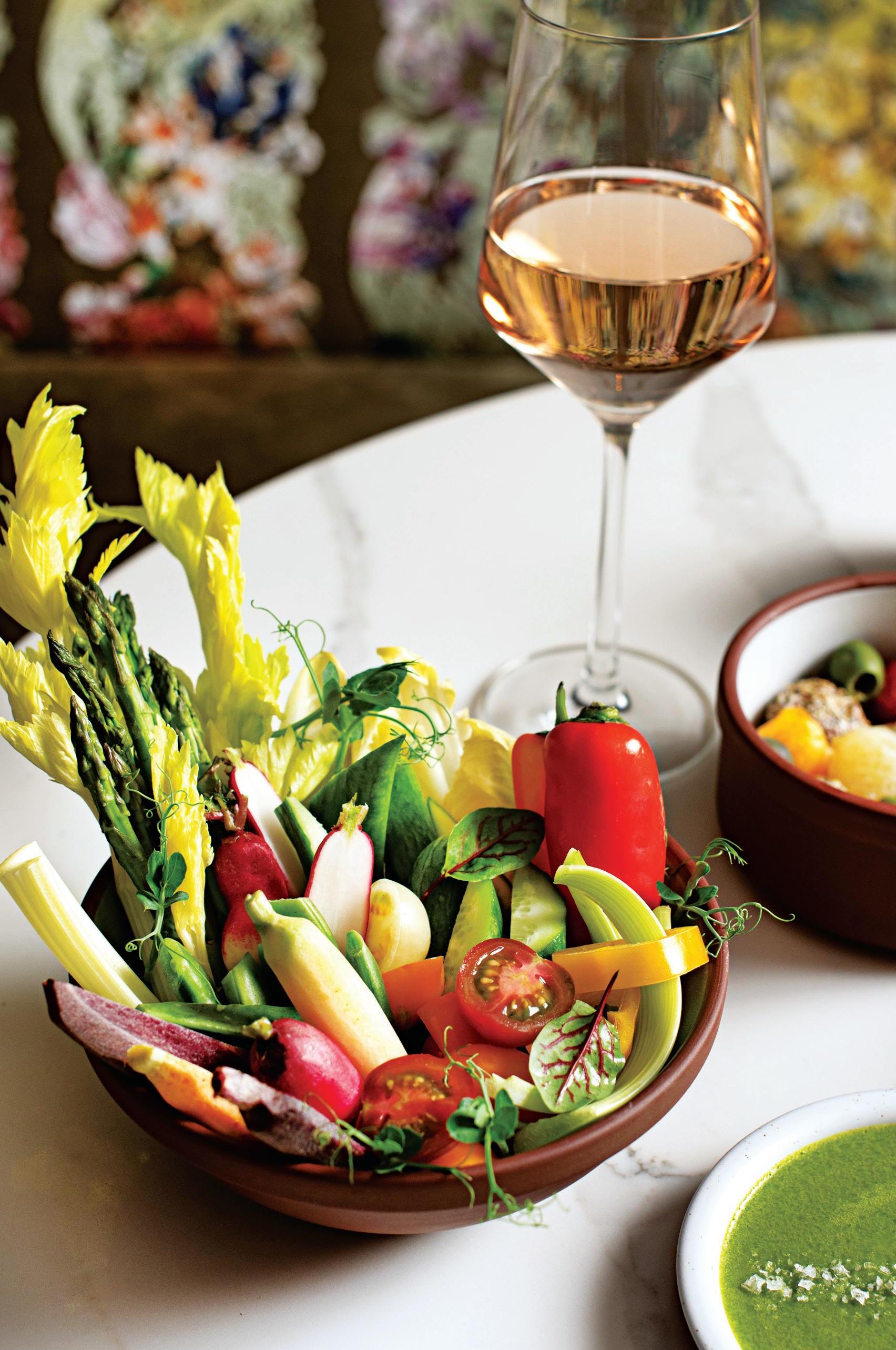
“Bluefin tuna is $26 a pound right now,” Gorline says. “If I was going to serve a center-of-the-plate, grilled tuna steak, we’re looking at $60 from an operational standpoint to be able to execute and not lose money on the dish. When I take this watermelon that’s in season, cut it into little squares, and then lightly dehydrate it, it imitates the texture of tuna. at’s an exciting, fun, and luxurious small plate that the guest gets to experience.”
Small plates make up over half of e Woodall’s menu, re ecting its identity as “an upscale gathering place” o ering “sophisticated southern luxury.” Charred okra is among the top three best-selling


“I think there’s a lot of room for creativity that way with small plates, especially from a food cost perspective.”


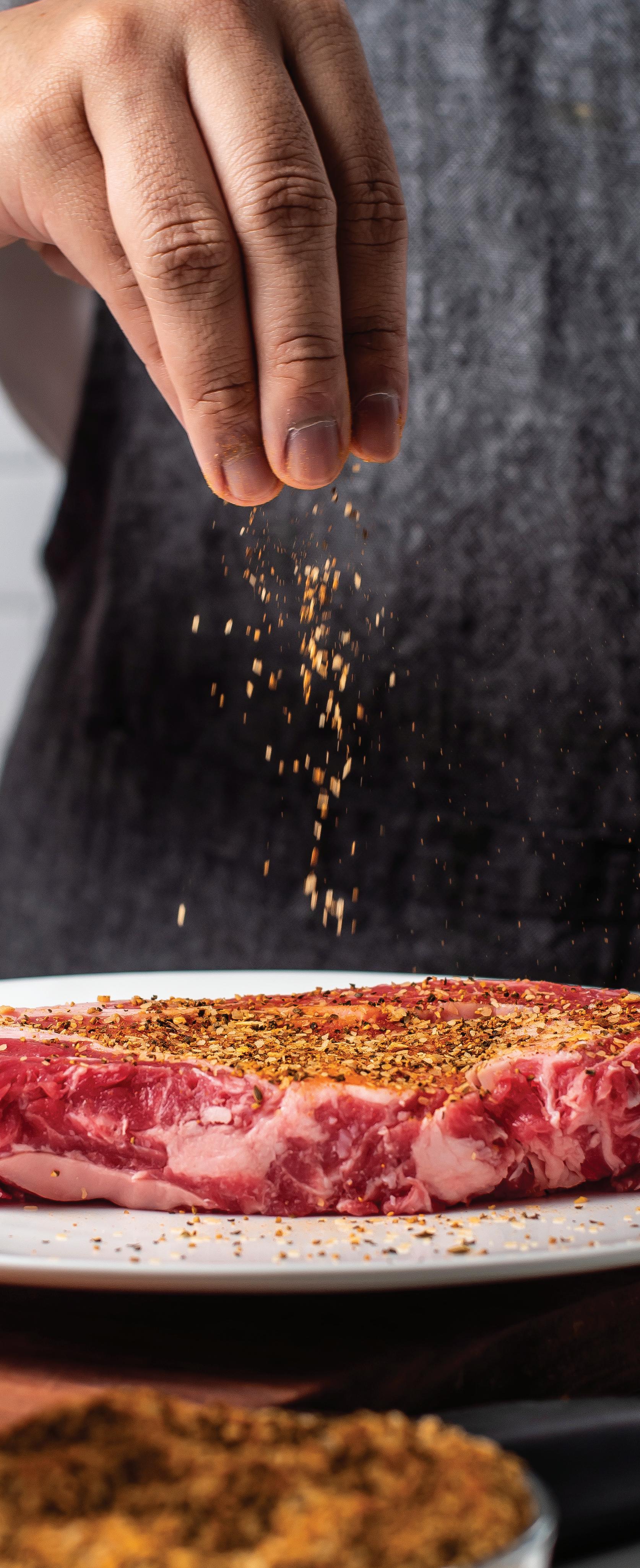






items. e dish is marinated in harissa, chargrilled, topped with whipped feta, and served with atbread.

“In the south, the growing season of okra and the abundance of the plant is almost in nite,” Gorline says. “We took what is truly the most humble southern vegetable that there is, and by doing it in a way that’s di erent from what folks are normally accustomed to, we’re just selling the brakes o of it.”
Jeff Vucko is the executive chef at Pendry Chicago, where he oversees all of the boutique hotel’s culinary operations. At Chateau Carbide, the property’s rooftop cocktail lounge, he uses small plates as a vehicle for repurposing leftover ingredients that would otherwise go to waste.
“I can easily take uncooked leftover protein from a banquet and use it to create really fun dishes up there,” Vucko says. “ e guest wouldn’t exactly know that it’s a wasted trim of a let mignon from one of my banquets, but I can save that stu to create some sort of steak tartare or beef medallion. I think there’s a lot of room for creativity that way with
small plates, especially from a food cost perspective.”






On the ip side of that coin, small plates also can give restaurants the exibility to utilize premium, upscale ingredients without breaking the bank. As an example, Vucko points to a Chicagostyle, hotdog-inspired dish on the menu at Pendry Chicago’s lobby bar. e item features Japanese milk bread, truffle gouda sauce, dill-pickled green tomato, and tru e mustard aioli.

“It’s those subtle luxury touches that allow me to charge $20 for a hotdog, and people absolutely love it,” Vucko says. “Upstairs at Chateau Carbide, there’s cheese and charcuterie plates, but I didn’t just want to chop up some cheese and throw some bread and crackers on there. So, I do a tarte au fromage, which is a little quiche-looking dish. I put some luxury touches with some tru e honey and microgreen on there.”
With less pressure to purchase ingredients in bulk, small plates also grant restaurants more exibility in sourcing seasonal and fresh produce from local providers. at’s the approach executive


chef Jake Whitman is taking at e Pure & Proper in Black Mountain, North Carolina. e all-day eatery o ers an extensive lineup of small plates across brunch, lunch, and dinner.
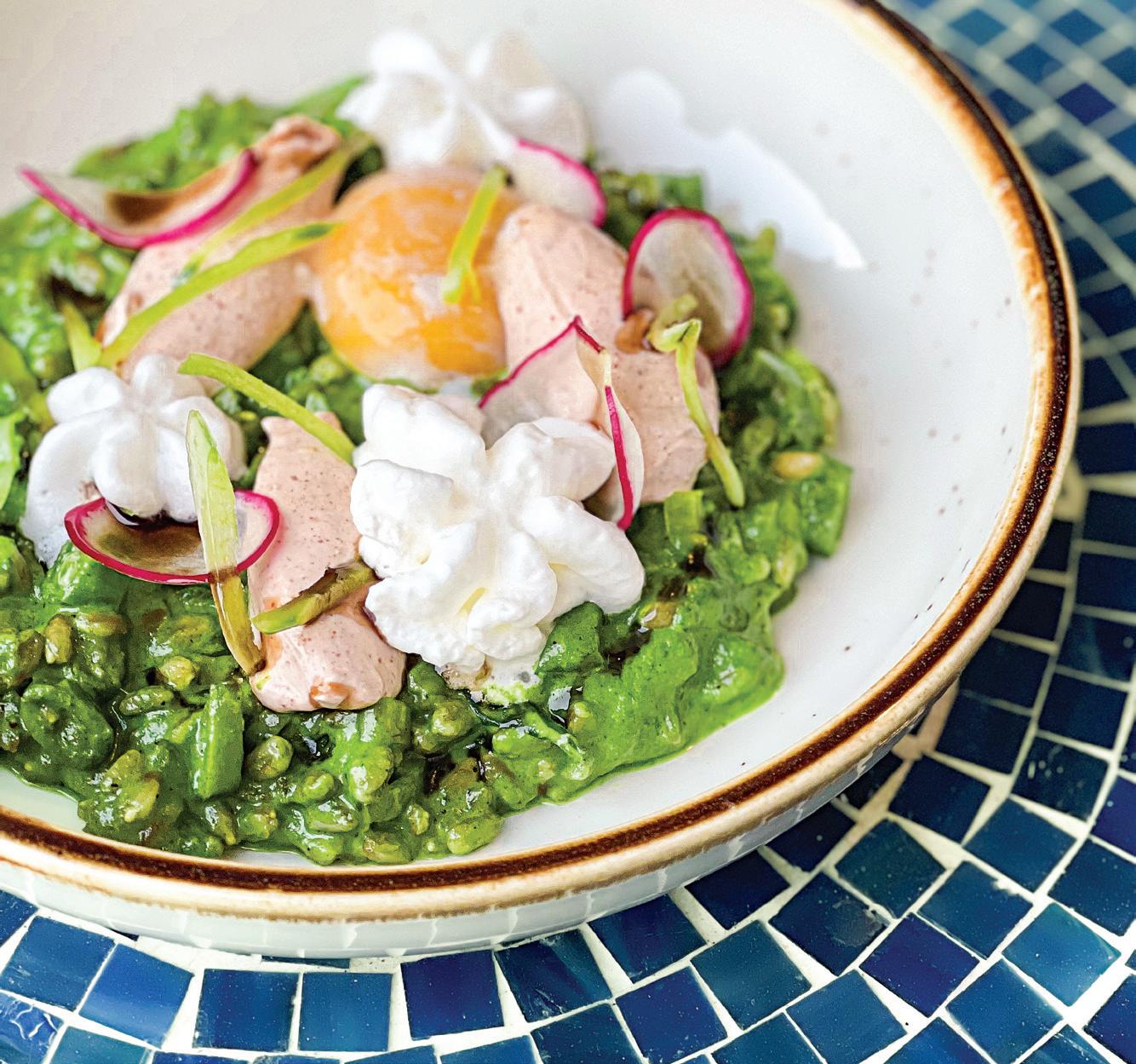
While the menu changes with the seasons, Whitman has some staple shareables that are updated with new garnishes and different ingredients throughout the year. A steak tartare is one of those time-tested favorites. “ at’s a really good sharing dish, because it comes with crostinis, so everybody at the table can build their own little bite of tartare,” he says.
Another standout is the okonomiyaki Japanese cabbage pancake. “We change that one up, too,” Whitman says. “Right now, we’re doing lamb belly, and it comes with a bunch of garnishes, like barbecue sauce and spicy mayo. We slice it up almost like it was a pizza.”
When customers opt for small plates to share at the table, the dining experience shifts from individual consumption to a more communal and shared endeavor. Adding alcohol to the mix further enhances the social aspect and also increases the average check, providing opportunities for restaurants to engage customers and boost sales through creative small plate and craft cocktail pairings. Chateau Carbide and Woodall have both embraced this strategy.
Chateau Carbide, described as a botanical-themed absinthe bar by Vucko, strives to create small bites that harmonize perfectly with the anise- avored spirit. He takes care not to overwhelm the dishes with niche avors like fennel, tarragon, and mustard, instead incorporating them subtly through vinegars and microgreens, complementing the bar’s theme and appealing to a wide range of tastes.
One noteworthy creation at The Woodall involves a mojito made with French green beans. “We’re able to take some of the vegetables and get them into our beverages, and share it with some of our small plates,” Gorline says. “You can do some really cool stu around that, and you can always count on it to be a conversation starter.”
JENNIFER RODRIGUEZ






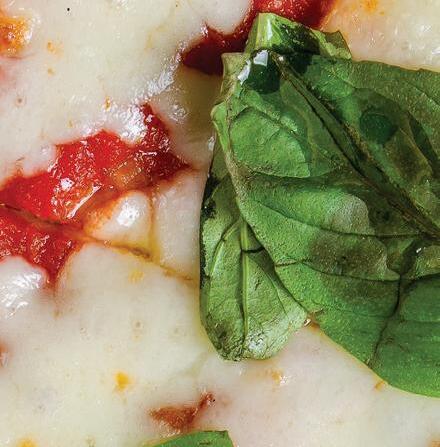
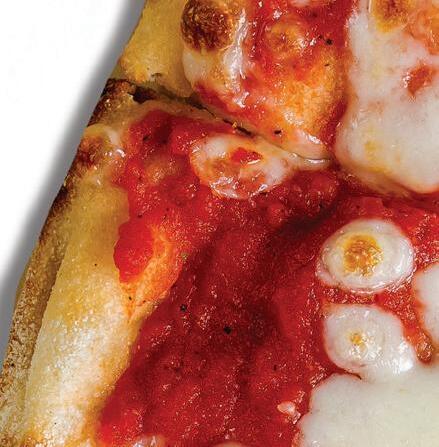
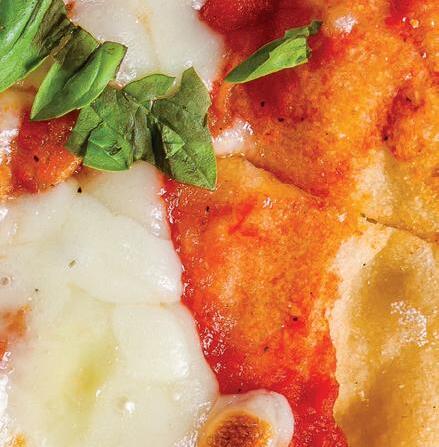
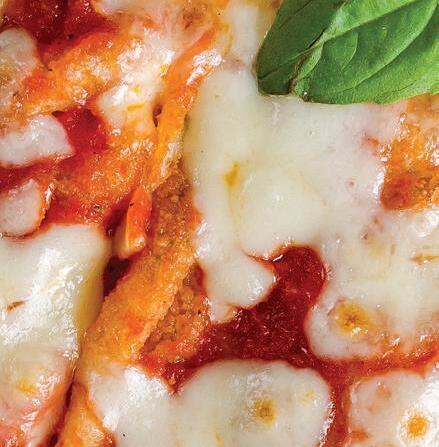
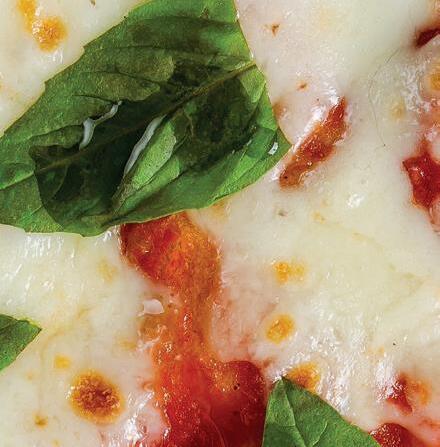




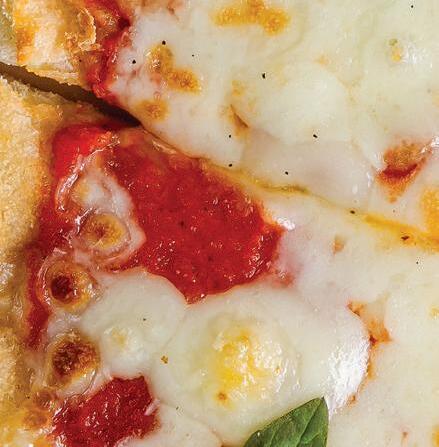
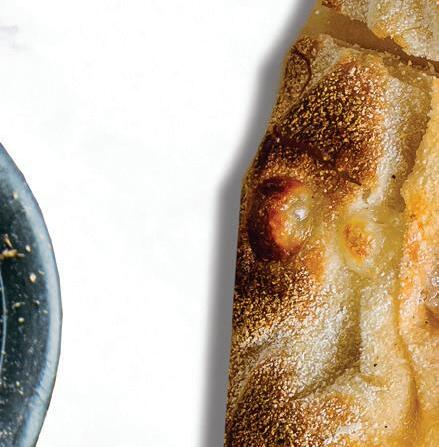
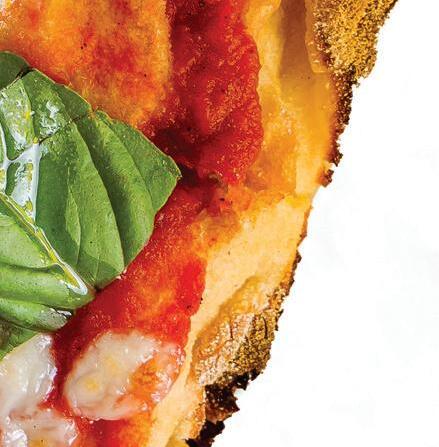
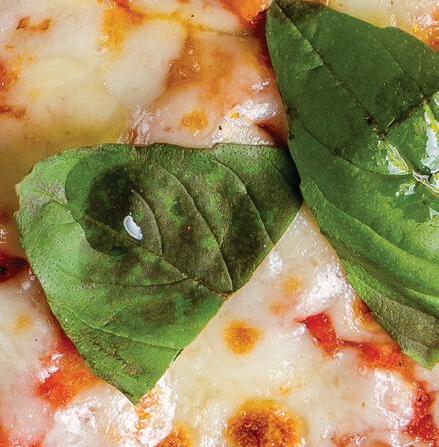




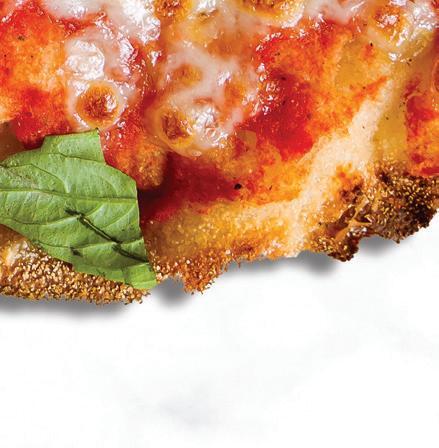
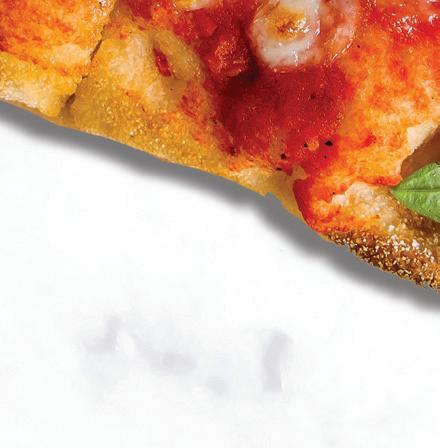

Tuttorosso® is the premium tomato sauce you’ve been looking for! These Italian-inspired pizza and marinara sauces are perfect for any pizza or pasta dish. Fresh tomato flavor enhanced with sweet basil, chopped garlic and olive oil.







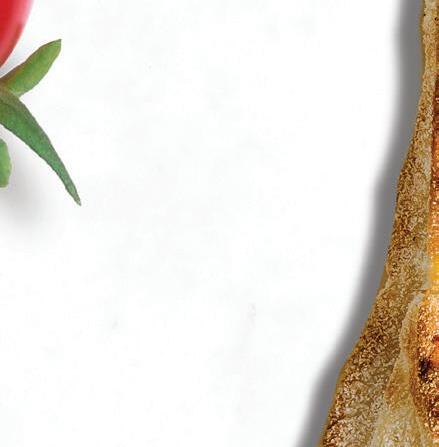
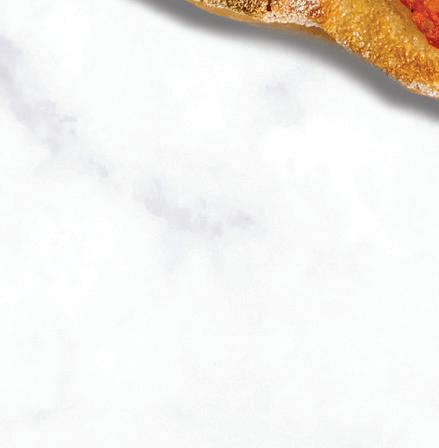
To learn more, visit RedGoldFoodservice.com











CHEF VINCENT BARCELONA, director of culinary sales at Stratas Foods, admits that his company occupies an interesting space. A seller of foodservice oils, Stratas Foods would certainly sell more oil to its customers if deep-fryer oil was changed more often. Instead, Stratas Foods dedicates time and resources to educating those same customers on how to prolong oil life.
“Really, we’re really in the business of taking care of our customers,” Barcelona says. “What’s good for them is good for us. If you’re not protecting your customer, that will come back and bite you in the end.”
Chef Barcelona—a James Beard-recognized chef who opened and ran multiple concepts in the New York metro area—says properly managing oil has numerous benefits. Those benefits include saving money, as well as the fact that food coming out of the deep fryer tastes better and when using high oleic frying oils. Here are a couple of tips that Barcelona and his team often discuss with operators.
The color of deep-fryer oil says a lot about when oil should be changed. Stratas Foods offers a Fry Test Kit, with bilingual instructions, that helps staff monitor fry life. The kit includes tools to skim particulates, and outlines best practices when it comes to filtering oil.
Fryer oil will darken for a number of reasons. The primary culprit of oil darkening is, of course, frying food. But other causes can include normal oxygen exposure, carbon build up from leftover food particles, the salt in batters and coatings, excess water, prolonged high temperatures, and even exposure to light.
In order to keep light exposure to a minimum, deep fryers should be covered during downtime.
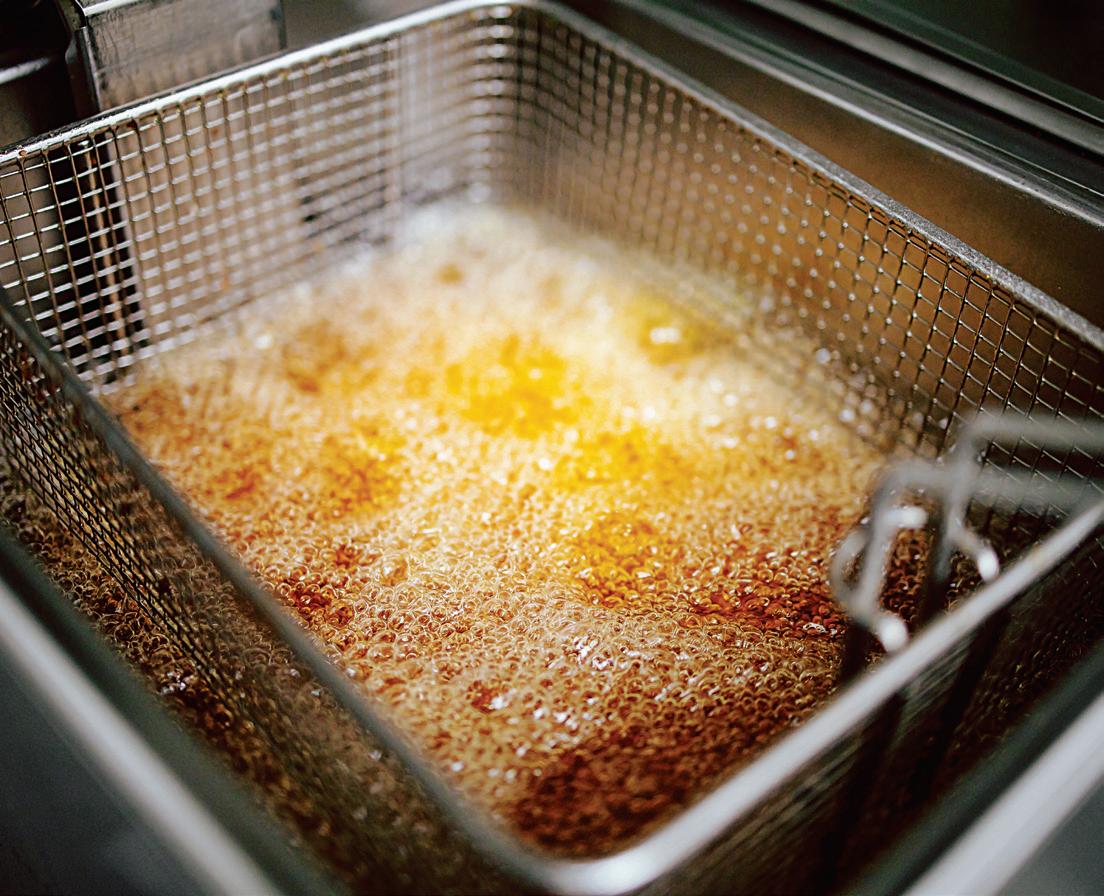
Barcelona also recommends properly cleaning fryers before they are refilled. Many things can go wrong during this process if staff isn’t properly trained.
“If somebody had explained this part to me when I was running restaurants, I would have been grateful,” Chef Barcelona says. “When you’re cleaning a deep fryer, following the right steps is really important. Everything from thoroughly rinsing out all the soap residue, to ensuring the fry baskets are cleaned—those are little things that go a long way.”’
These tips and tricks—in addition to many other insights—are resources offered free of charge to customers of Stratas Foods. It’s another area where Stratas Foods is looking out for its customers rather than just trying to move more oil.
“Change may not happen overnight,” Chef Barcelona says. “But it happens quicker than you think. We usually start with fry tests in the busiest stores and evaluate the performance of oil management at a location. Once they see the results of what we’re able to do in extending oil life, they usually roll it out to additional locations. Because this is about the bottom line—profits and money. And that’s a huge incentive for everyone involved.”
BY CHARLIE POGACAR




THE ISSUE: Safe fryer oil disposal.



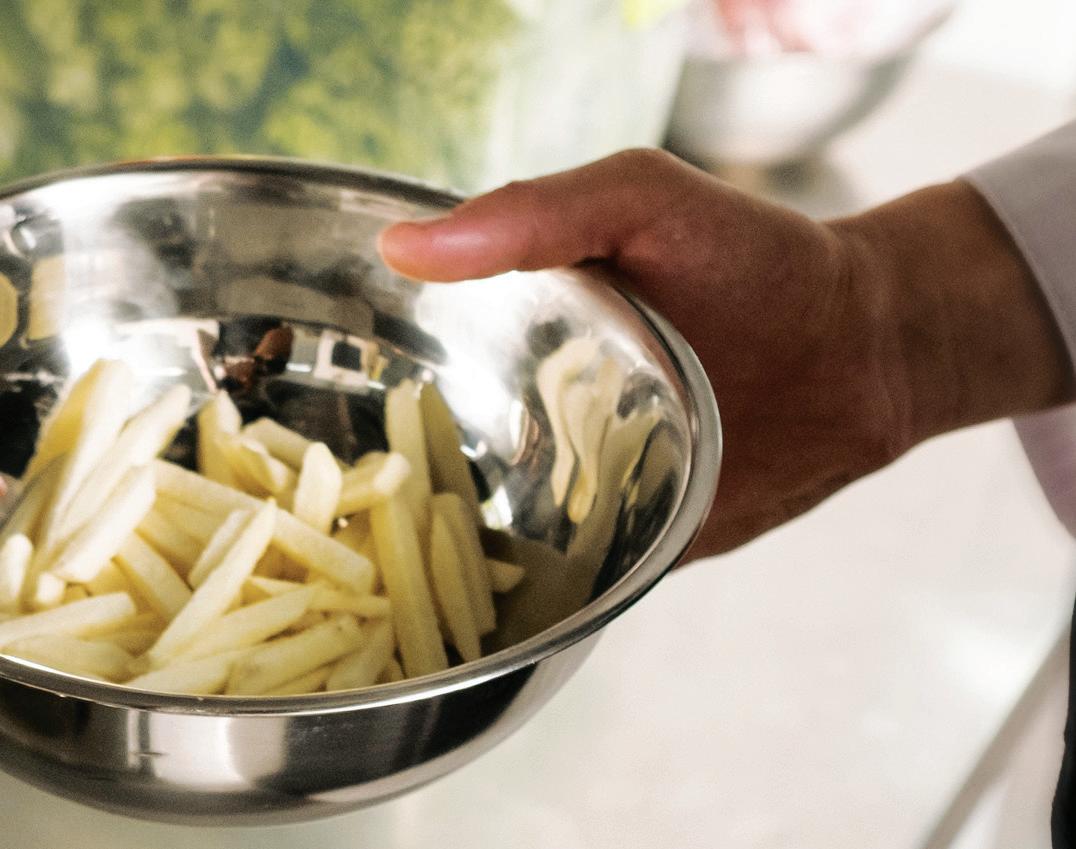
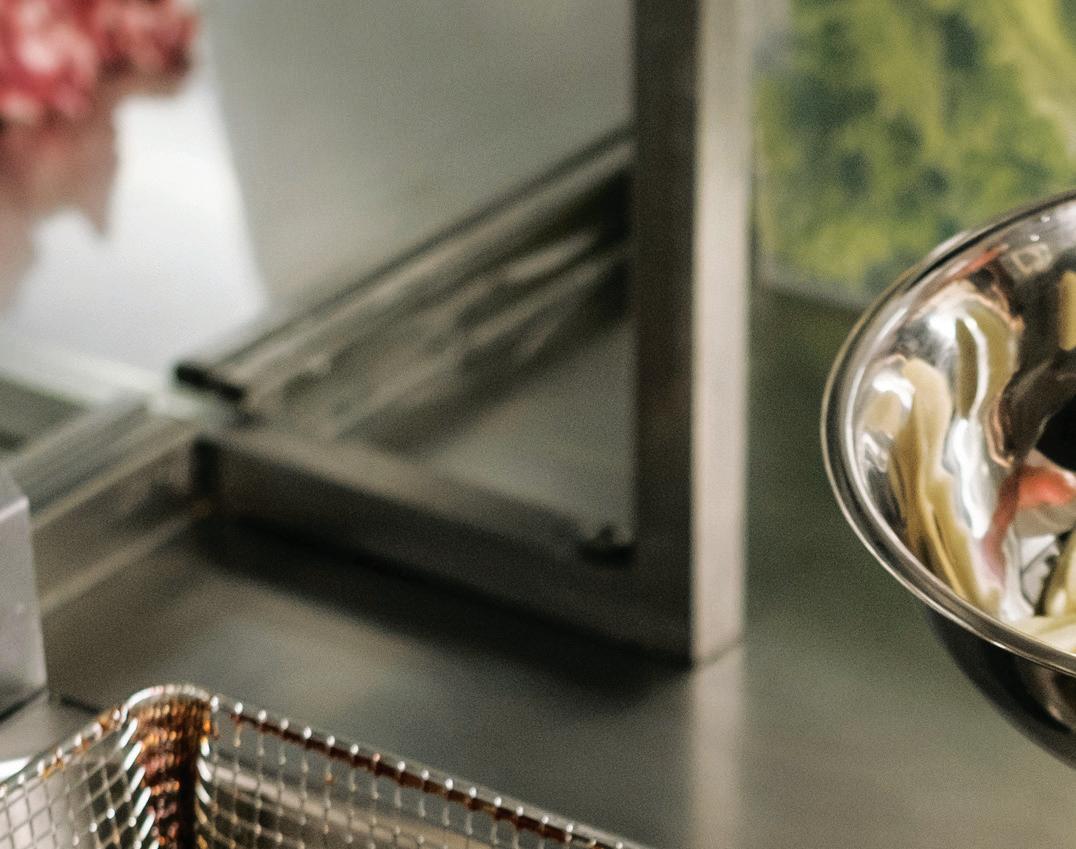
THE SOLUTION: The Shortening Shuttles® allow you to safely and easily pump out the hot oil into the dumpster.

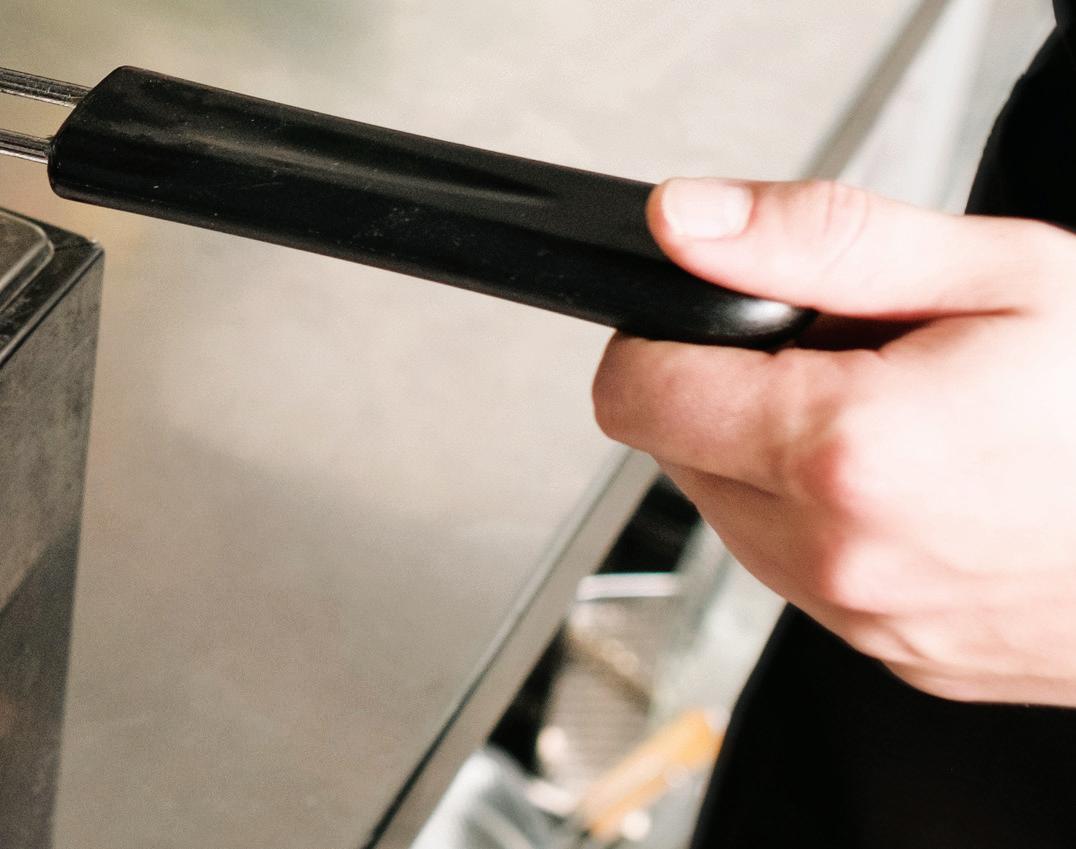
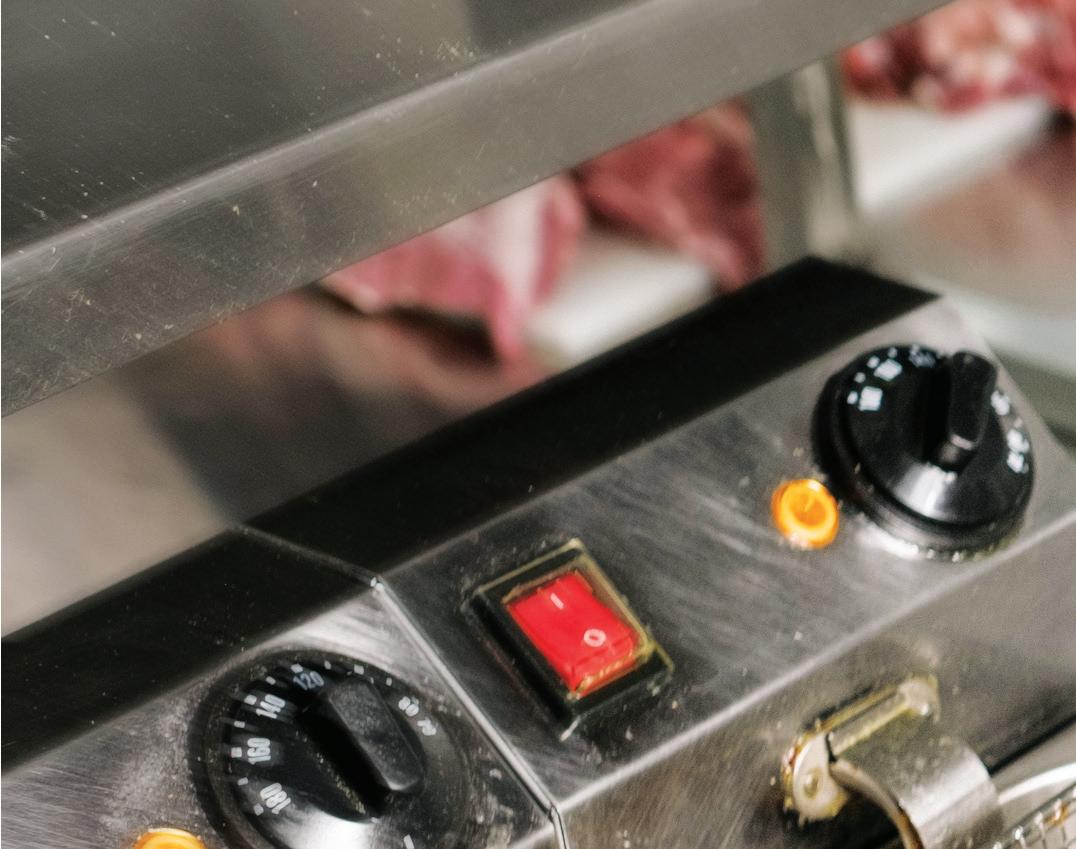
THE ISSUE: Limited space for necessary equipment.
THE SOLUTION: Small footprint of Shortening Shuttles® Generous capacity ranging from 5.5 to 12.5 gallons.

THE ISSUE: Quality. There is so much junk out there folks are reluctant to buy ‘more junk.’
THE SOLUTION: 30+ years experienced industry provider of PROVEN quality equipment.


SAFE WASTE OIL TRANSPORT MADE IN THE USA



•
•







MENTIONED IN THIS STORY TUPELO HONEY
• BISTRO ALDER

• BUBBIES FINE FOODS




THE ADAPTOGEN/ FUNCTIONAL BEVERAGE MARKET IS EXPECTED TO REACH OVER $13 BILLION BY 2026, AND RESTAURANTS ARE POISED TO BENEFIT, SAYS CHRIS CAIN, CO-CHAIR OF FOLEY & LARDNER’S WHO COUNSELS HEALTHY F&B COMPANIES ON EQUITY RAISES.





 BY CALLIE EVERGREEN
BY CALLIE EVERGREEN

The health-forward concoctions offer more than just a refreshment.

AS SOCIETAL ATTITUDES towards alcohol consumption evolve, a new phenomenon is taking the culinary world by storm—the surge of functional mocktails at full-service restaurants. Catering towards the growing demand for alco-
hol-free alternatives, these creative concoctions offer more than just a refreshing taste. With crafted blends of natural ingredients, herbs, and spices, functional mocktails can provide health benefits while still delivering a satisfy-


ing sensory experience that’s safe for the sober and sober curious.

“For me, I think the request I hear more and more frequently anywhere I go is, ‘what non-alcoholic options do you have?’” says Lindsey Farris-Felty, corporate beverage director at Asheville, North Carolina-based Tupelo Honey.
“When guests ask this question, they’re not asking about what brands of soda you have; they want to know ‘what’s something delicious and unique I can enjoy if I don’t want to imbibe?’ We have had non-alcoholic craft beverages on our menu for years now, and we’ve always

had a positive response to the selections,” she continues. For example, the brand’s Turmeric Ginger Tonic, which is loaded with turmeric, black pepper, ginger, honey, and lime juice, has been on the menu since 2018.
Embracing the rise of sobriety and mindful drinking, more operators and mixologists are experimenting with creative mocktail recipes, push-
ing the boundaries of taste and innovation. ese alcohol-free elixirs are also becoming the star attraction, challenging conventional notions of indulgence and socializing.
“Now that we’ve been expanding these options over the last couple of years, with a house-made ginger beer and even a non-alcoholic Bee’s Knees, our guests are even more thrilled to have options,” Farris-Felty notes, referring to e Buzz-Free Bee’s Knees, an NA cocktail Tupelo Honey launched in the spring made with Lyre’s Pink London Spirit Non-alcoholic Gin, lemon, and honey, and served up with a lemon twist.
Beyond offering options for nondrinkers and designated drivers, the rise of functional mocktails also re ects a cultural shift towards wellness and conscious living. Rooted in fresh produce and inventive techniques, many of these beverages boast medicinal properties,






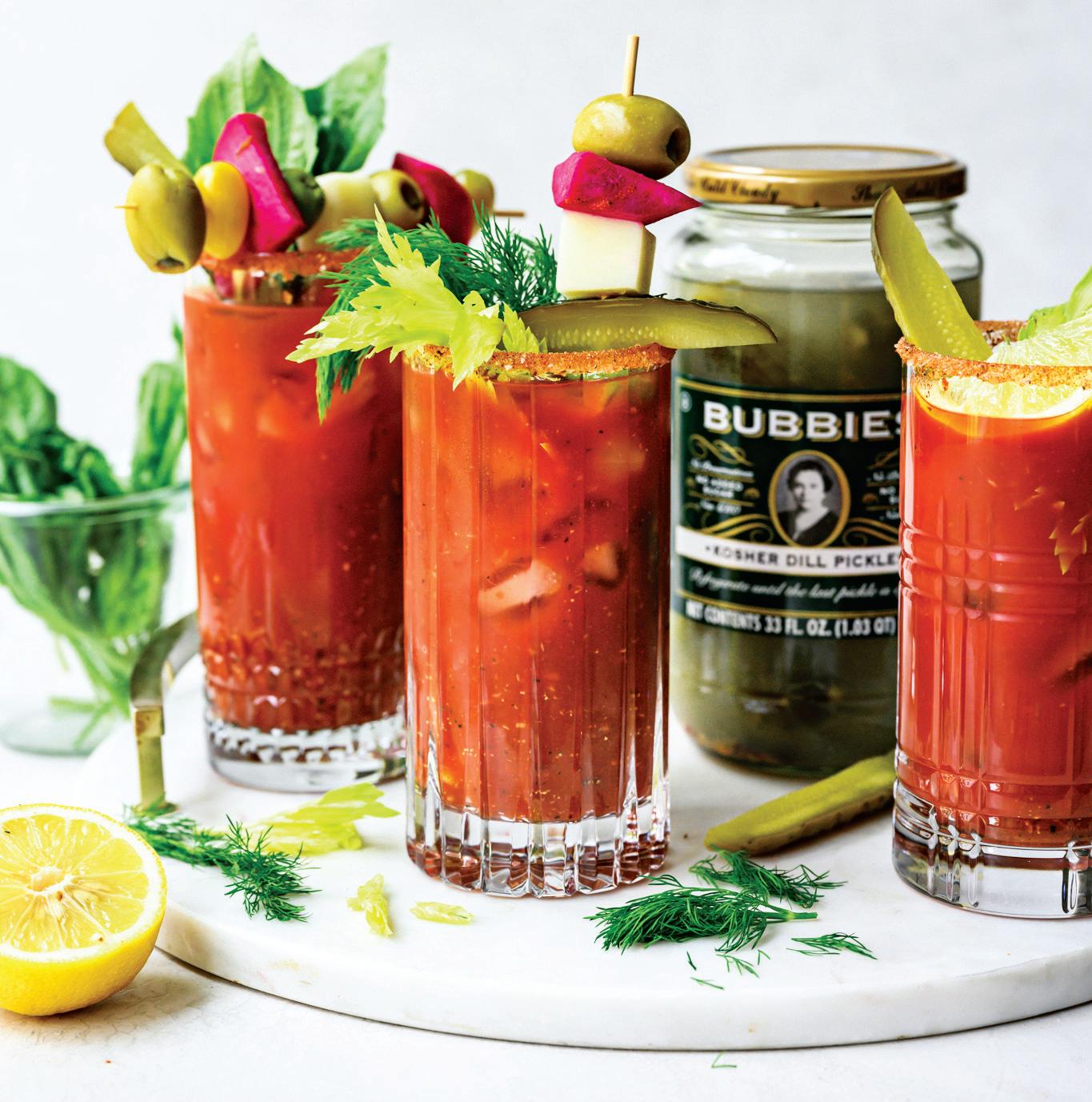
promoting relaxation, digestion, and overall well-being.

“I think that the idea of functional cocktails speaks to a desire many people have—especially since COVID—to take better care of themselves and live their lives to the fullest,” Farris-Felty says. “I’m hopeful that the better-for-you movement has staying power. Right now it’s looking like it’s here to stay. I enjoy

“I think that the idea of functional cocktails speaks to a desire many people have—especially since COVID—to take better care of themselves and live their lives to the fullest.”BUBBIES FINE FOODS (2)


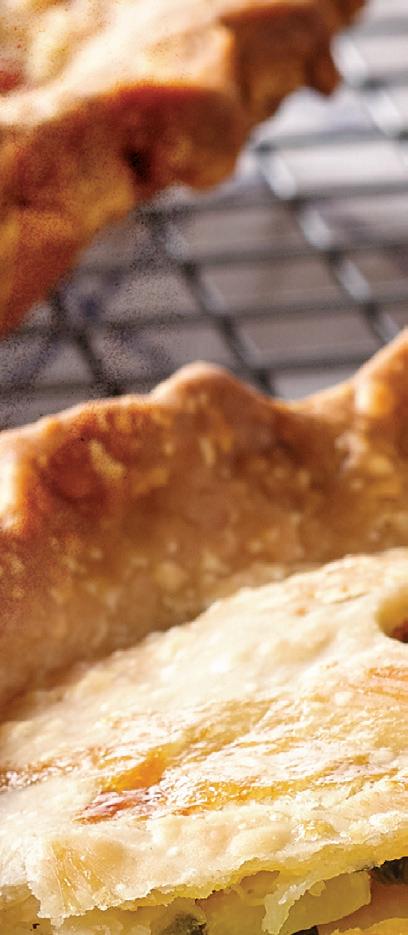

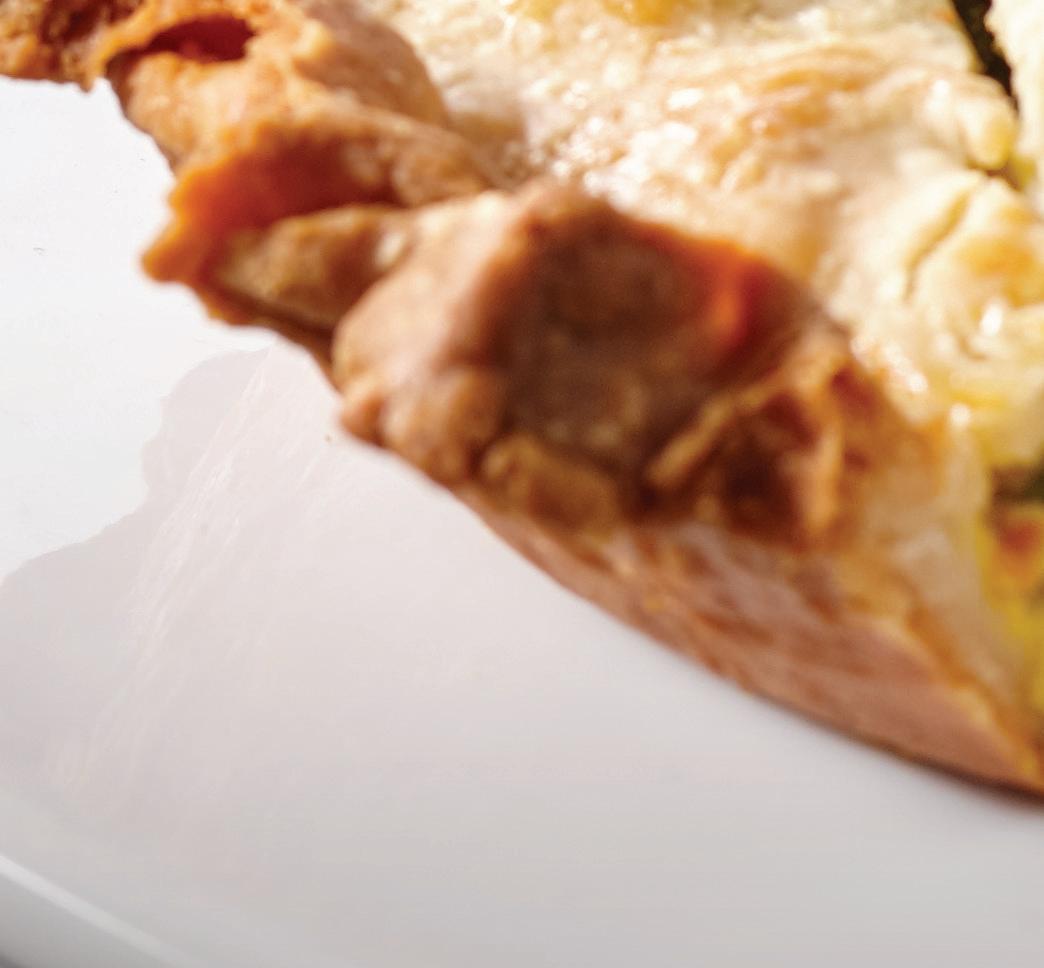
















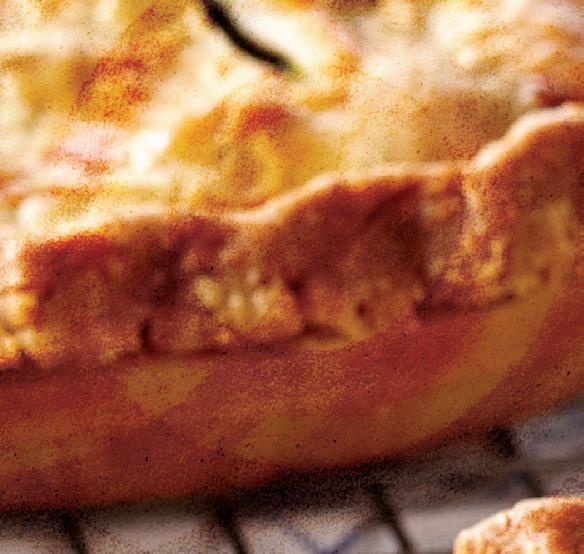




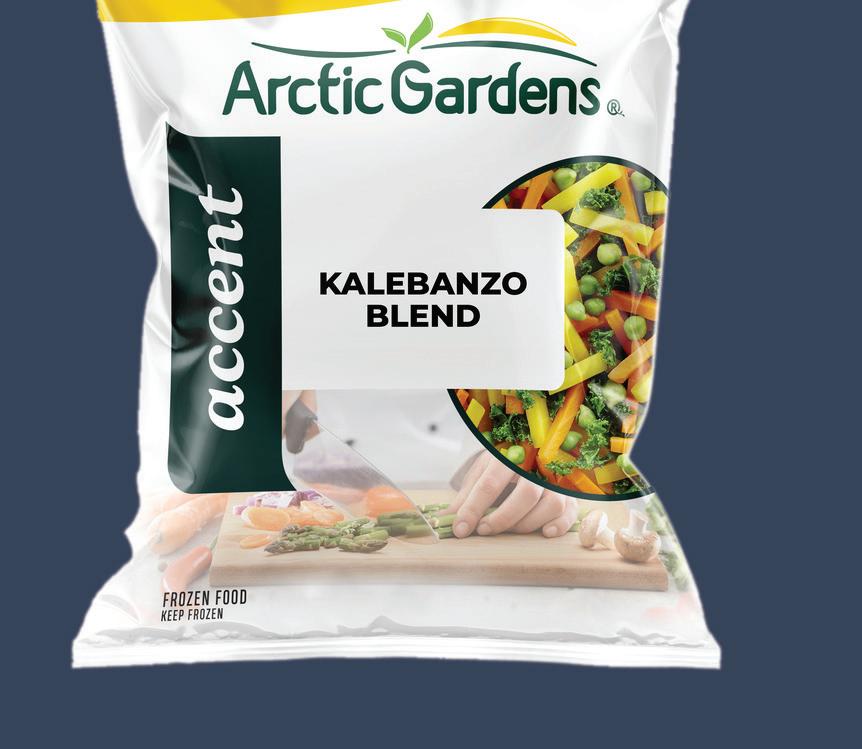


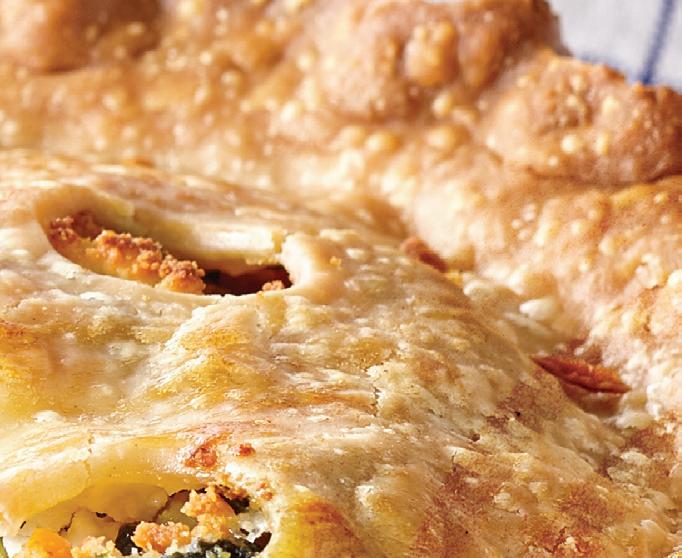





having more thoughtful ingredients and products available to me as a consumer, and I’m grateful to have the opportunity to do the same for our guests.”
Bubbies Fine Foods, for example, released six briney cocktails featuring the company’s Horseradish, and brine from its Kosher Dill Pickles and Bread & Butter Chips. e fermented ingredients can o er gut-health bene ts, while the sour, salty, and sometimes sweet avor pro le o ers consumers a unique imbibing experience. e brand’s Pickled Whiskey Sour swaps out the egg white for Bread & Butter brine, while its Dill Pickle and Lime Mojito is served frozen or over ice, and its Sweet & Spicy Pickled Whiskey Sour balances honey with Sriracha and cayenne.
Veylinx, an insights platform which uses behavioral research to measure consumer purchasing habits, tested the fast-growing non-alcoholic canned cocktails market to learn who is buying these drinks and why. The study also measured demand for versions enhanced with functional bene ts like mood boosters, detoxi ers and CBD.

“Driven by younger consumers, the non-alcoholic beer, wine, and cocktails category is surging in popularity. People trying to cut down their drinking are nding more and more alternatives on retail shelves and in bars and restaurants,” said Anouar El Haji, CEO of Veylinx. “Our research found that they’re willing to pay premium prices for nonalcoholic versions of ready-to-drink cocktails. e rise of the ‘sober curious’ movement gives brands countless opportunities for growth in this segment.”
Among the canned non-alcoholic cocktails tested, CBD and mood-boost versions performed best in the study, while natural detox and zero-calorie variations lagged behind. Adding CBD to a $12 four-pack of non-alcoholic canned cocktails increases demand by 13 percent.
Meanwhile, Portland, Oregon-based Bistro Alder offers a robust mocktail menu in its 1920s French-inspired space. Just Peachy is made with kombucha, fresh peach, lemon, and orange juice. And for the adventurous sipper,
diners can try the Lactobacillus Lemonade made with slow fermented lemons, simple syrup, and lactobacillus culture, known for its probiotic health bene ts.
Alcoholic cocktails with natural and organic ingredients added are also a key part of the rising functional beverage movement. Tupelo Honey’s Acai of Relief, for example, is an Acai-bowl inspired frozen cocktail with acai, blueberry, apple, pineapple, and lemon.
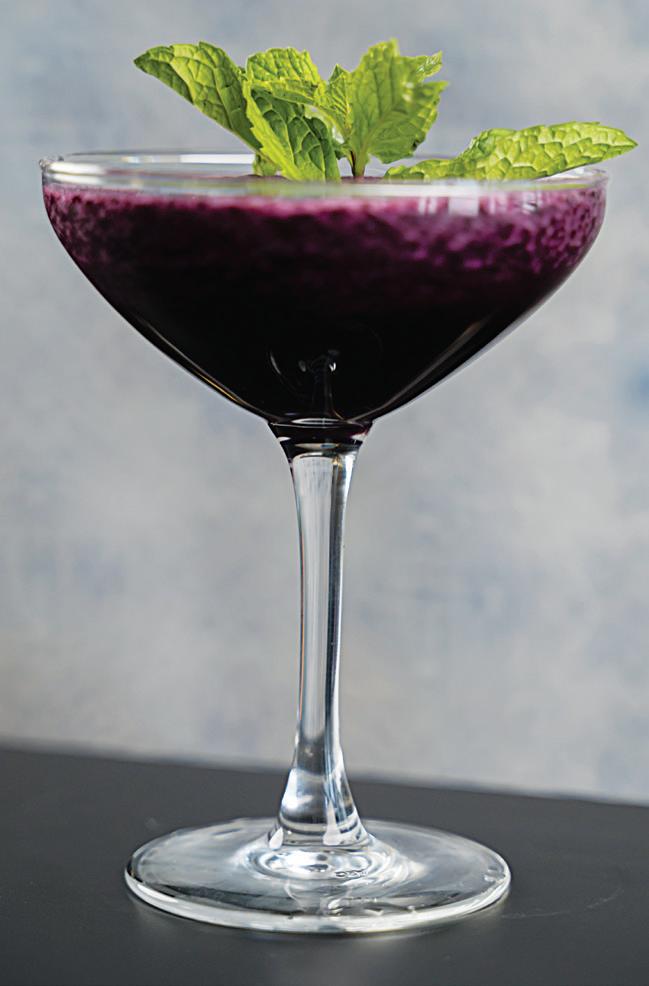
However, experts like Farris-Felty caution against labeling any cocktails as truly “functional.”

“After all, they do contain alcohol, and I’m a bartender—not a nutritionist,” she
notes. “I think it’s important to remember that you can’t make health claims about a cocktail. Sure, our Acai of Relief is like an acai fruit smoothie … but it’s still made with rum,” she continues.
Chris Cain, co-chair of Foley & Lardner’s transactions practice, agrees with Farris-Felty. “Avoid making unwarranted, undocumented ‘health bene ts’ or similar claims,” he warns. Yet, he estimates the adaptogen beverage market will reach over $13 billion by 2026.
Farris-Felty keeps a physical notebook and an on-going note on her phone to jot down inspiration for drinks from daily life, which is how she created the Acai of Relief. Her love of smoothie sours and obsession with acai bowls, coupled with a love for any frozen treat, spurred the indulgent, refreshing concoction.
“An acai bowl is something I can feel a little better about indulging in,” she says.
“In the same weekend, I had indulged in both an incredible smoothie sour and an acai bowl, piled high with all the toppings, and that’s when the idea came to me … why not spike an acai bowl?”
Restaurant operators should also consider how to balance what avors or drinks may be trending with what works and aligns with your brand. “Sometimes, what’s popular doesn’t necessarily fit with who you are and what you want to do. Happily, this better-for-you movement we’re seeing is aligned with my goals for our beverage program,” she says.
Supply chain is another important consideration. Farris-Felty focused on ingredients Tupelo Honey either already had in-house to cross-utilize, or ingredients she knew were readily available through the brand’s suppliers. And with nearly 30 locations across 17 states, it’s even more important to ensure products can be sourced in all markets to roll something out company-wide.
“I think providing the option to a guest to have something a little more on the healthy side of life, rather than something chock full of sugar or a bunch of arti cial avors and ingredients, is a worthy endeavor. I certainly feel good about what goes into our cocktails,” Farris-Felty adds.






AGE: 39
FOUNDER/CO-OWNER


THE HOUSE OF MARIGOLD AND MARIGOLD CATERING CO.


LOUISVILLE, KENTUCKY
In the ever-evolving world of hospitality, few individuals possess the drive, determination, and entrepreneurial spirit of Adrienne Cole. From her early years as a front-of-house manager in bustling high-volume restaurants to opening a small café inside the Waystar office building in 2018 in Louisville, Kentucky, Cole perpetually strives to achieve bigger dreams.
BY FSR STAFF



YOUNG TRAILBLAZERS. DYNAMIC INNOVATORS.
Inspiring newcomers. Agents of progress. Whatever you call them, this year’s class of 20 under 40 Rising Stars all possess a unique vision on how to push this industry forward, from new ways of training and mentoring team members to revolutionizing the way kitchens are run. Among the mix are executive chefs, general managers, directors of supply chain, marketing leaders, and more—and all are eager to offer up creative ideas and solutions to their respective restaurant brands, fully embracing technology and new ways of thinking in this post-pandemic era. Without further ado, these 20and 30-something visionaries are ones to watch. x
In 2019, Cole and her husband and head chef, Kris Cole, opened Marigold Catering Company, which quickly established a loyal following. But when the pandemic hit, Cole was forced to lay off her staff and close the café, though she retained the kitchen to operate her catering service. “Everybody became a caterer in 2020,” she says. “So I really wanted to think of something that was kind of fun and innovative, that was going to set us apart from what everybody else was doing.”
e end result of her brainstorming became Marigold Mobile Bar and The Golden Girls—which brought an elevated bar service to the restaurant-style dinners that Kris had started making for people at home.
e Golden Girls, meanwhile, is the couple’s fleet of custom-built tap vehicles equipped to serve a variety of beverages, which can be rented for weddings or other events, allowing guests to enjoy a custom cocktail with a lively touch of style.
When the lease on Cole’s office café ended, the dynamic duo decided it was time to open a brick-and-mortar, fullservice restaurant—and The House of Marigold was born.
“My mom and grandmother always kept fresh flowers. They always believed fresh flowers brought good luck, my mom particularly, so I looked at Kris one day and said, ‘What do you think about marigold (for the name)?’ And he was like, ‘Oh I love it,’” Cole says. “We want people to come and feel like they’re at home. It’s about seasonal comfort and it’s very bright and very floral and welcoming. We want it to feel like somewhere you can come and spend time.”
The restaurant held a soft opening with friends and family on March 19 this year, which Louisville Mayor-elect Craig Greenberg attended, and declared it “House of Marigold Day,” according to Cole. They officially opened to the public a few days later on March 25. “We were all just trying to stay above water, not thinking 300 people would walk through that door. It was wildly humbling and just a lot of fun, and a huge learning experience,” Cole recalls.
While Kris focuses on all things culinary, including designing menus, Cole does “everything else,” she says. “I’ve had phenomenal teams with me to get us where we are, from design to purveyors to vendors. We’ve had lots of helping hands along the way. I’ve had great people that have allowed me to dream, and then they brought my dream to life and we’ve just created something that feels like me.”

“How we describe [The House of Marigold] is, it looks like me and it tastes like Kris,” Cole quips.
Cole also aspires to be a source
of inspiration for Black women in the industry, creating a platform that celebrates diversity and champions underrepresented voices. “For me, it just felt like a natural opportunity to be a vessel for other Brown and Black and female people within the industry to have a space,” she says.
As for the future, Cole envisions The House of Marigold growing and eventually embracing new markets. “I feel that the brand itself has an opportunity to be so much. I really absolutely believe that it can be a national brand where we can open multi-locations and bring this feeling into other cities,” Cole says, voicing her desire to also open a fastcasual spot “where you can come in and get drinks and pitchers and really beautiful plates for dinner. We want to open an event space where you can do really cool events, but make it modern and fun with a rooftop.”
The plan is to grow to three locations in the triangle area close to Louisville, including Indianapolis; Cincinnati; and Nashville, Tennessee. “And then see what happens,” Cole says.
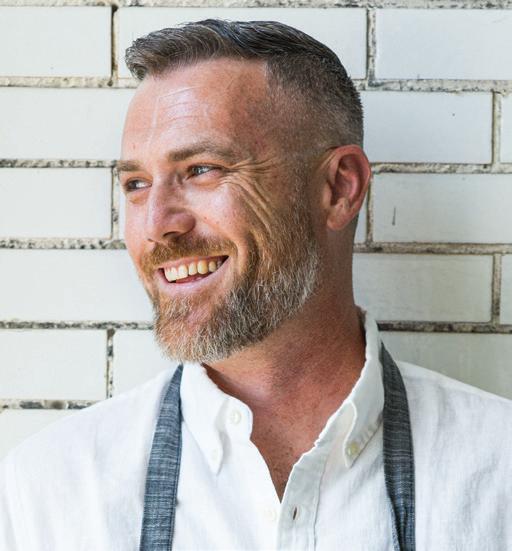
“Being in that corporate structure within restaurants has provided me the ability to take the bigger picture,” she says about her prior experiences. “What’s our growth plan? What’s our process and procedure? How do we scale? That’s given me the ability to really be able to manage the brand and put people in places that I know I’m not strong.”
In the end, her mission is to reinvent the way people dine out. “Doing things that are just fun and exciting and wrapped around an experience, but by also providing ultimately what you came out for, which is just a beautiful dinner or a beautiful breakfast,” Cole adds.

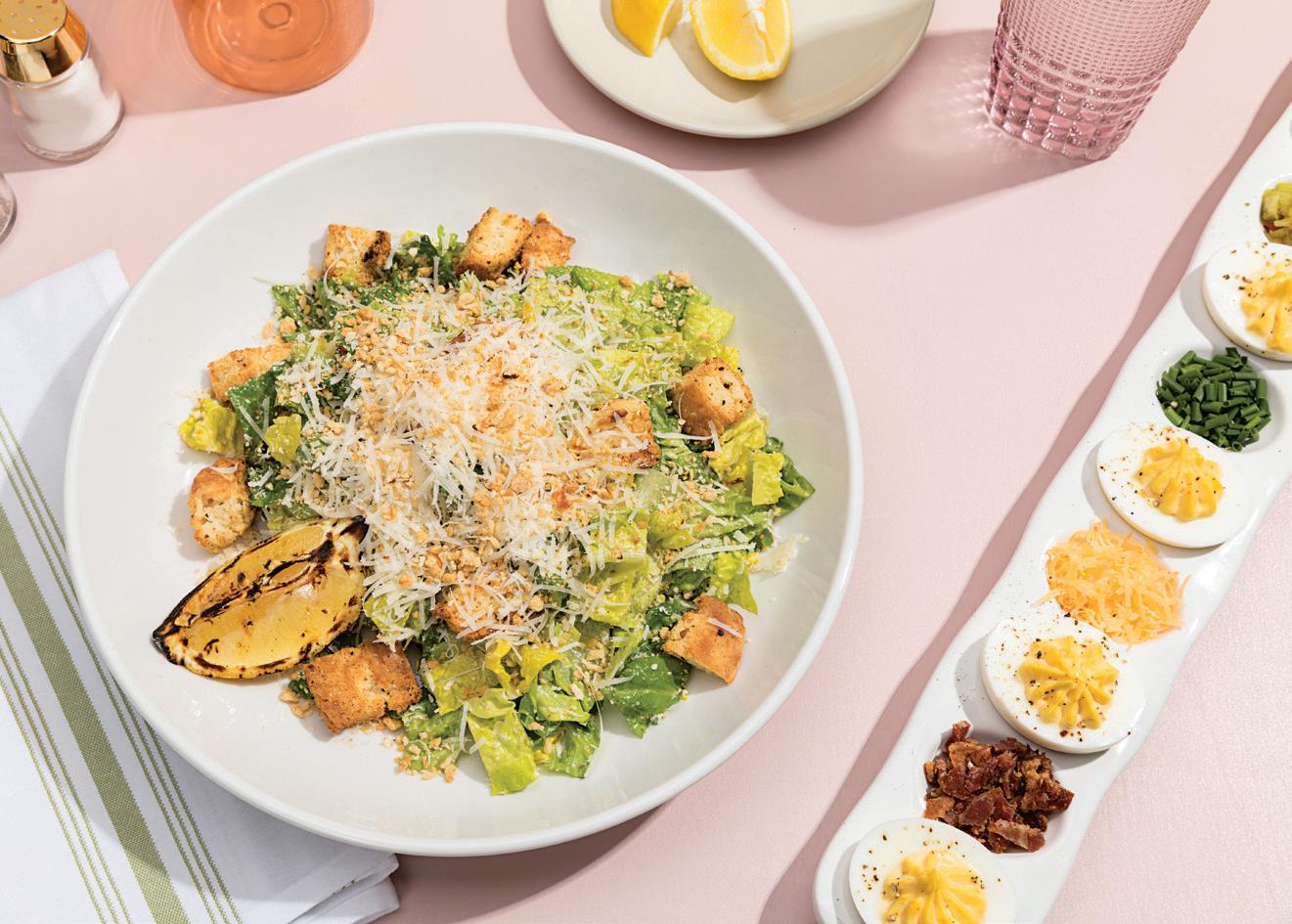 BY CALLIE EVERGREEN
BY CALLIE EVERGREEN
AGE: 38
VP AND HEAD OF MARKETING
ANOTHER BROKEN EGG CAFE ORLANDO, FLORIDA
Brandy Blackwell arrived at Another Broken Egg in May 2022 with 16 years of restaurant marketing at her arsenal. She quickly put that experience, which included stops at Jimmy John’s, Dunkin’, McAlister’s, and Tijuana Flats, to use. In six months, Blackwell was promoted from senior director of marketing to her current role, where she oversees all national and local store marketing strategies, as well as the NextGen Casual’s approach to F&B innovation. She helped reorganize Another Broken Egg’s marketing team and functionality and is known for her digital-forward touch and innate ability to understand guest behavior and embrace data-driven insights and emerging technologies. Some accomplishments include relocating national ad funds to quadruple the chain’s digital media spend, adding new digital media components, refining guest personas using transaction level data, and transitioning to an internal social media and creative team.
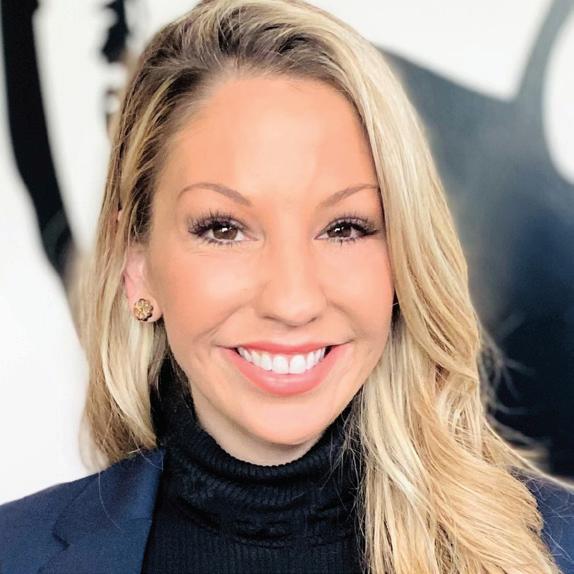
AGE: 35
Over the course of her 20-plus-year career, Monica Johnson has earned a reputation for being an innovative leader by driving successful strategies for restaurants in operations, supply chain initiatives, development, and more. In her current role, she provides thoughtful solutions for vendor and distribution partners for the brand’s 2,500-product global portfolio, as well as supporting the brand’s talent strategy and Diversity, Equity, and Inclusion efforts for all supply partners. Johnson also facilitates First Watch’s ongoing partnership program with “Mujeres en Café” (Women in Coffee), a network of female coffee growers in South America. The beans grown through this partnership are exported to the U.S. and roasted exclusively for First Watch, with proceeds of the coffee—dubbed “Project Sunrise”— going back to the female farmers and their local communities.

Matt Smith



AGE: 34
CMO



MILKSHAKE CONCEPTS
DALLAS
Matt Smith leads marketing for various full-service, fast-casual, and nightlife concepts, including Harper’s, The Finch, STIRR, Vidorra, and others. The nomination said that his attention to detail has allowed him to give each brand an authentic identity within their hyper-local and national markets. He’s introduced tactical brand partnerships, top-level influencer and celebrity partnerships and content, and differentiated offerings that continue to help Milkshake Concepts excel.
AGE: 39 EXECUTIVE CHEF

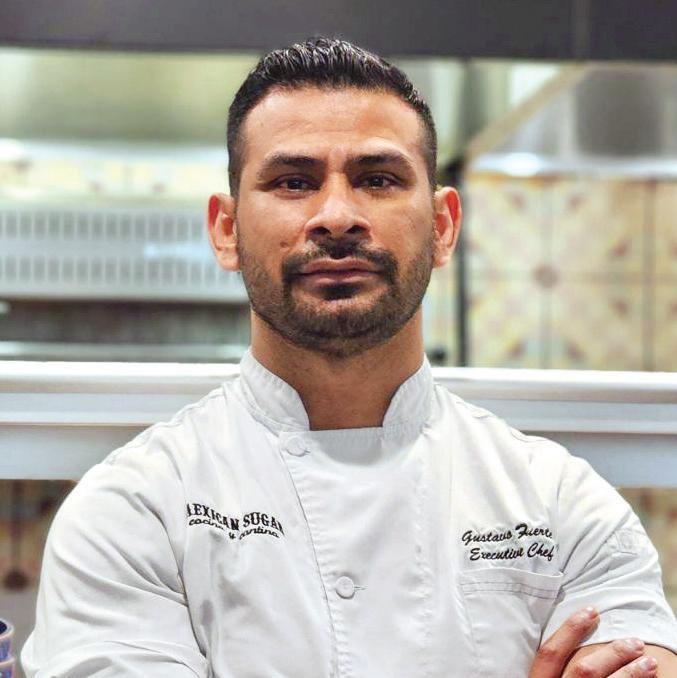

MEXICAN SUGAR PLANO, TEXAS
Chef Gustavo Fuerte has made it clear that the stereotypical toxic kitchen environment that prevails in the industry is unacceptable, and he has become a pioneer in back-of-house leadership and mentorship. Since 2008, he has held various positions within the FB Society, working his way up to executive chef at Mexican Sugar in 2021. His passion for empowerment and positivity has earned him a loyal following as he continues to revolutionize the way kitchen teams operate.
AGE: 35



Ruth Isenstadt has worn multiple hats over her five years with the delivery giant, guiding and propelling innovations within restaurant technology. She began at DoorDash working directly with restaurants as the senior manager in partner strategy for the company’s Mountain Region. Soon, she jumped into IPO Readiness, New Restaurant Models, and then, to her present position. With New Restaurant Models, Isenstadt directed strategy and development of DoorDash Kitchens—the deliveryforward kitchen model that launched in 2019. She was also key to debuting a new partnership model called DoorDash Kitchens Full Service, which is an end-to-end merchant offering. In Isenstadt’s current standing, she oversees New Restaurant Models, Merchant Experience, Integrations, Merchant Services, and more.

Launching the company’s first 401K program and implementing leadership development initiatives are just some of the ways Jessica Presnell has made an impact at Another Broken Egg Cafe. She helped transition the brand through franchise acquisitions and new cafe openings that resulted in substantial employee growth. She’s also been a driving force behind streamlined workflows and recruitment processes, as well as improved onboarding experiences and enhanced performance management systems across the 89-unit brand.
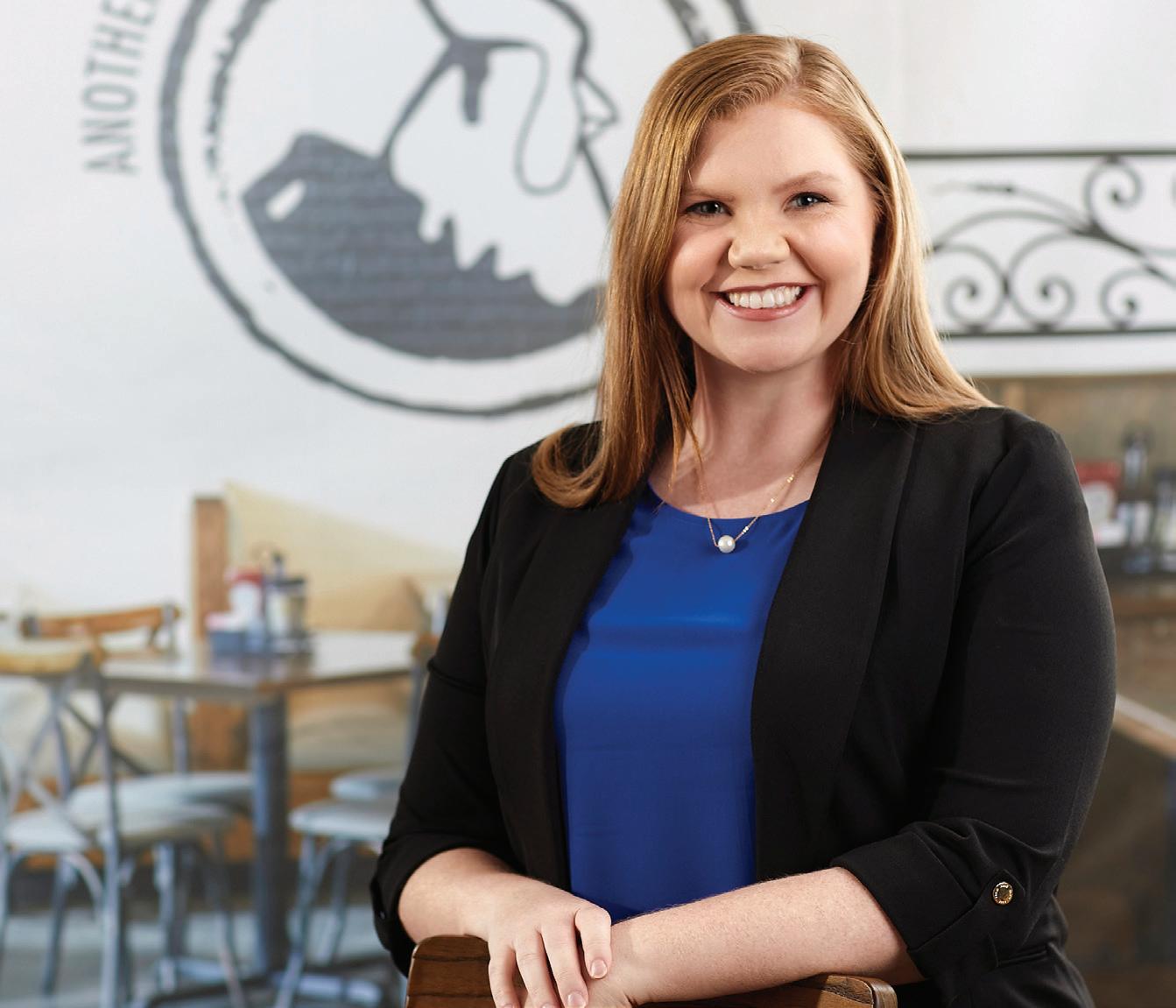
AGE: 29
EXECUTIVE CHEF





BRASSERIE LAUREL MIAMI
Ashley Moncada transitioned from her role as chef de cuisine of Michelin-starred Ariete in Coconut Grove—led by chef Michael Beltran and Ariete Hospitality Group—to overseeing the entire kitchen at Brasserie Laurel as executive chef. A veteran of kitchens in France, Australia, New Zealand, the U.K., and Africa, Moncada brings a global approach and an eclectic skill set to the table. A culinary force to be reckoned with, the chef also brings a deep dedication, and sharp focus on excellence that positions French Brasserie Laurel as one of the finest new restaurants in Miami. “You have to have the right attitude and not be scared,” she says. “You have to demand respect.” x
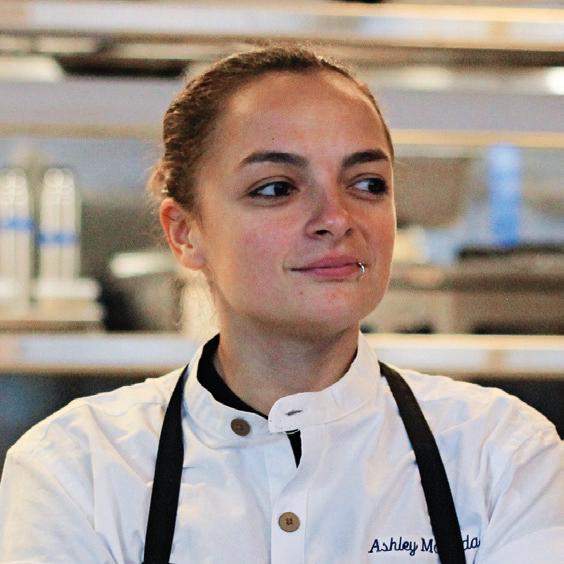
A VETERAN OF KITCHENS IN FRANCE, AUSTRALIA, NEW ZEALAND, THE U.K., AND AFRICA, ASHLEY MONCADA BRINGS A GLOBAL APPROACH TO HER ROLE AS EXECUTIVE CHEF AT BRASSERIE LAUREL.



In many ways, 28-year-old Chanelle Noray is the perfect general manager. She has a fierce commitment to servitude that has not quit since she entered the restaurant industry in 2009. Noray joined Bar Louie in 2022 and has become a trusted boots-on-the-ground voice for the corporate team. Her guidance has led to successful campaigns and new training initiatives for GMs companywide. She continues to lead community events and was nominated for Bar Louie’s General Manager of the Year award. x

 Lauren Lumbley
Lauren Lumbley
AGE:
32 SENIOR DIRECTOR OF MARKETING BRIX HOLDINGS DALLAS Alex WillisUnder Lauren Lumbley’s leadership, Brix Holdings’ brands— such as Friendly’s, Red Mango, Orange Leaf, and Smoothie Factory— have experienced double-digit sales growth and new store openings. She successfully implemented brand-specific marketing campaigns, such as "How Do You Orange Leaf" and "Treat Yourself Well" for Red Mango, and continues to drive innovation for the Friendly's brand, which has almost 88 years of history. Lumbley has worked to make the casual-dining chain a household name and has initiated improvements, like the reinvention of the kids’ menu.
AGE:
30 DIRECTOR, BUSINESS ANALYTICS IHOP (DINE BRANDS) GLENDALE, CALIFORNIASince April 2019, Alex Willis has continuously proven his ability to provide data-driven strategic insight to Dine Brands. He quickly rose to a director role and now leads a team of four. His notable achievements include developing the sales forecast used for budgeting and inventory management, ensuring IHOP’s supply chain will have adequate inventory for marketing and LTO promotions, leading readouts that impact menu development and promotions, and providing key business updates for the executive team, Board of Directors, and franchisee committees.

CHANELLE NORAY SERVES AS GENERAL MANAGER AT THE BAR LOUIE IN WHITE MARSH, MARYLAND, WHICH CONTINUALLY RANKS AS ONE OF THE HIGHEST-PERFORMING LOCATIONS IN SALES ACROSS THE SYSTEM.

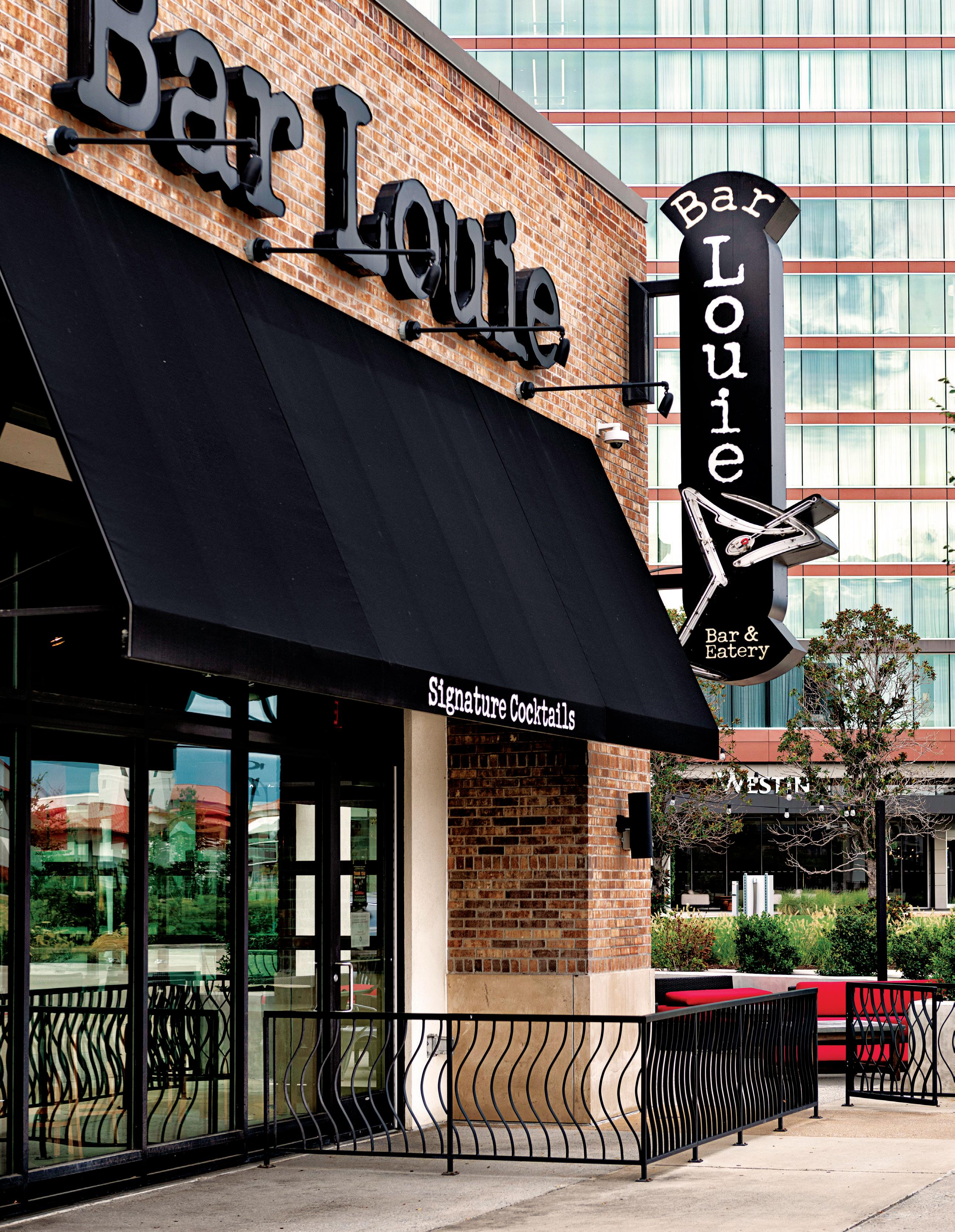
AGE: 39

EXECUTIVE DIRECTOR BRAND COMMUNICATIONS



IHOP (DINE BRANDS)
GLENDALE, CALIFORNIA
Rebecca Reed


AGE: 36
EXECUTIVE PASTRY CHEF
VIVA HOSPITALITY
ST. AUGUSTINE, FLORIDA
Candice Jacobson was promoted to IHOP’s head of communications in February after serving two-and-a-half years as director of brand communications. Within the past year, she has led strong campaigns, including the return of the nostalgic menu item Root Tooty Fresh 'N Fruity and a movie partnership with “Ant-Man and the Wasp: Quantumania.” Jacobson also organized a premium tasting event for the launch of IHOP's largest menu evolution, generating positive results and attendee feedback. Additionally, she facilitated national CPG partnerships with Kraft Heinz, General Mills, and Pepsi. x
AGE: 35
CHIEF OPERATING OFFICER
TUPELO HONEY
ASHEVILLE, NORTH CAROLINA
Dubbed “The Flavor Queen” on the Dr. Seuss Baking Challenge, Rebecca Reed has received numerous accolades such as Best Dish Award at the 2023 St. Augustine Food Festival. At 36 years old, Reed has fought for a seat at the industry’s table, showing others that being a present mother and accomplished professional is possible. She recently accepted the role of executive pastry chef with Viva Hospitality and will oversee various pastry programs throughout the North Florida area. She continues to use her notoriety to build up the local community and mentor other chefs.
Caroline Skinner was part of Tupelo Honey’s initial senior leadership team in 2013. Since, she’s spearheaded the NextGen Casual brand’s workforce expansion efforts, leading HR, training, and new store opening teams responsible for growing Tupelo Honey from two locations and fewer than 100 employees to 25 stores and 1,700-plus team members— all in a decade. Throughout that time, Skinner’s focus has always centered on investing in people from the time they train to internal promotions to helping them through challenging times. She led the way on many peoplefocused initiatives, from a Fair Start Wage plan that begins all positions at $15 per hour to a diverse array of benefits from medical and dental insurance to PTO and tuition reimbursement. Also, Biscuits for a Cause, a program that diverts profits to an employee relief fund. Skinner assumed leadership of Tupelo Honey’s operations team in 2019.




ALEX WILLIS AND CANDICE JACOBSON BOTH SERVE AT IHOP, OWNED BY DINE BRANDS. WILLIS HAS HELPED DEVELOP A SALES FORECAST USED FOR BUDGETING AND INVENTORY, WHILE JACOBSON FACILITATES NATIONAL CPG PARTNERSHIPS FOR THE BRAND.

AGE: 38
AGE: 30

Zunzi’s + Zunzibar owner Chris Smith has a strong drive for success and a passion for inspiring others. He began as a Five Guys franchisee in college, opening seven stores in eight years. His restaurant experience led him to Zunzi’s in 2008, and he acquired the brand in 2014. He focused on refining the menu to showcase South African influences and emphasizing a positive company culture based on community outreach. Expanding the brand, he opened Zunzibar, a beachbar concept, and plans to franchise both companies across the Southeast.
 Karl Gorline
Karl Gorline
AGE: 36
CHEF DE CUISINE THE WOODALL ATLANTA
Rachael Wilson is changing restaurant marketing, one unforgettable experience at a time. The 30-year-old is the mastermind behind Haywire events such as experiential happy hours and Women in Wine & Whiskey tastings. Her desire to redefine how brands connect with guests has made her a rising star in the industry. As Haywire begins to expand, Wilson is spearheading initiatives to empower her team and create lasting memories for guests.
Karl Gorline earned his start in Ocean Springs and Jackson, Mississippi, before moving to New Orleans at 28 years old to serve as executive chef of acclaimed Restaurant August. At The Woodall, he’s creating standout new American-style dishes with flavors and specialties that lure guests out of their comfort zones. Gorline describes his personal cuisine style as “eclectic but familiar and comfortable.” Recent roles in Atlanta include chef de cuisine at Watershed before moving to a sous chef position at Atlas at The St. Regis. He also served as executive chef and culinary director for ETR Group and was recently seen competing on Food Network’s “Chopped” competition show.
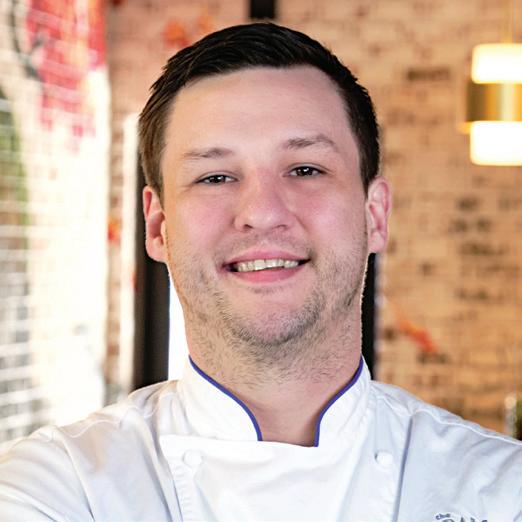
AGE: 39
AGE: 30
FRONT BURNER SOCIETY DALLAS
With a commitment to pushing the boundaries of mixology, Alan Dean is redefining the craft cocktail and spirit experience at several of Front Burner’s restaurant concepts, including Mexican Sugar, Whiskey Cake Kitchen & Bar, and Sixty Vines. He’s forged partnerships with small-batch distillers and introduced innovative programs like garden-to-glass cocktails and cocktails on tap.
AGE: 34
DIRECTOR OF BRAND POLLY’S INC.
ANAHEIM, CALIFORNIA
Alexander Smith, founder of Atlas Restaurant Group, has established a thriving empire with over 30 diverse restaurants, bars, and eatertainment concepts nationwide. Through a “people-first” culture, he prioritizes employee well-being by providing robust benefits like mental health support and raising minimum wage standards, while also engaging in extensive community outreach programs.


As the director of brand at Polly’s Inc., Jacklyn Mitosinka oversees all marketing and brand-related details for Polly’s Pies, a full-service restaurant with 13 units across California. She’s played a pivotal role in modernizing the legacy brand’s marketing program, introducing it to younger generations through digital strategies like TikTok videos and brand crossover events. Her other responsibilities involve overseeing marketing for 10 KFC franchises, serving on the board of directors for the Southern California KFC Franchise Association, and as president of the Southern California KFC Ad Board.

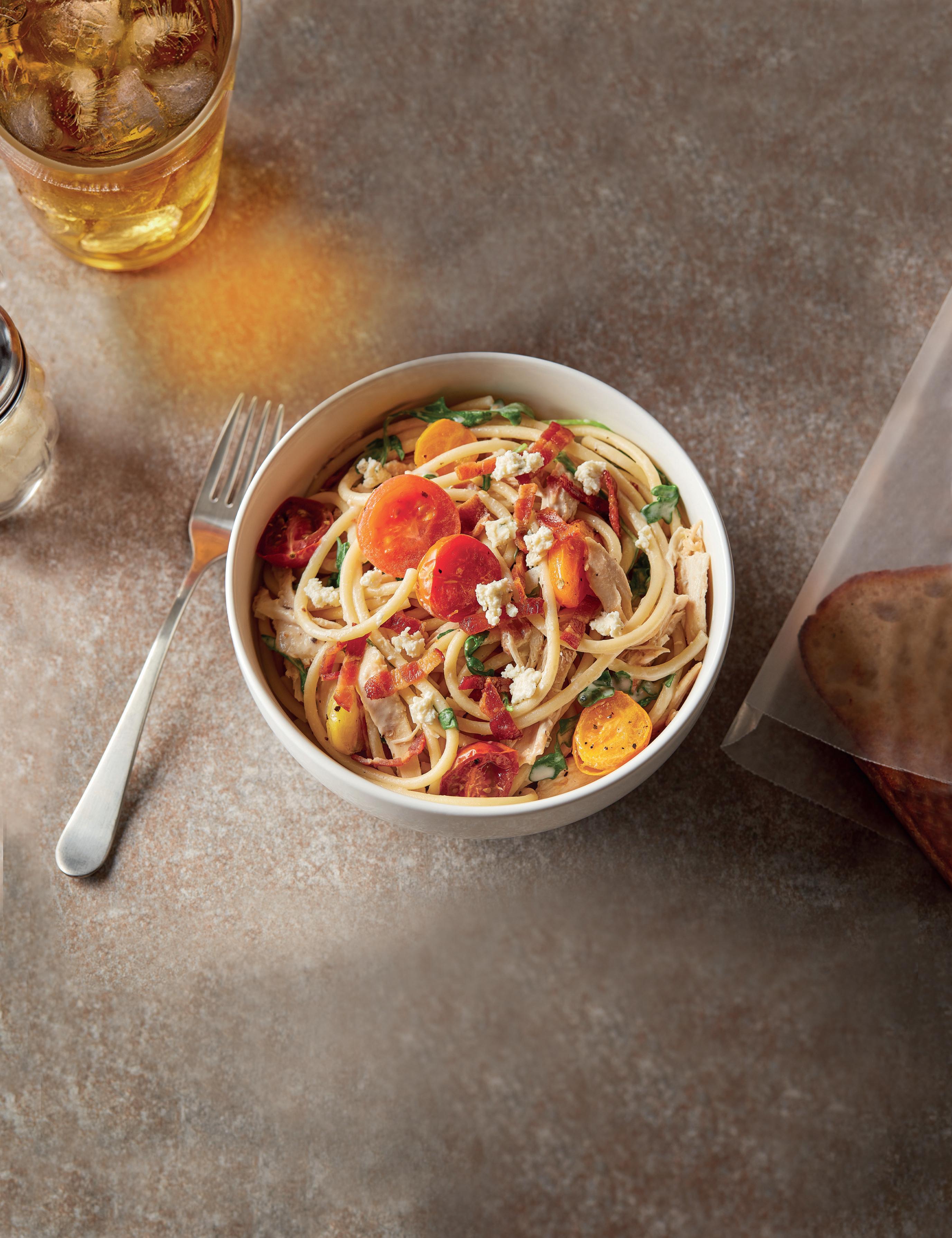




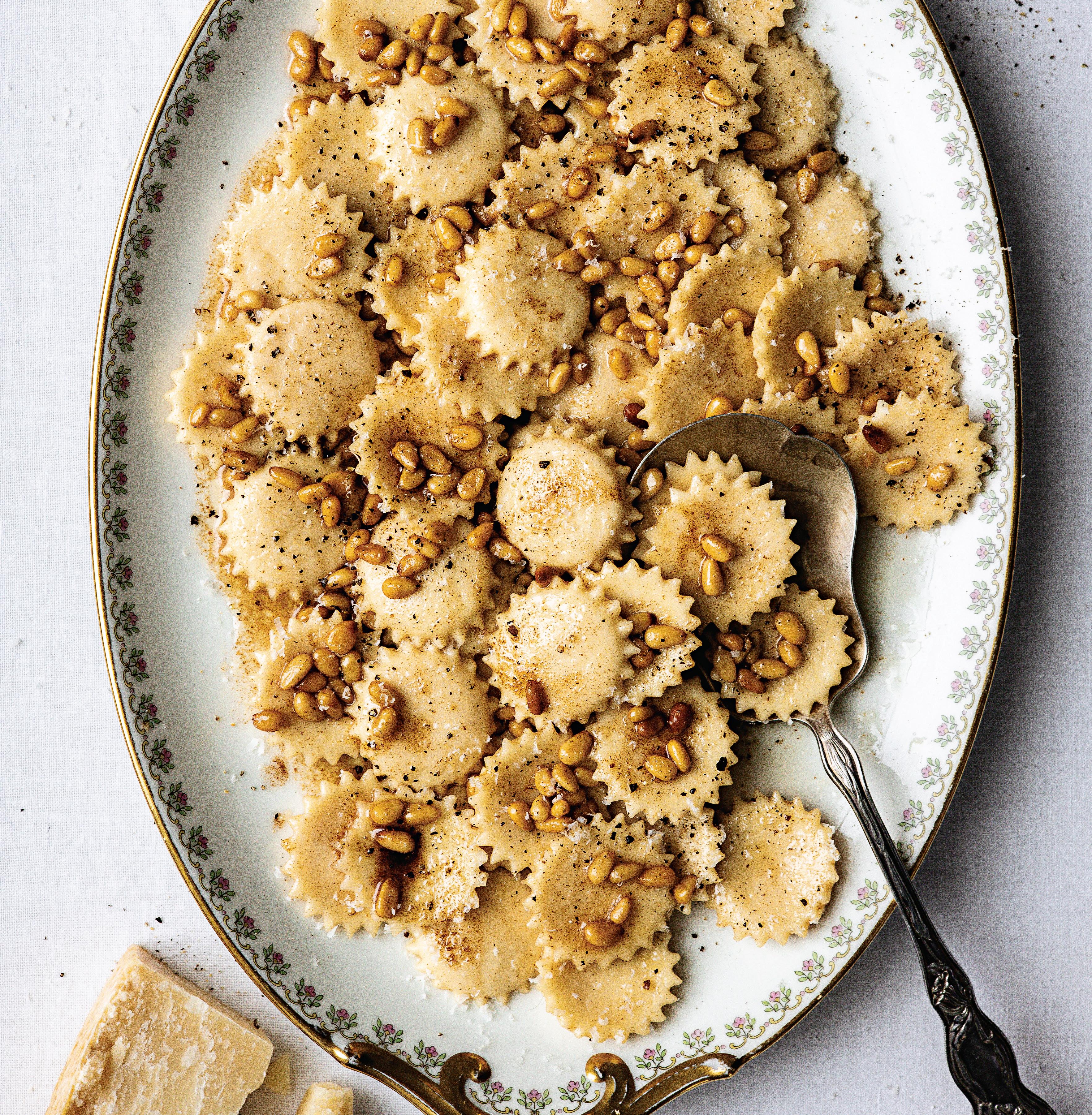
Chefs have long recognized brown butter, or “beurre noisette” in classic French recipes, as a simple way to add depth and complexity to virtually any dish. This culinary staple has also gathered momentum recently as a major flavor trend.
According to Tastewise, social conversations about brown butter have increased by 26 percent over the past year. This spring, the hit television show
“The Last Thing He Told Me” prominently featured a brown butter and sage pasta recipe that its star, Jennifer Garner, said was inspired by a real restaurant—Poggio Trattoria in Sausalito, California. Many consumers are now familiar with how brown butter can transform a dish, and may even have tried making it in their own kitchens.
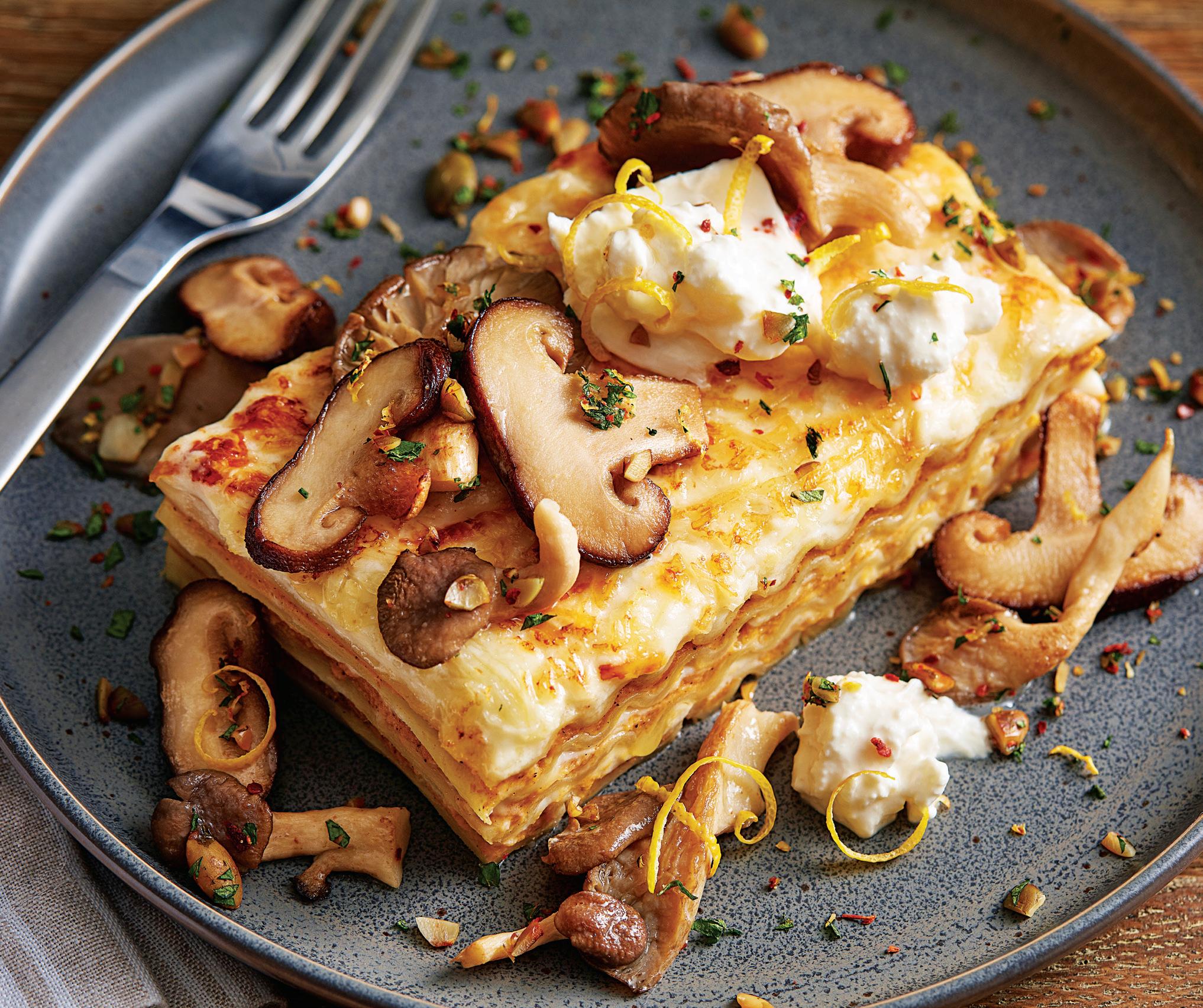
It makes sense that consumers find brown butter especially appealing right
now, as many turn to old-school, nostalgic flavors that evoke memories—and in inflationary times, opt for small luxuries with outsized impact. Yet with brown butter appearing on only 3 percent of U.S. menus, as Tastewise has found, its potential as a menu highlight is going largely untapped.
“The appeal of brown butter is all about the rich nuttiness and savory flavor. As a U.S. flavor trend, it may have started in











the south, and as a fall seasonal ingredient, it’s tied to dishes like gnocchi and butternut-stuffed pastas with brown butter and sage; but it’s ready to feature all year,” says Chef Tish Rodgers of the Atlanta restaurant Omni Co ee and Eggs. “Brown butter is so simple and complementary; it can be a star or a supporting player, always classy and elegant.”
As Rodgers mentions, brown butter and pasta are a tried-and-true classic pair—especially in the autumn months, although it’s easy to adapt recipes as the seasons change. For example, Chef Lindsey Malland of Mama Stortini’s Restaurant and Bar in the Seattle area developed a recipe for brown butter mizithra spaghetti with garlic, mushrooms, and bacon that’s become a runaway hit over the last few months, even through summer.
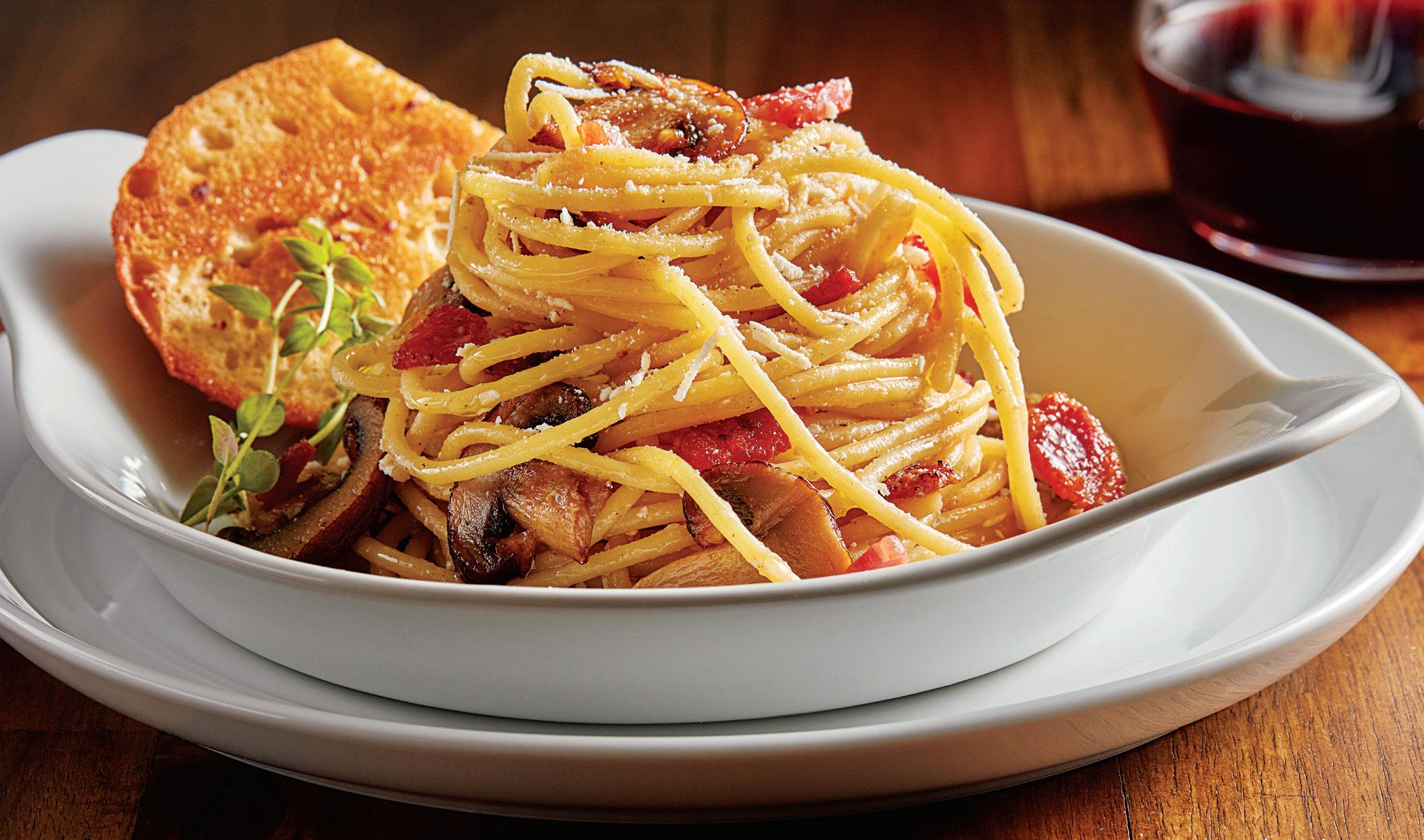
“For the mushrooms, we try to go with the season, so in the fall we do a mix of torn oyster, sliced baby bella, and sliced shiitake,” Malland says. “In the o season, we use only sliced crimini. ey are sauteed until just crispy on the outside.”
Malland said she created the recipe as a play on another dish from a few years ago that also used brown butter. “ e nuttiness of the brown butter needed



something salty to even out the rich fatty butter avor,” she says. “I tried it rst with feta, but it gave o too much salty tang. I did a little research of other hard European cheeses and was reintroduced to mizithra. When I tried it with only the mizithra, it was overwhelmingly salty, so we tried blending with a more neutral, but nutty, hard parmesan to balance out the avor, and it ate much better. is has become our number-one seller in a few short months.”
Brown butter is time- and laborintensive, however, and as kitchens continue to be stretched thin, every moment counts. Customers appreciate the extra finesse that brown butter brings to a dish, but it often means operators must make adjustments elsewhere.
Pasta from Barilla for Professionals, such as Barilla Frozen and Barilla Lasagne Chef, is uniquely suited for applications that demand quality and consistency while streamlining back-of-house operations. Chefs can use these products to help minimize labor to a point where building in the steps to add brown butter to a dish becomes easier to do. For example, Chef omas Dritsas of the full-service seafood chain Truluck’s Restaurant
recently experimented with Barilla Lasagne Chef to create a mushroom lasagnette with brown butter.

“The Barilla Lasagne Chef no-boil, ready-to-bake lasagna sheets provide a super-simple base upon which to assemble the layers of cream, mousse, and pasta,” says Dritsas. “As you enjoy the brown butter, mushrooms, sweet potato mousse, and garlic cream components all together, it should teleport you to an autumn day, walking in the woods wrapped in a warm coat and kicking up brittle leaves.”
Pasta—and any dish—can be enhanced with brown butter, and right now consumers are especially primed to respond well to it. Chef Yury Krasilovsky, executive research and development chef for Barilla for Professionals, has this to say of brown butter: “It brings out sweet, nutty aspects of other foods, increases aromas—it’s basically a avor enhancer.” He adds, “Chefs who use pre-cooked pasta like our Barilla Frozen often take the saved labor and spend it on the little upgrades like brown butter to really elevate a dish.” It’s a small change that can make a big impact on the dining experience.

Barilla Frozen delivers the same quality and consistency chefs expect from the #1 pasta brand in Italy and the US, but with the time- and labor-saving benefits of pre-cooked pasta. From microwaves to impingers, catering to ghost kitchens, Barilla Frozen is ready for what you’re dishing out. Barilla Frozen can even be finished and held for 30 minutes or longer - perfect for today’s delivery environment.


• As consumers crave classic comfort, traditional Italian pasta dishes like cacio e pepe are trendy once again.
• Spaghetti appears on 32.5 percent of U.S. menus, while lasagne appears on 26 percent.
• Gluten-free pasta is gaining traction. Its menu penetration has increased by 48 percent over the last four years.
• Trending pasta varieties allow many consumers to experiment with new flavors in a way they still perceive as safe.
• Brown butter with pasta is gathering momentum as a flavor trend. Many restaurants are highlighting brown butter on their menus in pasta dishes.
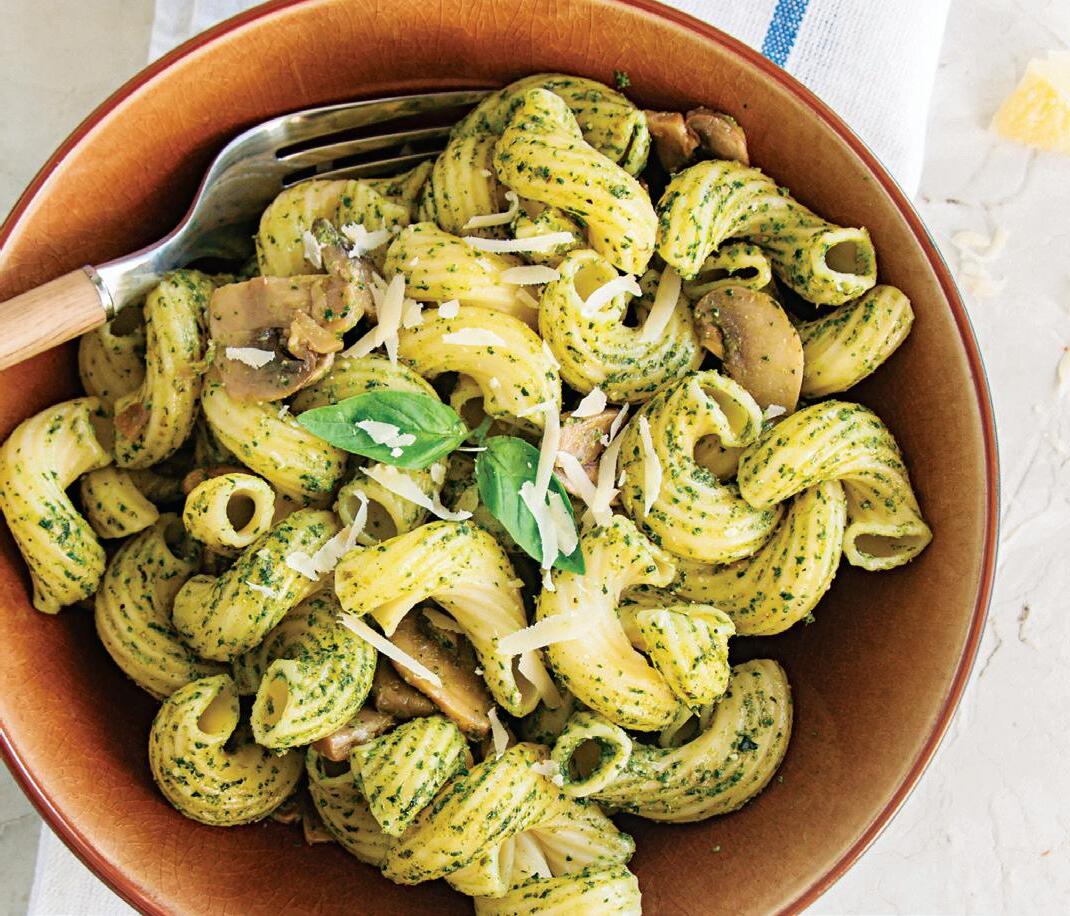

CAVATAPPI An egg-free, spiral-shaped, tubular pasta allowing it to better hold onto sauces. It is often served with sauces, in salads, and in casseroles.
CONSUMERS:
MENU EXAMPLE:
Mediterranean Pasta Salad: Cavatappi, roasted tomatoes, roasted red bell peppers, roasted red onions, basil, and all-natural feta with northern Italian vinaigrette.
FETTUCCINE A flat ribbon noodle, commonly served with creamy, dairy-based sauces and in protein-based meals featuring chicken or a different meat ingredient.
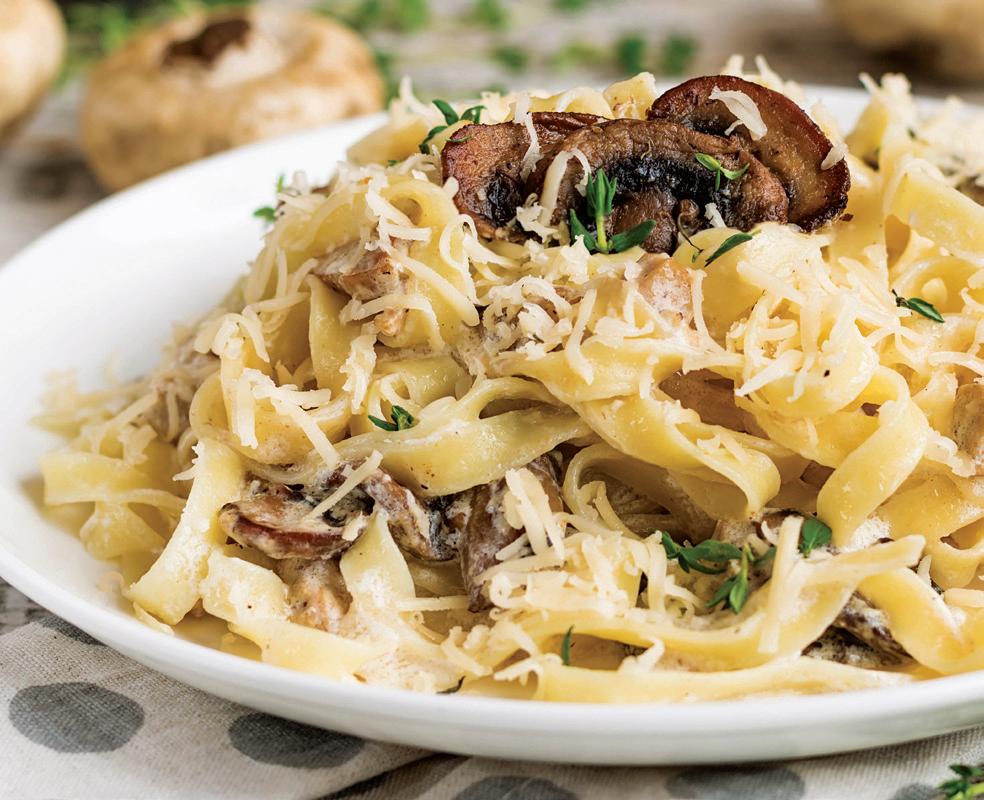
CONSUMERS:
MENU EXAMPLE:
Pasta Con Fruta De Mar: Fettuccine pasta with salmon, bay scallops, and tiger shrimp in a creamy roasted garlic and tomato sauce.
Mesón Sabika // NAPERVILLE, IL
Whatever the format , style or flavor, high-quality Barilla Pasta is a platform for success in today ’s foodservice environment Here’s how our 144 year-old brand can help you adapt and grow:
Barilla Pasta travels well, and is a great delivery and takeout option, both for meal integrity and portion size

Over 40 Barilla cut options means you can easily differentiate
Barilla pasta delivers quality and consistency, without requiring skilled labor

85%* Americans like or love pasta
Pasta is a high margin foundation for a wide range of cuisines, so you can maximize the value on the plate
Barilla’s value-added services boost your business with marketing support, training and menu development
PENNE One of the more common pasta shapes, it originated in Campania and is a cylindrical-shaped pasta with slanted ends that are inspired by a quill pen.

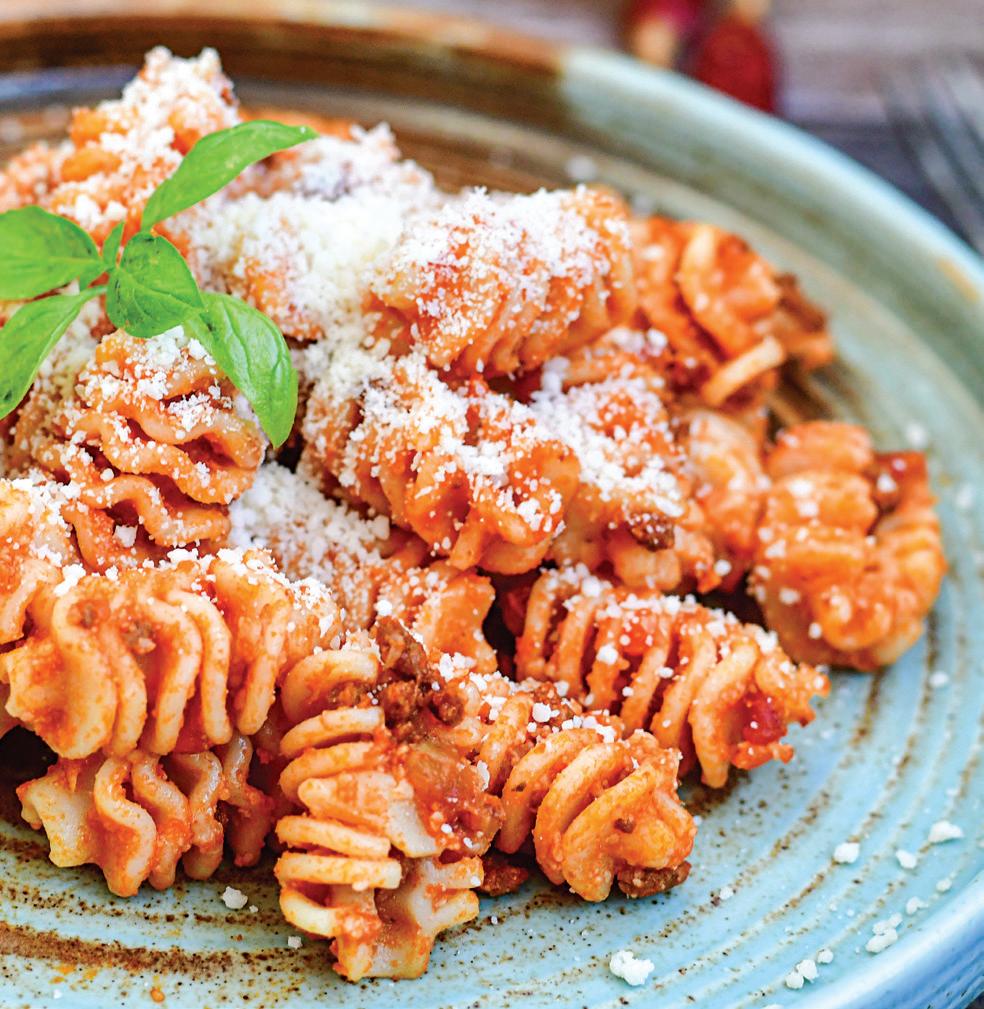
CONSUMERS:
MENU EXAMPLE:
Duck Confit Ragu: Gluten-free penne, dried cherries, brown butter-roasted oyster mushrooms, Grana Padano.
INCEPTION Trends start here. Found in mostly fine-dining and ethnic independents, inception-stage trends exemplify originality in flavor, preparation, and presentation.
BUCATINI A long, thin noodle with a hole running through the middle, similar to ziti. It can be found served with buttery sauces, cheeses, vegetables, and fish throughout Italian cuisine.
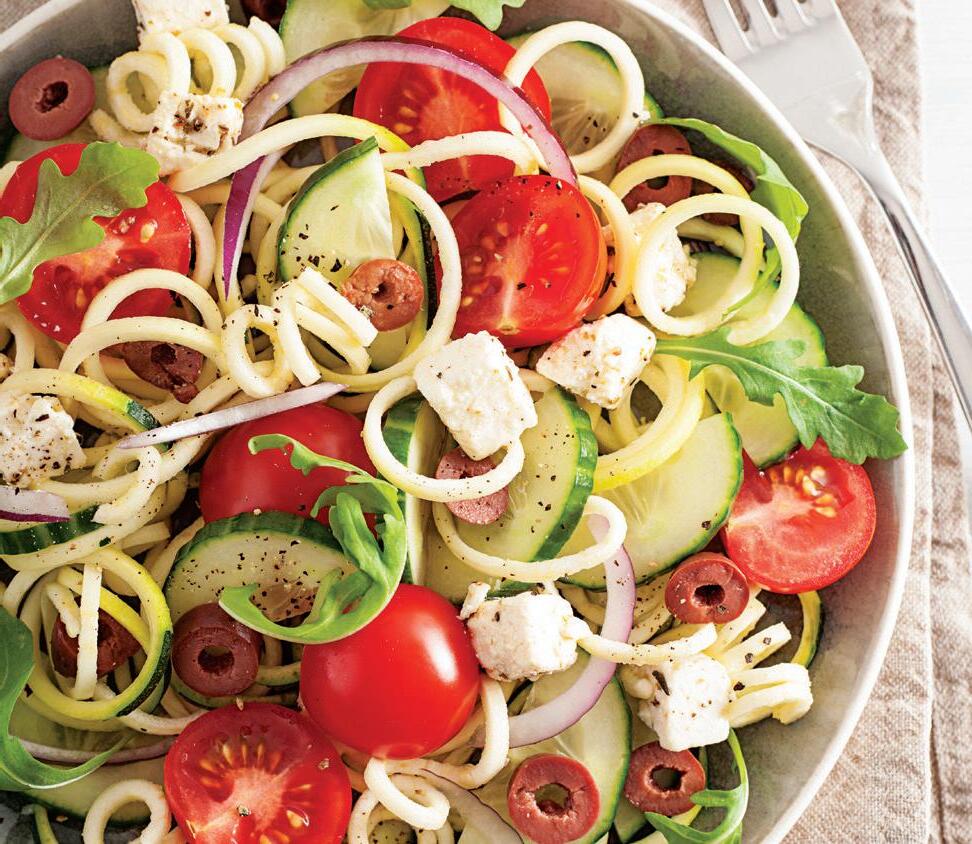
CONSUMERS:
MENU EXAMPLE:


Autumn Bucatini: Vegetarian. Smoked gouda, butternut squash cream sauce, kale, mushroom conserva, roasted carrots, garlic bread, and Americana Grana. District Kitchen + Cocktails // AUSTIN, TX
ADOPTION Found at fast-casual and casual independent restaurants, adoption-stage trends grow their base via lower price points and simpler prep methods. Still differentiated, these trends often feature premium and generally authentic ingredients.


PROLIFERATION Proliferation-stage trends show up at casual and quick-service restaurants. They are adjusted for mainstream appeal. Often combined with popular applications (burgers, pastas, etc.), these trends have become familiar to many.
4. UBIQUITY Ubiquity-stage trends are found everywhere—these trends have reached maturity and can be found across all sectors of the food industry. Though often diluted by this point, their inception-stage roots are still recognizable.
The 75-unit Brazilian steak chain is bringing its unique meat-skewer serving style to new markets and igniting appetites worldwide.
THE MOST ANTICIPATED MOMENT in dining—and the most eeting—is the rst bite, and one emerging chain has figured out how to capture and repeat that anticipation and reward cycle continuously: Fogo de Chão. What began in Porto Alegre, Brazil, as a humble churrascaria —a type of Brazilian steakhouse known for its unique tableside serving style— has rapidly evolved into a blazing global phenomenon with 75 locations and counting, including 60 locations in the U.S.
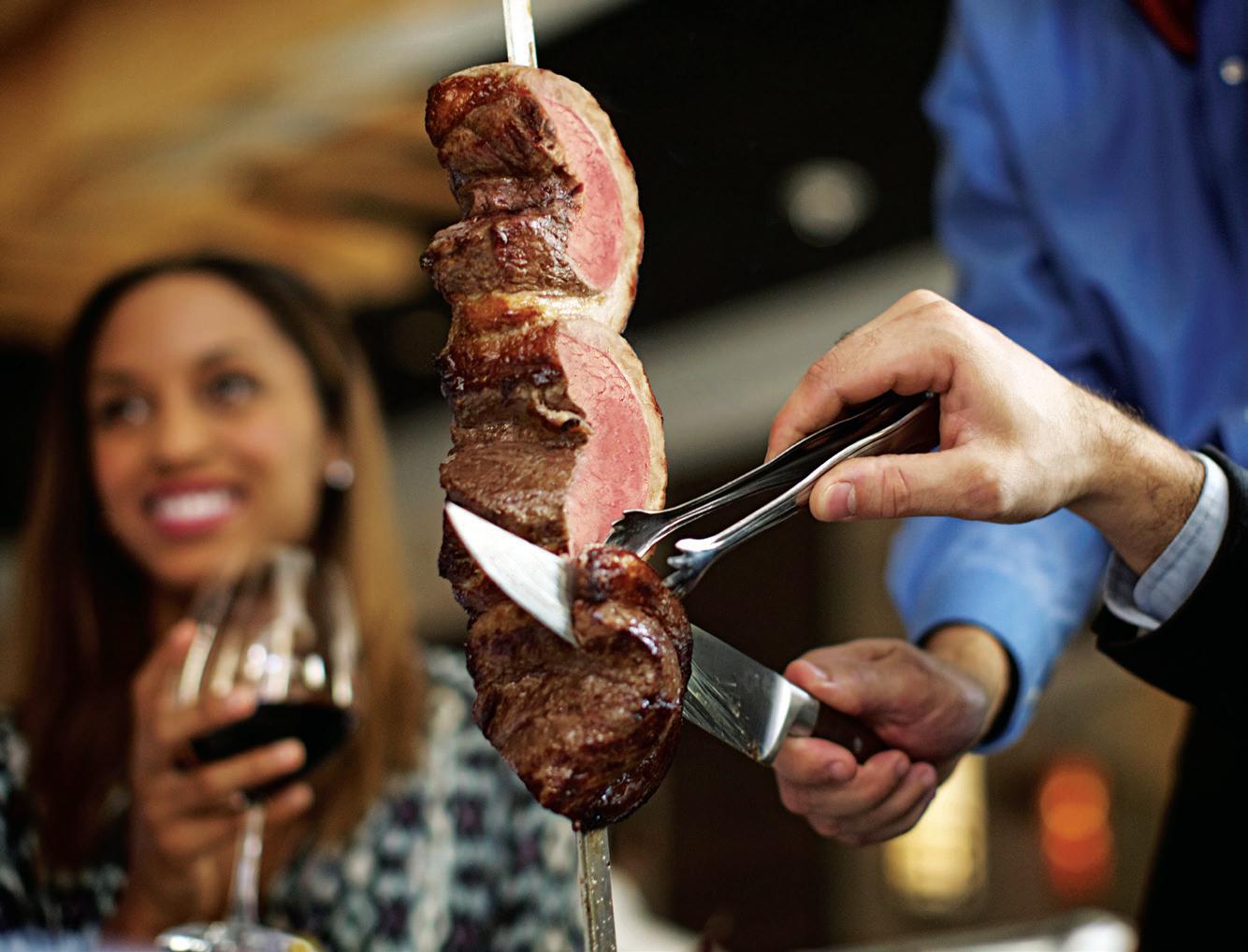
“ at’s the unlock of discovery, because every time we grow, we reformulate and transform the brand footprint from this old-world churrascaria to where it’s a culinary art form [that] we’re celebrating,” says Barry McGowan, who joined the brand in 2013 as president and took the helm as CEO in January 2019.
With an unwavering commitment to authenticity and delivering an unforgettable dining experience, Fogo de Chão (pronounced fogo-dee-shown) is setting the steakhouse segment ablaze with its continued success. Part of the brand’s success can be attributed to the economic value of its bu et-style, all-youcan-eat approach, but it goes beyond just bang for your buck. Part of Fogo’s
ESTABLISHED: 1979 COFOUNDERS: Arri and Jair Coser

HQ: Plano, Texas
CATEGORY: Brazilian All-You-Can-Eat Steakhouse UNIT COUNT: 75
allure also comes from its unique service format.

Instead of servers, Gauchos slice pieces of meat o the skewers tableside, a serving style now known as rodízio. e brand’s signature ame-grilled meats are cooked to guests’ preferred temperature, a format which allows consumers to be in full control. Plus, customers can ip a card on their table to “green” which means “more please,” or red for “no thanks” to have more time to savor their cuts.
“Farm-to-fork, Fogo has been doing that for 45 years, so we’ve always been about wholesome, great food, whole

food, simply prepared, and we really go back to the tradition of real hospitality of giving everybody what they want,” McGowan notes.
e Brazilian “all-you-can-experience” chain is expanding its footprint across the world to Ecuador, Turkey, Rhode Island, and more. In May, Fogo de Chão signed a lease to open its third Bay Area location in California, supporting the brand’s continued 15 percent annual restaurant growth across the U.S. In 2023, Fogo de Chão signed 12 new domestic and international leases and opened in key markets in Washington, Maryland, California, and New Jersey.
“I always say this, we’re one of the only international brands that has successfully penetrated the U.S. in scale.”
“When you go to South America, you go to Brazil, this style of dining is prevalent at every corner. So it’s something that’s authentic,” McGowan says. “International, this concept translates. I always say this, we’re one of the only international brands that has successfully penetrated the U.S. in scale.”
While Fogo’s approach is deeply rooted in the history of churrasco, the brand has also refreshed and modernized its offerings to create a unique, accessible dining experience that still honors its Brazilian roots. For example, the emerging chain revamped its Bar Fogo menu last March, which offers a smaller, specialized menu of bites inspired by Southern Brazil and its seasonal ingredients found on its Market Table, plus a selection of Brazilian wines and cocktails. (Fogo’s Market Table is a self-serve, buffet-style selection of fresh fruits, seasonal salads, cheeses, vegetables, hummus, and more.)
“We’re building a brand globally, but we’re focusing on the consumer. What do they want? How do we serve them?” McGowan says. “[We’re] very aware that diet tribes are really important. And if you think about our SKUs, we have
almost as many as a Cheesecake [Factory], we just don’t have it in the menu, and so it’s really simple to accommodate, and that’s what gives us an advantage.”
“I think that’s where dining is going. You see fast-casuals are getting more experiential,” he continues. “The industry is going through a renaissance. I think COVID was challenging, but a lot of good learnings brought us back to what’s most important, and I’d say the youngest, fastest-growing demographic has different expectations, and I feel like we fit that expectation really well.”
In 2018, Fogo’s demographics consisted of 79 percent Millennial and Gen X. In 2022, the brand reported 87 percent of its customers were Gen Z, Millennial and Gen X.
Though at first glance one might compare Fogo de Chão to other upscale steak places like Ruth’s Chris or LongHorn Steakhouse, McGowan doesn’t consider the brand to be in the steakhouse cate -

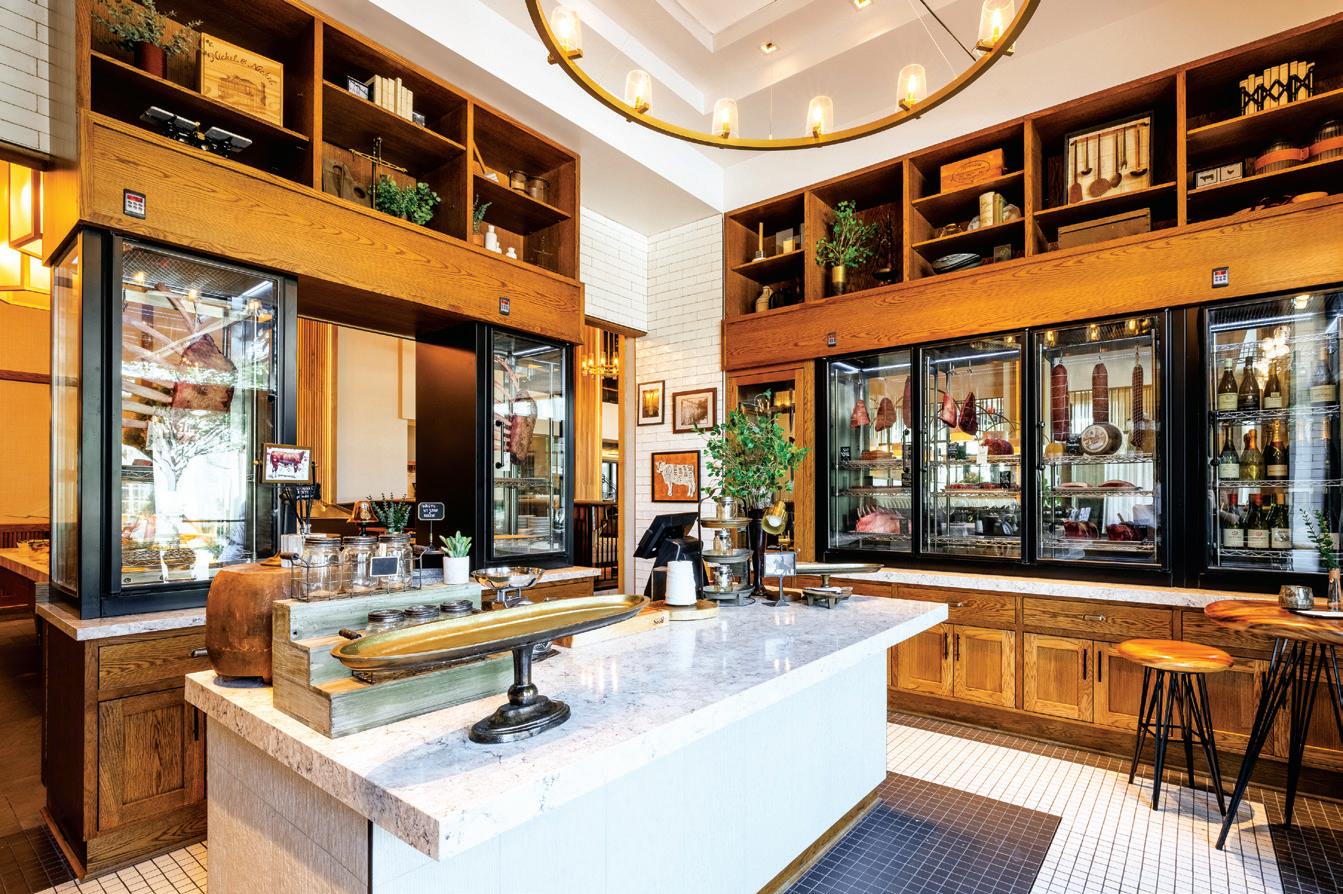
gory. “It’s the variety and yes, we have proteins, but so does everybody else,” he explains. “This style of dining just makes it really universal and approachable, and that’s really why when you’re in our restaurant and you see the demographic dining, it’s not like going to a steakhouse. It’s a completely different occasion and different use.”
In new Fogo locations, the grill, butchery, and dry-aged cabinets are moved out front versus in the back, “so that you know it’s no secret,” McGowan says.
“I always ask, ‘why do we put it in the back?’ When everybody sees the experience, they understand the authenticity, and that chef that’s butchering, seasoning, and preparing [the meat] is also the chef that’s at your table serving you. That’s a very international style of dining.”
In addition to updating its interior layout, Fogo recently updated its staff uniforms—which used to have a more dated look—to a modern style that still harkens back to traditional gaucho attire. The brand’s investment in its people is another key highlight and factor in its success.
“We’re 140 percent staffed [compared] to 2019. We have team members that love our brand, and we’re just constantly investing in their development,” he says. “We’re motivated by opening more restaurants because we have the human capital to do it. The CapEx piece is the easier part. We work with developers [so] every one of our restaurants is uniquely designed to the space.”
As the brand grows to new markets, customers are discovering the value behind the all-you-can-eat price tag— which is steeper than most other casualdining restaurants, but includes more higher-quality food and a unique experience. “They’re discovering, ‘oh wow, this is really strong value for money. And by the way, they have an all-day Happy Hour, and hey, have you had the wine and wagyu at the bar yet?’ There’s so much to enjoy and come back for, and that’s why our traffic keeps growing. That’s why, as we open our brand, our awareness is growing, and so is our frequency,” he adds.
Unseen ways that our senses combine to create experiences at restaurants—for better or worse.

HOSPITALITY IS the most complete creative challenge, period. Artists create for the eyes. Musicians for the ears. Perfumiers for the nose. Industrial designers for the fingers. But only in hospitality do we combine all these with taste to weave immersive, memorable experiences for all five senses.
I spend my time with operators creating menus, ops platforms, architecture, and brands—and I’m not sure how many of them fully appreciate just how amazingly creative they are. I have some perspective on this. At The Culinary Edge, I work with colleagues who seemingly leapt from the womb clutching a par inventory sheet. By contrast, I came to food and beverage only a few years ago, after designing everything else like brands, sounds, products, digital experiences, and environments. (But if I’m late to this party, I’m so glad I made it; hospitality is where it’s at.)
With a perspective earned from these diverse creative disciplines, what strikes me is how the best operators create with all five senses, all the time, intuitively. And yet, because it’s so intuitive, this practice of five-sense creativity can remain almost subconscious. So, exactly how our senses build our experiences is often hidden from us, and yet the impact to businesses can be huge. Here are a few of my favorite examples.
“Aromas activate nostalgia, transporting us in time and space... And yet, do we give this as much attention as, say, our paper goods?”
Sense of smell: We know that what we call “flavor” is more from our sense of smell than that of taste. So as foodies, we live by this sense. Brands do, too: How much of Wetzel’s brand equity is in the aroma of freshly baked pretzels wafting down the mall?
Aroma works for us and against us. A few years ago, we worked with a beloved full-service brand that was steadily losing traffic. Mystery shopping my first unit, I was floored by a “stale dishrag”
aroma, so strong that I waited for my order outside. At the time, the corporate team told me it was a systemic issue due to servers spilling orders onto the carpets, and moved the conversation to what they felt were higher priorities. (A dedicated team has fixed the issue since then.)
Our sense of smell reaches more powerfully than our other senses into the emotional center of our brains. Aromas activate nostalgia, transporting us in time and space. Lavender relaxes us. Juniper energizes. Aroma physically motivates our guests—for good or bad— from the moment they cross our thresholds. And yet, do we give this as much attention as, say, our paper goods?
Sense of hearing: Quick, who’s in charge of the playlist in your restaurants? The staff? The franchisee? No
CAN INFLUENCE WHAT WE ORDER, HOW SLOW OR FAST WE EAT, AND HOW MUCH WE
idea? If you know your playlist, go to the top of the class. If not, you’re not alone. I get asked about a thousand different aspects of designing a restaurant—but no one has asked me about their playlist. And they should definitely be asking someone.
One brand we worked with needed help engaging a younger demographic. The first unit I visited was playing Cream, Deep Purple, and other rock music from the late ‘60s. Now, I loved every track, but that was the problem; so did the (few) other guests who were mostly my age. The corporate team saw the disconnect immediately, and yet this happens all the time.
Don’t just take my word for it. Scientific studies show that our soundscape influences how fast or slow we eat, what we order, and how much. There’s a further connection with salt, sugar, and
alcohol consumption. Matching the right soundscape with the right audience, brand, food, and occasion can transform your average check.
Sense of touch: Do you know how heavy your tableware is? Operators take enormous care with tableware—it can transform the appearance of value in a dish. But there’s a deeper impact it can make: How does it feel when you pick it up?
The research here is complicated and nuanced, but: if your tableware is heavier—and critically if it “looks” as heavy as it actually is—then this perception of weight and density causes guests to perceive the food itself as more “weighty” or “dense”; and perhaps, more “valuable” or “expensive”.
Sense of sight: We know the common wisdom of visual environment: bright, well-lit restaurants at lunchtime turn tables faster; conversely, dimly-lit dinner venues command a higher average check. But in these days of rightsizing the restaurant, where staffing, operations and floor plan are all being rethought, there’s an under-recognized visual aspect that dramatically
impacts guests, staff and food: Should the kitchen be open, or closed?
I’ve spent much of this year on the road, seeking smaller footprint models that produce high volumes, and I’ve noticed many of these operate open kitchens. It makes for efficient use of space, but it goes deeper than that. Open kitchens also seem to come with happier staff.
A famous experiment set up a dining room and a kitchen in three configurations: (1), the diners could see the kitchen, but not vice versa, (2), the kitchen could see the diners, but not vice versa, (3), both diners and kitchen could see each other. Which layout do you think led to the greatest guest satisfaction? If you guessed (3), you’re right. But what’s more interesting is that configuration (2) came a close second. Yes, you read that right—it’s when the kitchen staff can see the diners that you make the most gains in diner satisfaction.
It’s the fulfillment of seeing the food being enjoyed that makes for happier staff, that makes for better execution, that makes for happier guests, that makes for higher volumes.

And that’s all we have room to talk about for now. I hope there is something here you can use, or debate. There has never been a better moment to create new hospitality experiences. Let’s relish our time.
Graham Humphreys has spent the last 20 years designing experiences to delight senses, fulfill unmet needs, and build businesses. Working with teams of diverse backgrounds has taught him an empathic, human-centered approach to design. At The Culinary Edge, Graham leads his team as CEO to invent the future of food & beverage, partnering with brands including Dunkin’, Red Lobster, Nando’s, McCain, and First Watch. Prior to The Culinary Edge, Graham learned about innovation at some of the world’s leading design firms, marshaling over 250 programs for organizations including PepsiCo, General Electric, PayPal, Nivea and Starbucks.


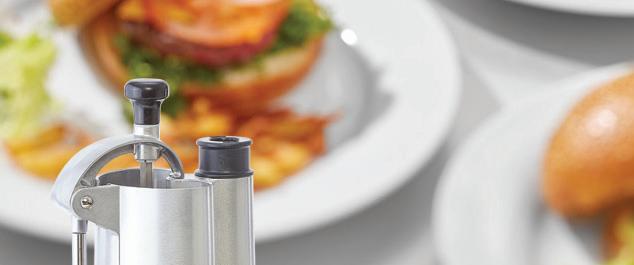
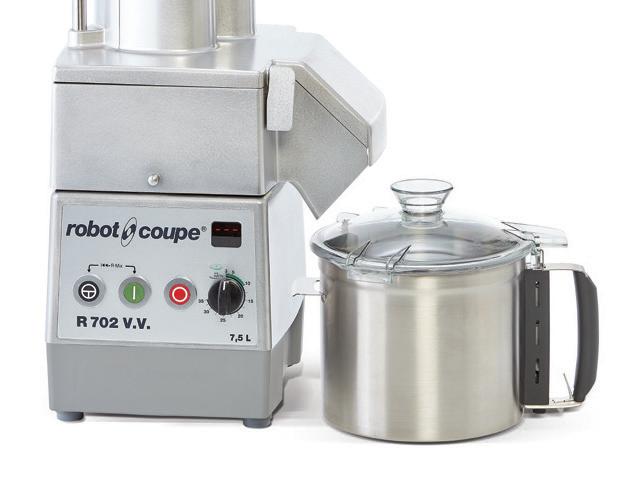
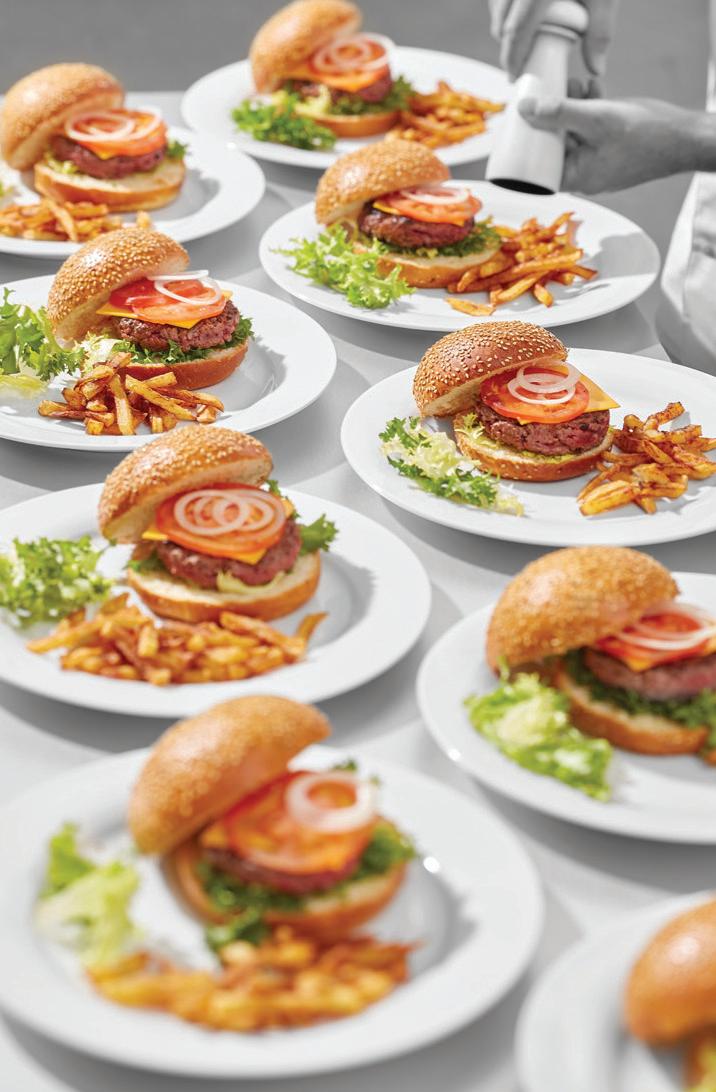
ROLE: SVP, Culinary Strategy
BRAND: First Watch
JOINED: 2014
UNIT COUNT: 480
From taking global culinary tours to watching TikToks about the latest foodie trends, First Watch doesn't draw any boundaries to where it can source its inspiration from to create new dishes and stay relevant. Shane Schaibly, senior vice president of culinary strategy at First Watch, spearheaded the brand’s seasonal menu program, introducing five seasonal menus throughout each year.
In an interview with FSR, Schaibly gives readers an inside look at how he manages to keep fresh ideas and flavors flowing at First Watch to stay ahead of competitors.
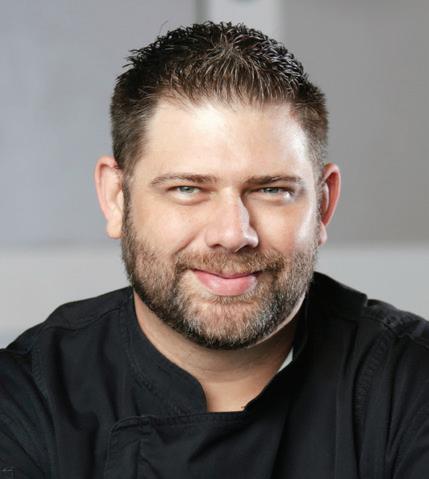 BY CALLIE EVERGREEN
BY CALLIE EVERGREEN
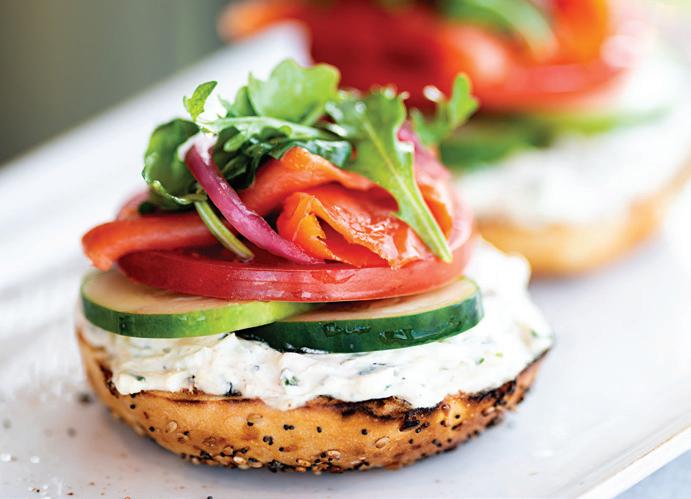
Can you walk us through your culinary innovation process?
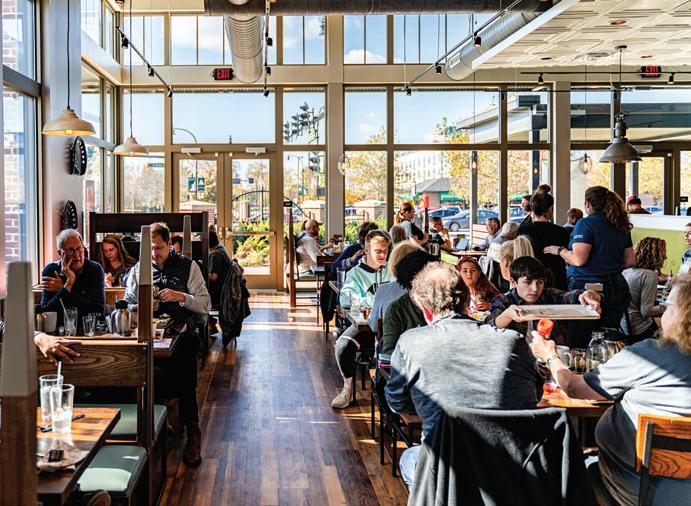

It always starts with just a collaborative conversation. We talk through what have we seen in our travels—we do one culinary tour every year, go to a big city, hit up all the independent restaurants, and just try and identify trends on our own. We love being students to the industry and learning and hearing what's starting to gain a little bit of steam, or what's a trend on TikTok or Instagram. We dump all these ideas out on the table; ingredients that are in season, dishes that have worked well for us in the past—a hash or a Benedict or a French toast has been really popular for us lately. And then how can we put these combinations together and make it exciting?
How do you narrow the ideas down?
We take 60 ideas and circulate them around— what gets you excited? We all get our votes and we tally them up. Frequently, the really good ones naturally float to the top and get the most checkmarks. So we’ll take probably the top 10 or 12 of those ideas and work on
them for the next two months. That’s the back and forth, that’s the R&D. And sometimes the ideas that we wrote down in the beginning, they evolve quite a bit, and they're not always exactly how we imagined it. Then we do a big showing of the dishes we’ve been working on and taste through them all, and through that process, the ones that are going to win almost always come to the top.
You’ve said before you want to be an antichain. How does that inform your approach to crafting menu items?
I don’t want to have to sit down and wonder, are we going to have to shave five cents off this dish? Instead it’s, "make the dish as good as it can possibly be, and we’ll figure out the dollars." If we were running one or two restaurants, that’s how we would do it, so why do it differently just because we’re big? Figure out how to continue those relationships with growers and make sure there’s enough watermelon out there for us to do our Watermelon Wake-Up every summer. I don’t ever want to be complacent and just go, “Oh, well, we’re too big, we can’t do that.”
THE LAST FEW YEARS HAVE BEEN A ROLLER COASTER FOR THE FRANCHISING INDUSTRY AS A WHOLE, but restaurants have bounced back from supply chain issues and labor shortages. Now, franchise brands of all types are demonstrating massive successes and are looking for enterprising new owners and operators to help them expand their national footprints. Learn more about a few of these growing brands here.


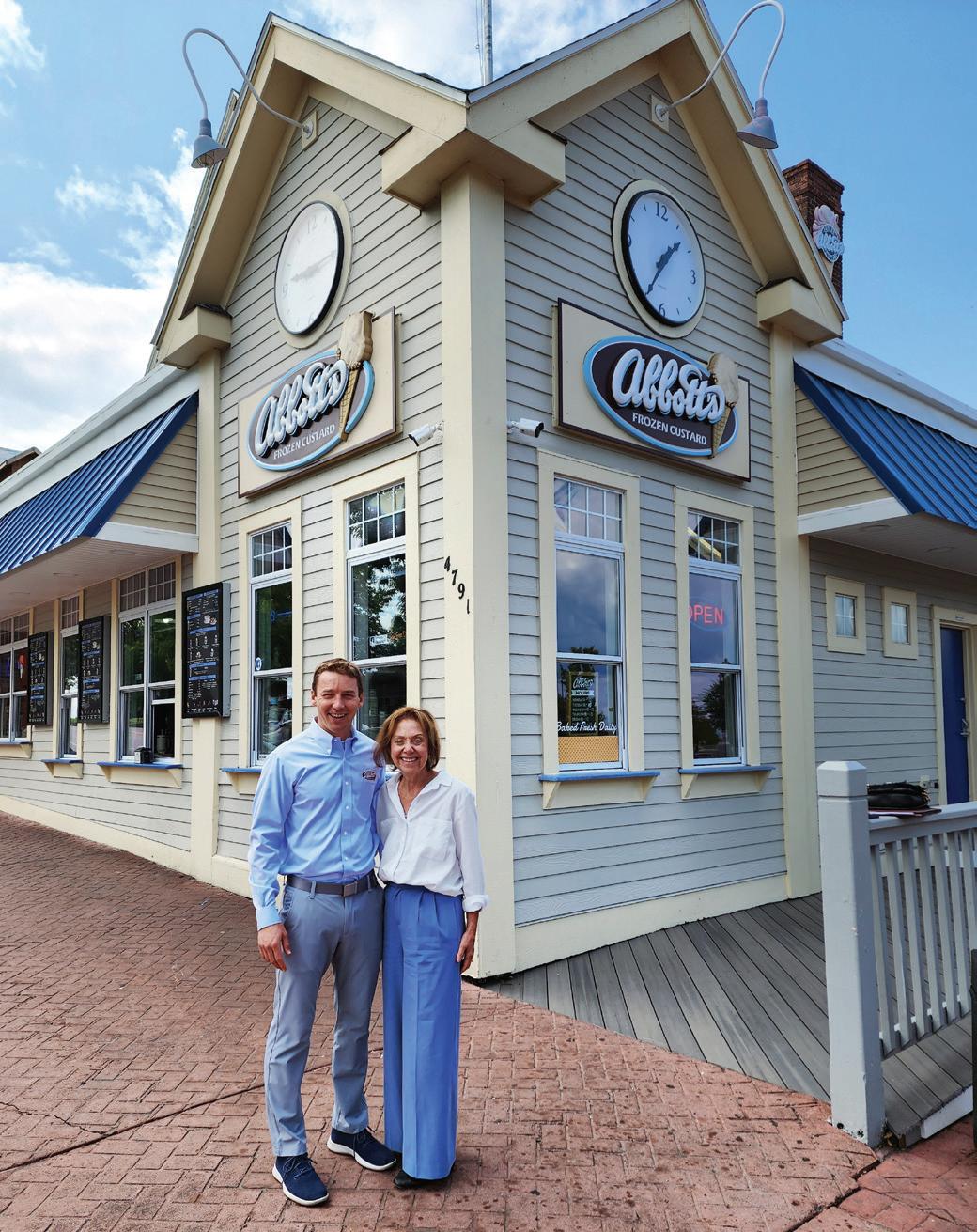
started to scoop, it had to be just right. “My mother always said, ‘you eat with your eyes,’ so, it had to look as beautiful as it was delicious,” she says. That signature “Abbott’s” scoop remains critical to Abbott’s success today. “Abbott’s kept my family together,” Drew says. “We spent every night talking about the business, how the day went, and what we would do tomorrow.” This made her decision to take over the family business that much easier. “I knew it was my responsibility to continue the Abbott’s legacy,” Drew continued.
LOCATIONS: 37
FUTURE LOCATIONS SIGNED:
More than 100
FRANCHISE FEE: $37,000
TOTAL START-UP C OSTS: $450,000–$1,200,000
Family is also why franchisees choose Abbott’s. “Most of them have families, and they want to build a family legacy. They also want to build something that connects their family to the community,” Drew says.
After more than a decade of advising clients at one of the world’s largest consulting firms, Gail’s only son Brenden Drew, now vice president of business development, rejoined the family business to lead Abbott’s expansion. It seemed to be the perfect fit—a family member working with franchisee families across the country.
WHEN ARTHUR ABBOTT, WHO FOUNDED ABBOTT’S FROZEN Custard in 1902, wanted to retire, he looked for someone who would feel passionate about the business the way he did—someone who loved Rochester, New York, who worked hard, and would appreciate the customers and the quality of Abbott’s Frozen Custard.
At the same time, Leonard and Thelma Schreiber, born and raised in Rochester, were looking for a business. They understood how much Abbott’s meant to the community and realized what a fantastic opportunity they had. In 1957, the Schreiber’s took the reins at Abbott’s when their daughter, now second-generation owner, Gail Drew, was just 10 years old.
Drew’s first job was counting pennies every evening before moving up the ladder to clean the counters inside and out. When she finally
Since the start of the franchise initiative, Abbott’s has treated their franchisees as if they were part of the family. Gail Drew actually calls new franchisees and welcomes them to the family. “We call them owners not franchisees,” Brenden Drew says. “Franchisees is a term used in corporate America. Nothing against that, but at Abbott’s, you’re part of the family, and that’s how we treat you.”
Abbott’s goal is to be the place where people go to celebrate after a special occasion or event. After the school concert, after the game, after the picnic, after a first date. It’s the foundation for the brand’s newly launched tagline, “Happily Ever After.”
“Happily Ever After” works on several levels. It usually signals the end of a fairy tale or the next chapter in a story. Abbott’s has a wonderful story to tell: its storied history, the family legacy it fosters, and the traditions it preserves. That’s what Abbott’s is all about, and that’s the promise to current and future Abbott’s owners. RF
To learn more, visit abbottsfranchise.com.


Since 1902, Abbott’s Frozen Custard has held its custard recipe a secret. What’s no longer a secret is the success enjoyed by Abbott’s franchise owners across the country.





Success begins with an exceptional, delicious frozen custard made fresh daily to create a diverse offering of flavors served in cones, sundaes, cakes, novelty items and more. It continues with a franchise system dedicated to operational excellence and the intensive training and marketing support needed to ensure it. It culminates in a Happily Ever AfterR experience for our owners and their guests.

Nintey-nine percent of bb.q Chicken’s system is franchise owned, and bb.q Chicken refers to franchisees as a “bb.q family.” Bb.q values each and every franchisee, which is why it has strategically developed a strong support system for new and current franchisees, including an extensive three-week New Store Opening (NSO) training program implemented upon signing with the growing brand.
Before every grand opening, bb.q sends out its marketing team to ensure the soft opening and grand opening go smoothly. Bb.q Chicken even sends corporate chefs to help train the employees to properly prepare the Korean fried chicken and other K-Food recipes.
POPULAR KOREAN FRIED CHICKEN FRANCHISE, bb.q CHICKEN, has been bringing mouth-watering light and crispy Korean fried chicken across the U.S. with its rapid national expansion. Over the last three years, bb.q (pronounced bee-bee-que) has seen 400 percent growth in unit count, and it continues expanding.
Known for its commitment to quality and consistency, bb.q Chicken boasts lighter, crispier, and more flavorful options than traditional American fried chicken, due to its distinct frying method of cooking chicken at a lower temperature. Each team member individually coats and hand brushes the brand’s signature sauces on each piece of chicken, creating the perfect combination of crispy texture and distinctive flavor in every bite.
Authenticity and consistency are core values at bb.q, and the franchise takes pride in ensuring that its fried chicken in Seoul tastes exactly the same as it does at any other location in the world. Many international food brands have “Americanized” their food selections, but that is not the case for bb.q, which strives to offer an authentic Korean culinary experience at all of its more than 160 U.S. locations.
“I feel fully supported by the bb.q corporate team in my own growth plan, starting with my first bb.q venture in Chino Hills, CA, and as I’ve grown to now be a multi-unit operator with five other locations in California,” said John Kim, Chino Hills franchisee. “Bb.q is an expert at franchising, and I definitely see room to grow with the company. The lengths the brand takes to set its franchisees up for success is unmatched, and I am grateful for its continued support.”
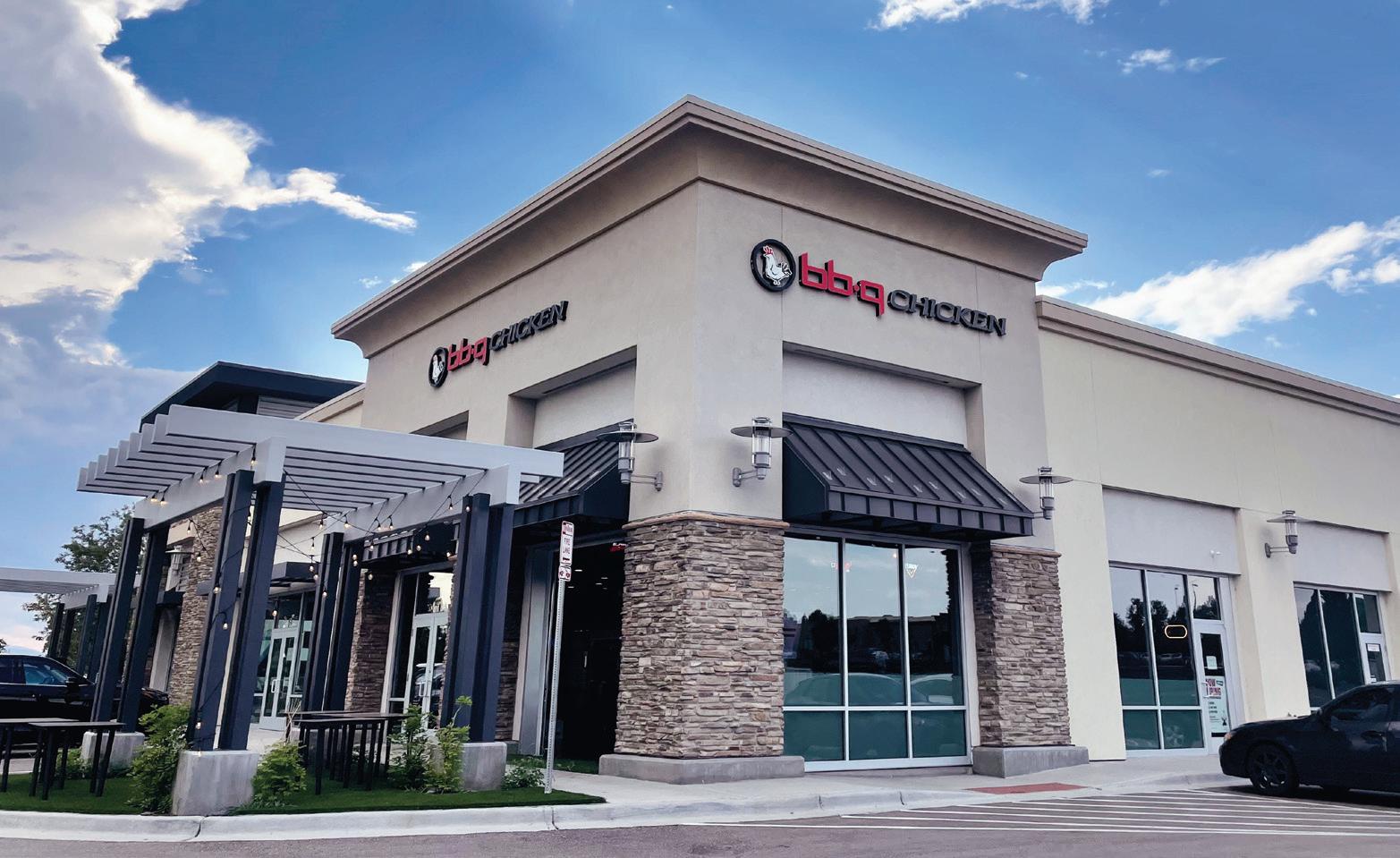
Bb.q Chicken also has three different restaurant concepts it offers franchisees, as different concepts might thrive better than others in different markets. The three restaurant formats include: bb.q Chicken Express, bb.q Chicken Café, and bb.q Chicken and Beer.

The franchise is constantly working with its franchisees to better understand how to learn and grow as a bb.q family, and it recently launched a new franchise development campaign to recruit more potential franchisees in several new states as the brand grows its footprint across the country. RF
For more information, please visit bbqchicken.com.
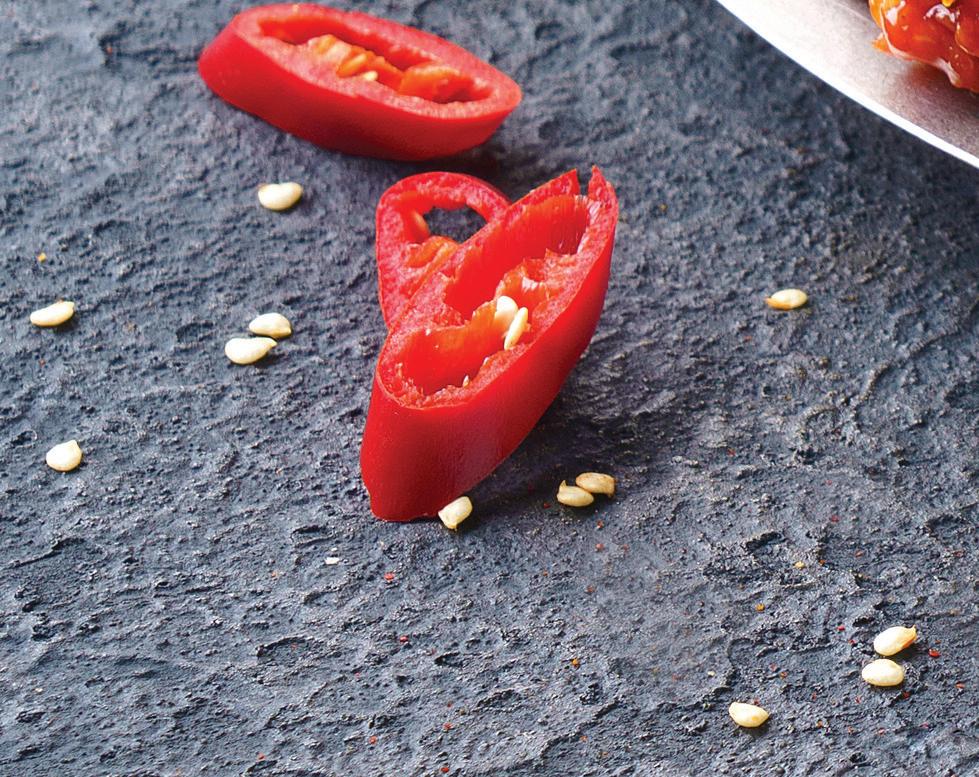
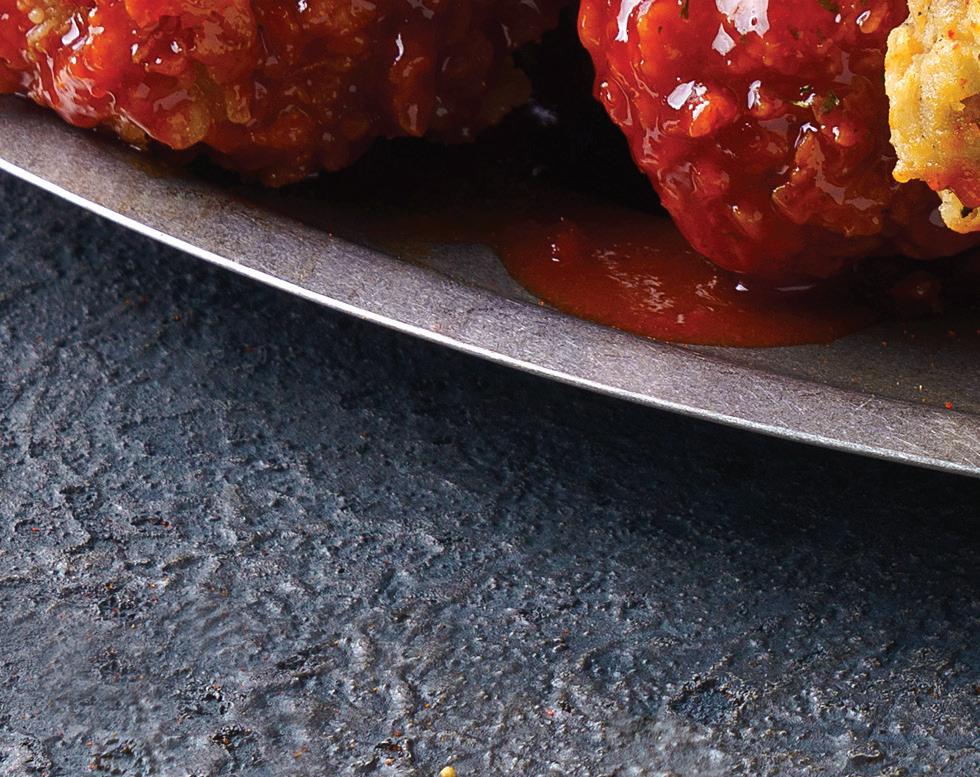











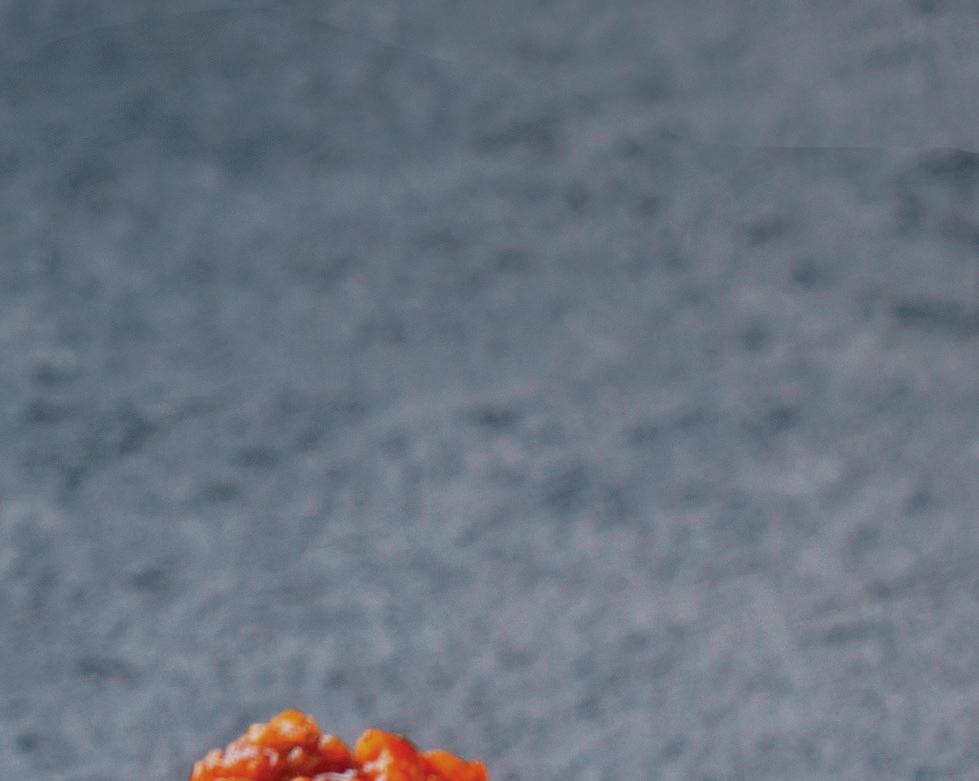



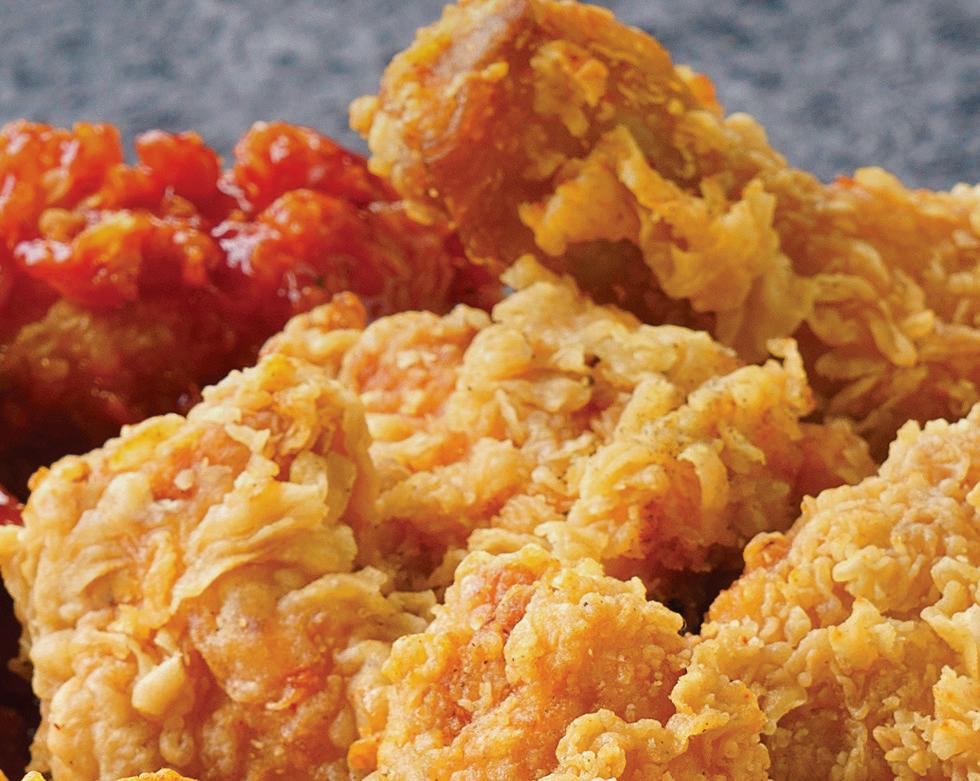
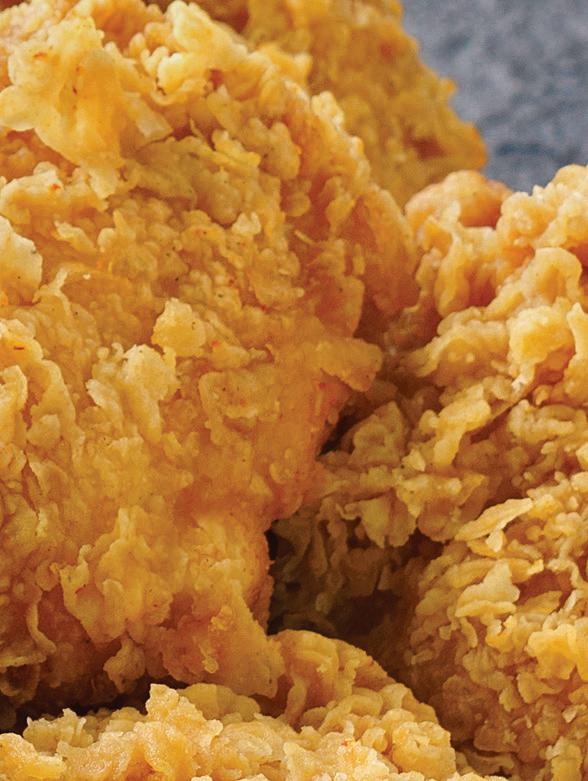

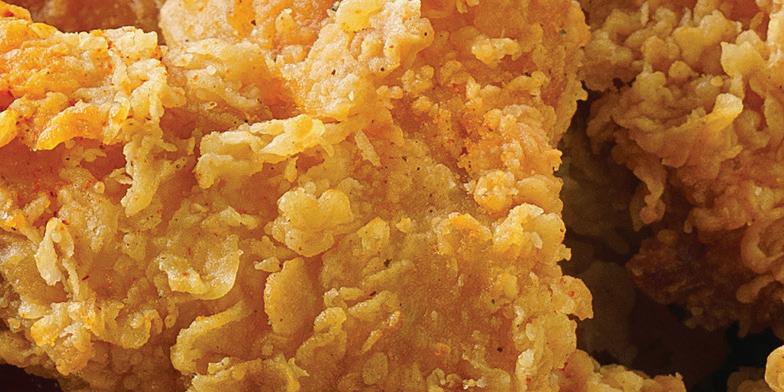

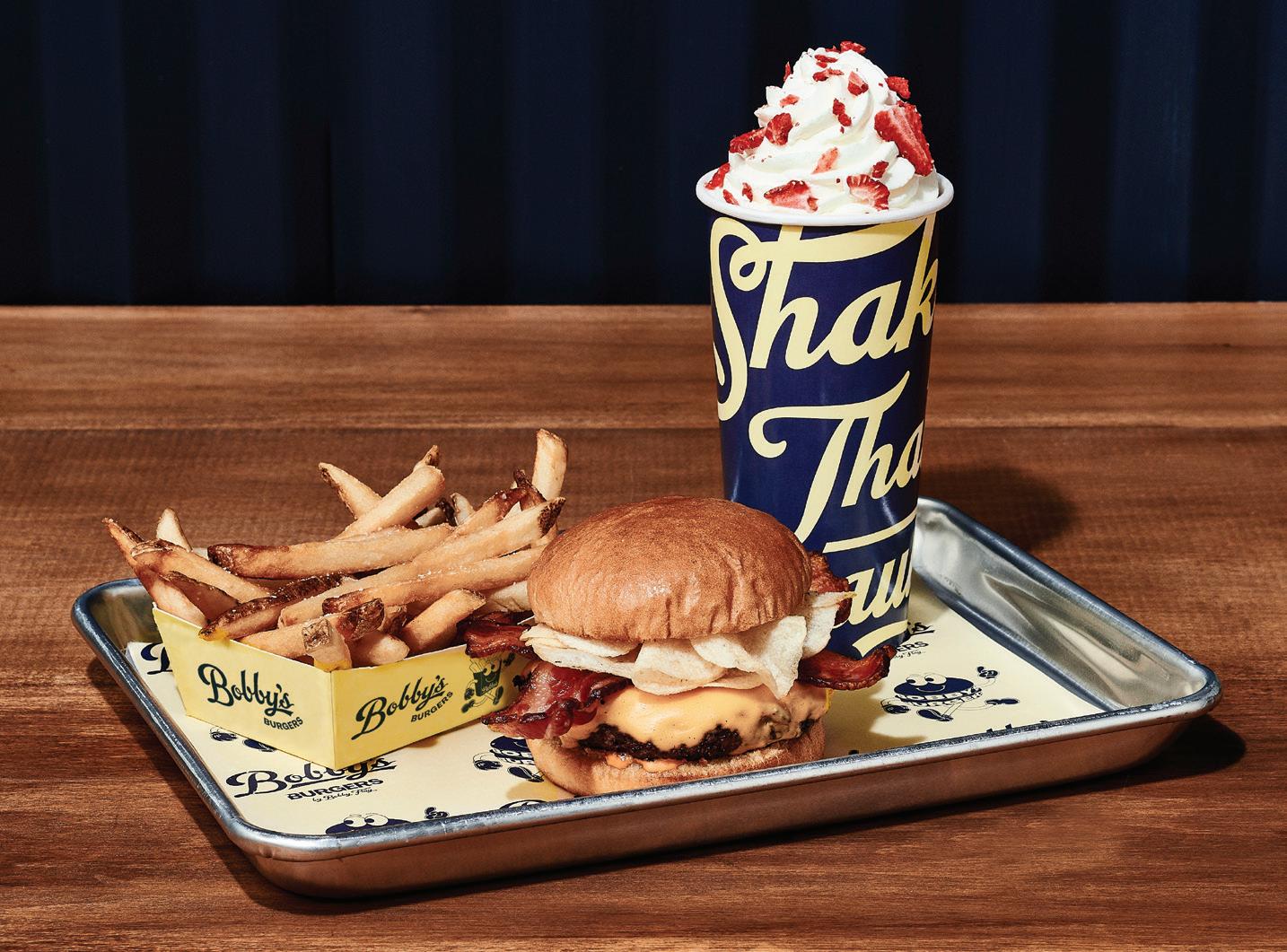
Nontraditional growth is also at the forefront, with the highly anticipated opening at the Phoenix Sky Harbor International Airport in August of 2023 marking the seventh location. Through its Caesars Entertainment partnership, guests can enjoy Bobby’s Burgers by Bobby Flay dining throughout Las Vegas, Atlantic City, and the new location at Harrah’s New Orleans that opened in early 2023. Among the highly-populated locations, Yankee Stadium is another venue where fans can enjoy craveable menu items while catching a baseball game.
“As we continue growing our footprint, we look forward to building out our nontraditional footprint in airports, casinos, military bases, as well as traditional neighborhood restaurants so that Bobby’s Burgers will be wherever our guests are seeking a unique dining experience,” says Michael McGill, president of Intelligration Captial. “At the end of the day, what makes our concept stand out against competitors is the hand-crafted menu that was conceptualized and executed by world-class chef Bobby Flay. Guests will have the chance to enjoy exceptional, high-quality dining, but in a fast-casual format.”
THE ULTIMATE BURGER EXPERIENCE IS HEATING UP 2023 after a multitude of milestones to expand its Flayvorful footprint. With a chef developed, innovative menu, efficient layouts, and established proof of concept, Bobby’s Burgers by Bobby Flay is where craveability and approachability intersect, and restaurant operators are ready to add a taste to their portfolio.
Bobby’s Burgers recently announced two monumental multi-unit deals, which will deliver exceptional dining to burger lovers in the greater Chicago area and throughout the state of Colorado. Each new market will introduce guests to a chef-driven concept that creates a unique Bobby Flay dining experience for all.
NET WORTH: $1 million
LIQUID: $500,000
TOTAL INVESTMENT: $500,000–$2.8 million
Bobby’s Burgers leverages a flexible restaurant design to fit multiple real estate options in any neighborhood. Build-out options include inline, endcap, and free-standing with drive thru.
Inspired by Flay’s love of Americana and his travels throughout the U.S., the Ultimate Burger Experience infuses a unique flavor profile in every bite. With every menu item handcrafted by Bobby Flay, each elevated burger, breakfast favorite, tasty side, and spoon-bending milkshake offers culinary creativity using only the highest-quality ingredients. Designed for restaurant operators by restaurant operators, the concept cuts no corners with its operational efficiency. From flexible footprints to streamlined operations, guests enjoy a fresh, quality experience every time with a model that franchisees can replicate at any scale.
Bobby’s Burgers by Bobby Flay is on the brink of a nationwide culinary expansion, marked by imminent new openings and brand enhancements. With an unwavering dedication to culinary excellence and an unmatched dining experience, the unique concept is redefining the burger segment, one bite at a time. RF
• Instant Bobby Flay Brand Recognition


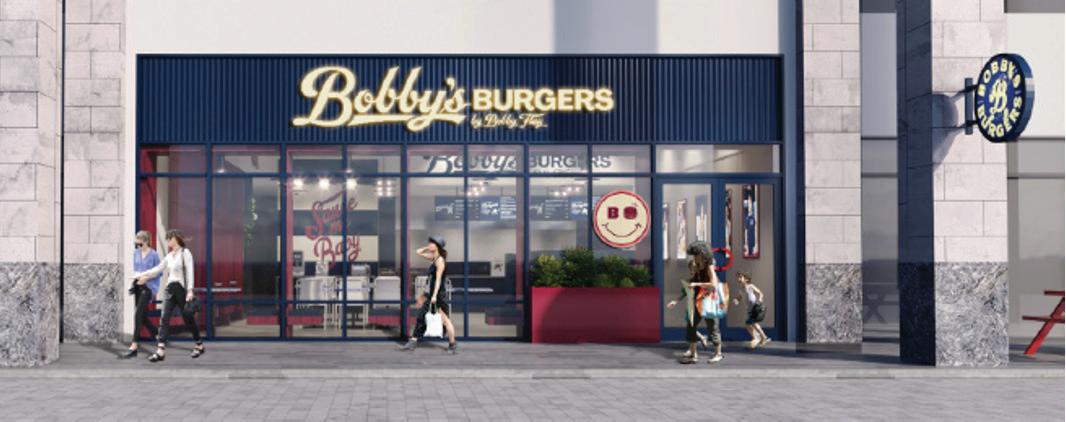
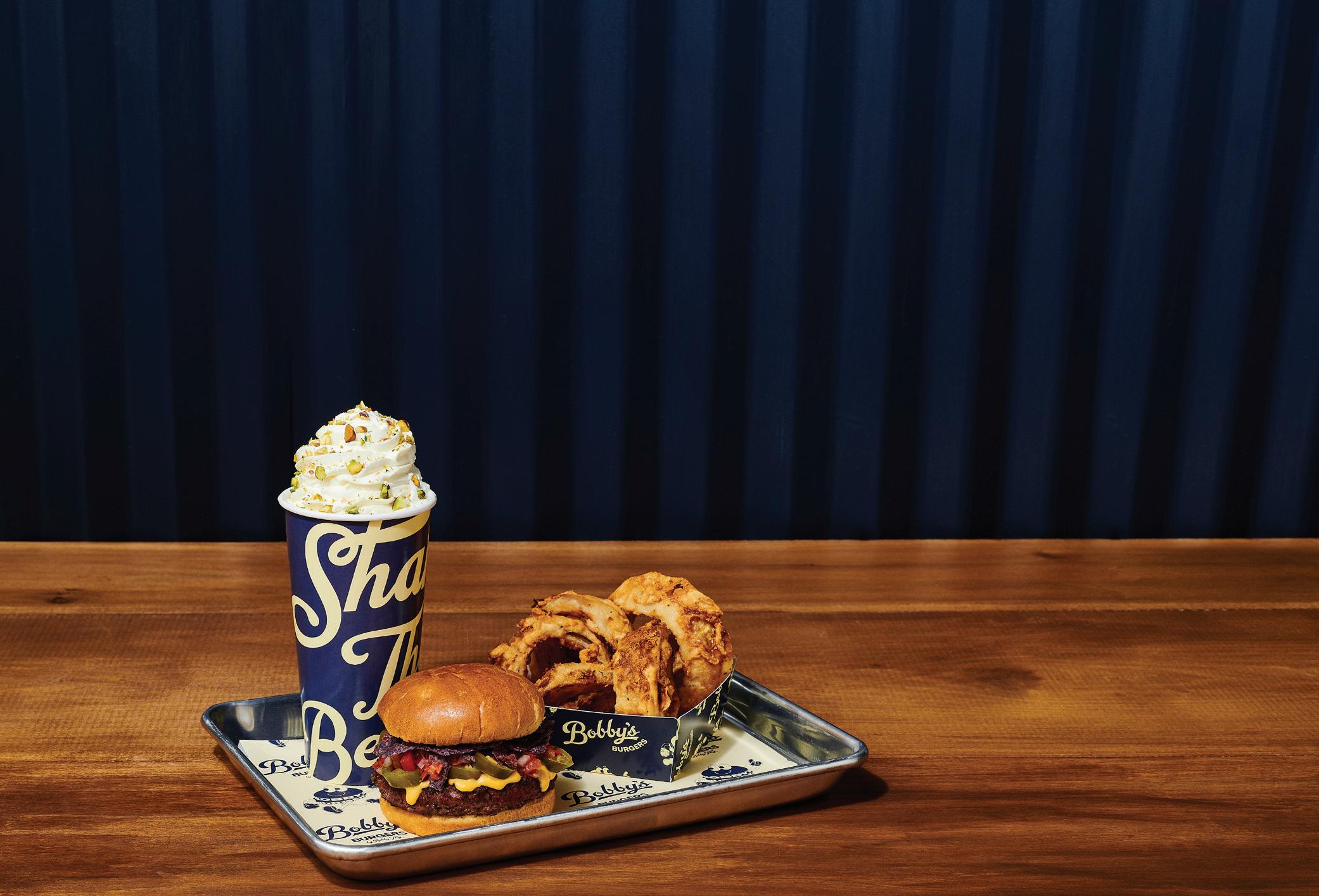
• World-Class Leadership Team
• A True Chef Driven Concept
• Non-Trad, In-Line, and Free Standing

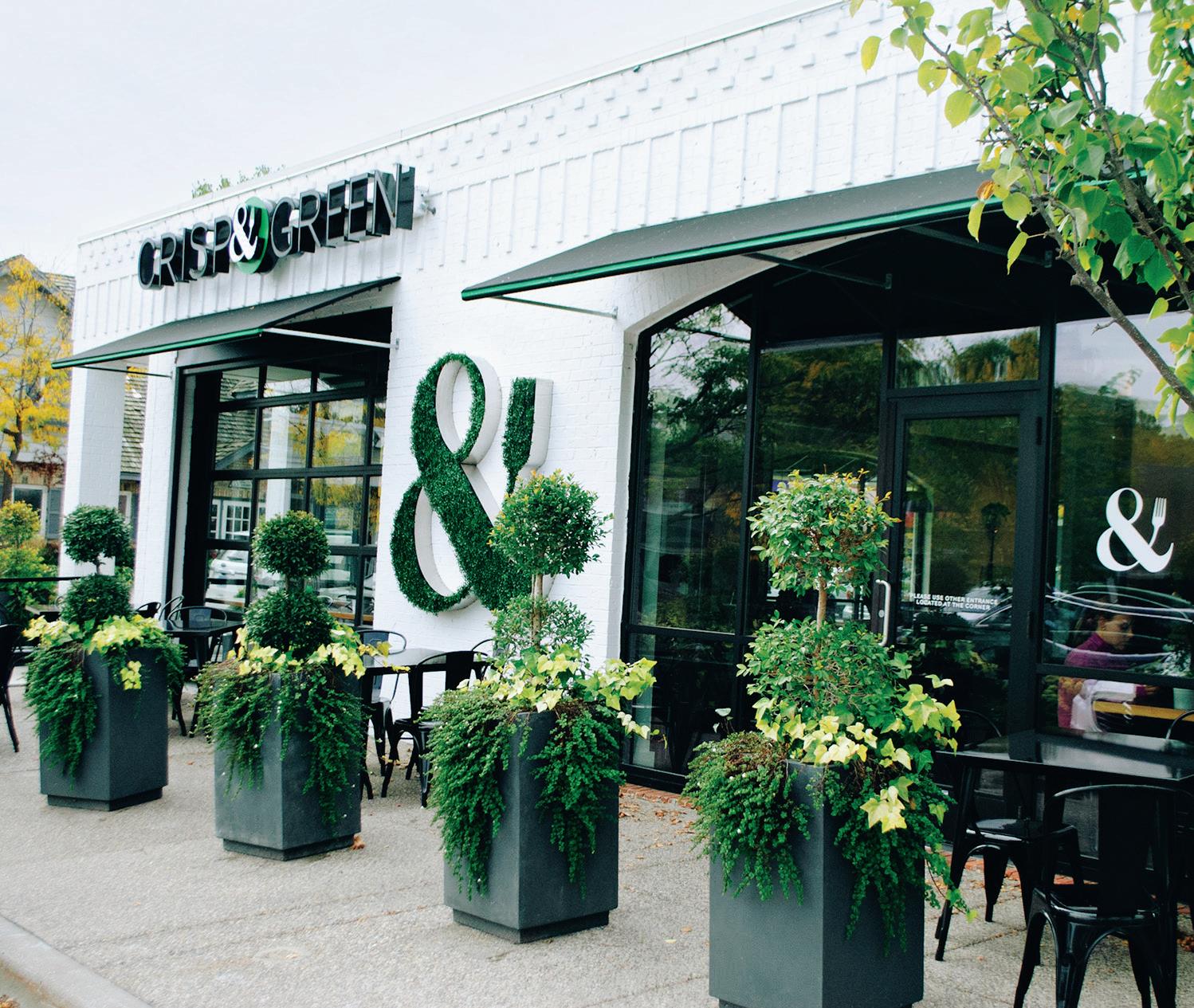
IN A WORLD WHERE UNHEALTHY CHOICES SEEM endless, CRISP & GREEN is on a mission to challenge the status quo for a better future. Founded just six years ago by fitness and wellness entrepreneur Steele Smiley, CRISP & GREEN is rooted in helping people live a better life through more positive choices.
“I created CRISP & GREEN because healthy, scratchmade and convenient food can be the greatest mover in someone’s wellness journey,” says Smiley, who now serves as Crisp & Green’s founder and executive chairman. “I’m looking for like-minded individuals to help spread this mission throughout the country.”
Today, the brand has become the fastest growing healthy fast-casual franchise in the country with over 200 locations open or in development—and it’s not stopping there.
5 YEAR GROWTH RATE: 100%
AVG. EBITDA**: $253,507
“Now more than ever, people are seeking options that benefit their health, and finding convenient options that are also nutritious and craveable can be a challenge,” Smiley says. “Our in-house culinary team has created an innovative and made-from-scratch menu featuring chefcrafted salads, grain bowls, smoothies, and acai bowls. These are quickly becoming an everyday favorite for tens of thousands of guests in over 14 states and counting.”
FIRST TO MARKET OPPORTUNITIES: Available
SUPPORT OFFERED: Real estate, buildout, marketing, and operations
In addition to serving sustainable, affordable, and deliciously uncompromising food, CRISP & GREEN provides healthy living beyond the kitchen through its unique “Live Crisp” wellness events. By partnering locally with the best-in-class fitness experts, CRISP & GREEN hosts complimentary fitness events on a frequent basis, fostering a priceless connection with each community.
Executing on Smiley’s vision for a healthier world means having the top talent to do so. Led by CEO Kelly C. Baltes, a restaurant industry veteran with almost 30 years of leadership experience in both founder-led

and private-equity brands, CRISP & GREEN has assembled a worldclass team of restaurant and franchise experts. From real estate and buildout to marketing and operations, this sophisticated team is dedicated to delivering superior results through supporting the company’s franchise partners both in their open locations and units under development.
On a quest to continue its track record of doubling in size year-over-year, the franchise team is preparing for its busiest quarter yet, opening up in both small towns and major metropolitan cities throughout the U.S. With plenty of additional opportunities for growth including existing and first-to-market options, CRISP & GREEN is seeking experienced multi-unit operators to join this revolutionary movement that’s changing communities for the better. RF
To learn more, visit crispandgreen.com/franchise
With over 200 locations open or in development, the brand is changing the way consumers relate to food.
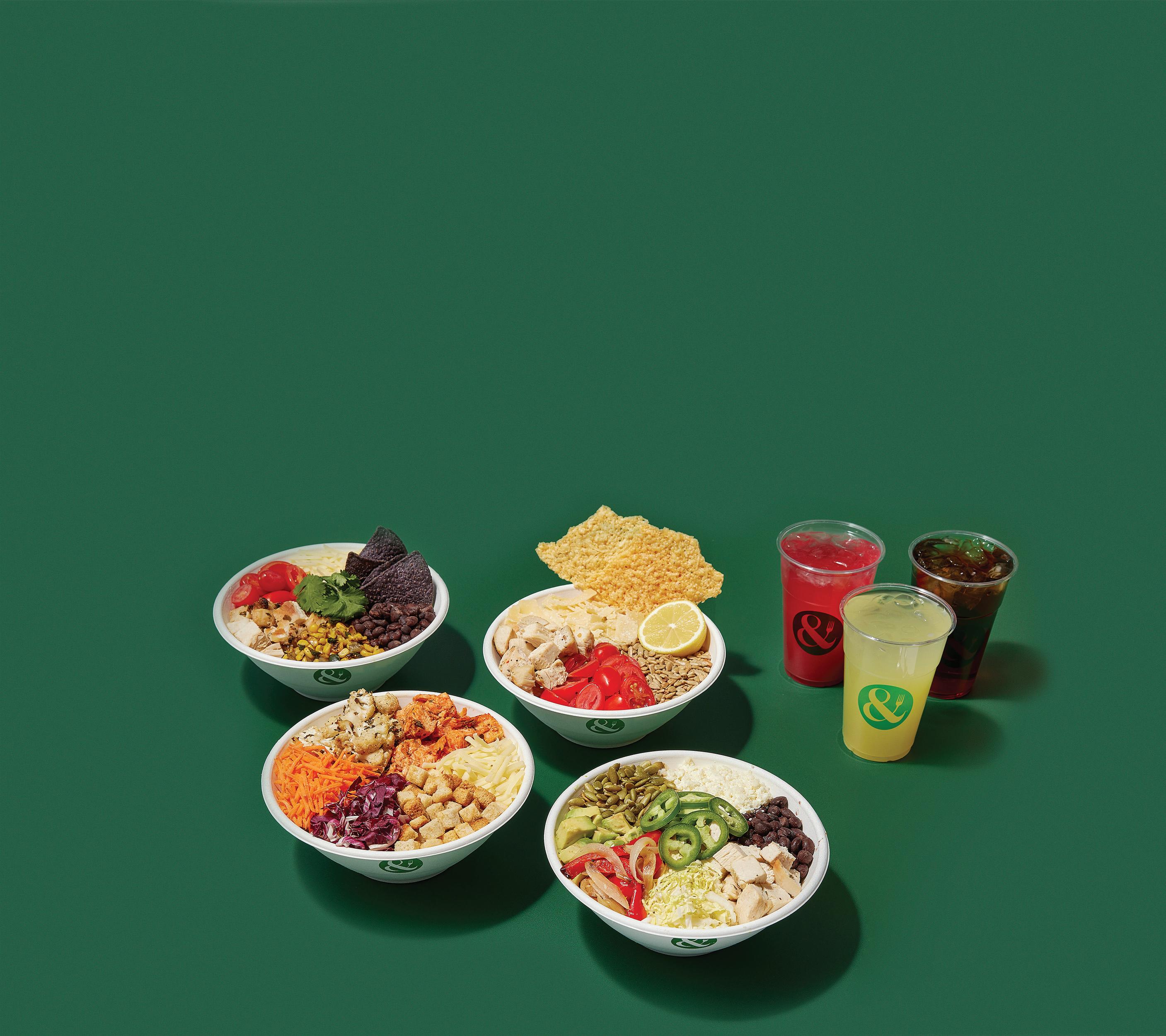

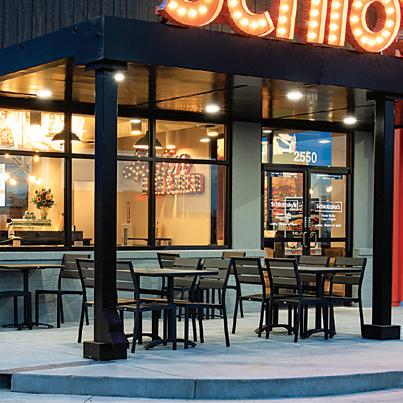


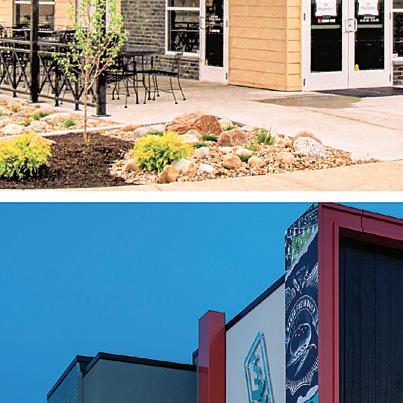
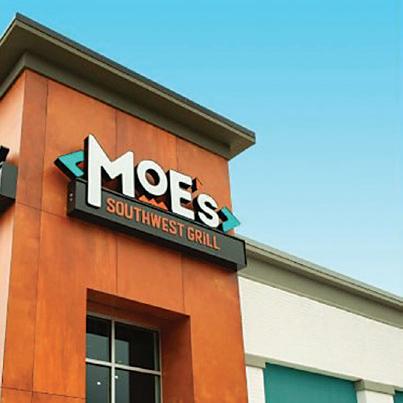
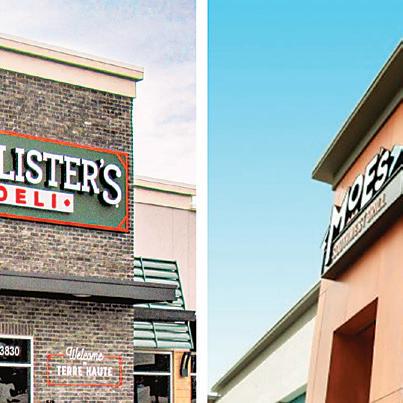
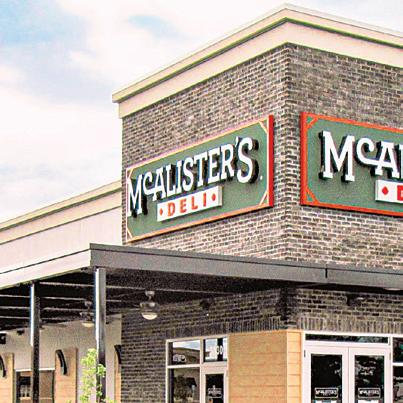
WHAT DO A MEXICAN CONCEPT, A SANDWICH chain and a classic American deli have in common? All under the Focus Brands portfolio, Moe’s Southwest Grill, McAlister’s Deli, and Schlotzsky’s are successful fast-casual brands that have stood the test of time, reaping benefits for franchisees while growing in favor among diners. Although significantly different, these brands use similar recipes for success to help franchisees thrive, fulfill consumer demands, and adapt to an ever-changing world.
For Moe’s Southwest Grill, Schlotzsky’s, and McAlister’s Deli, menu innovation is always top of mind. Constantly evolving ingredients and offerings to stay ahead of industry trends and keep guests coming back is critical. Following the pandemic, Moe’s revitalized its menu options and introduced a “Greatest Hits” menu featuring more fan-favorite burritos, such as the Moe
Meat Moe Cheese burrito and the Edgy Veggie, as well as a new line of sauces that explore a variety of flavors outside of the brand’s previous wheelhouse. This massive menu overhaul is just one of the ways these brands have created competitive menus with something for everyone, ultimately benefiting franchisees.
Additionally, the adaptability of these brands’ menus enables catering to serve as a valuable additional revenue stream for franchise owners. The loveable, well-known traditions of Moe’s, Schlotszky’s, and McAlister’s can flex to provide the perfect offerings for work lunches, graduations, birthday parties, and other special events while simultaneously opening areas for growth and expansion beyond the traditional store. For McAlister’s, reintroducing breakfast catering in 2022 allowed the brand to capitalize on readily available ingredients and products in-store to expand its menu architecture, while establishing a unique competitive edge that grows its catering business in all dayparts.
With a shared commitment to fueling growth, Moe’s, Schlotzsky’s, and McAlister’s each offer stores that are designed to fit almost anywhere, complete with advanced digital structures that help to simplify restaurant operations and increase guest satisfaction. Schlotzsky’s two most recent prototype developments, the Design 1000 and Design 1800, provide flexibility and accessibility for a variety of retail spaces in both new and established markets, further expanding its footprint across the country.
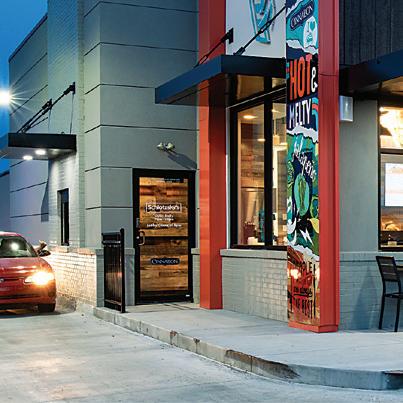
As consumer expectations rapidly evolve, so must processes and deliverables that measure up to digital trends and enhance the customer experience. Within all three brands, recent technological advancements, such as enhanced mobile apps and drive-thru pick up windows, prioritize efficiency for franchise owners and fulfill the fast, dependable service customers expect.
All these things make these iconic restaurant brands ripe for franchise growth—Moe’s Southwest Grill, Schlotzsky’s, and McAlister’s Deli are offering exciting incentives for new franchise deals signed through December 20, 2023. For qualified franchisees, incentives for all three brands include discounted initial franchise fees and lowered advertising and royalty fees for new units in the first year of operation. RF
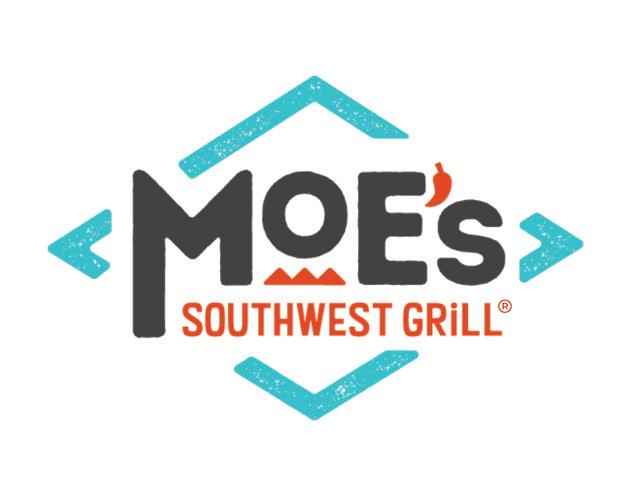

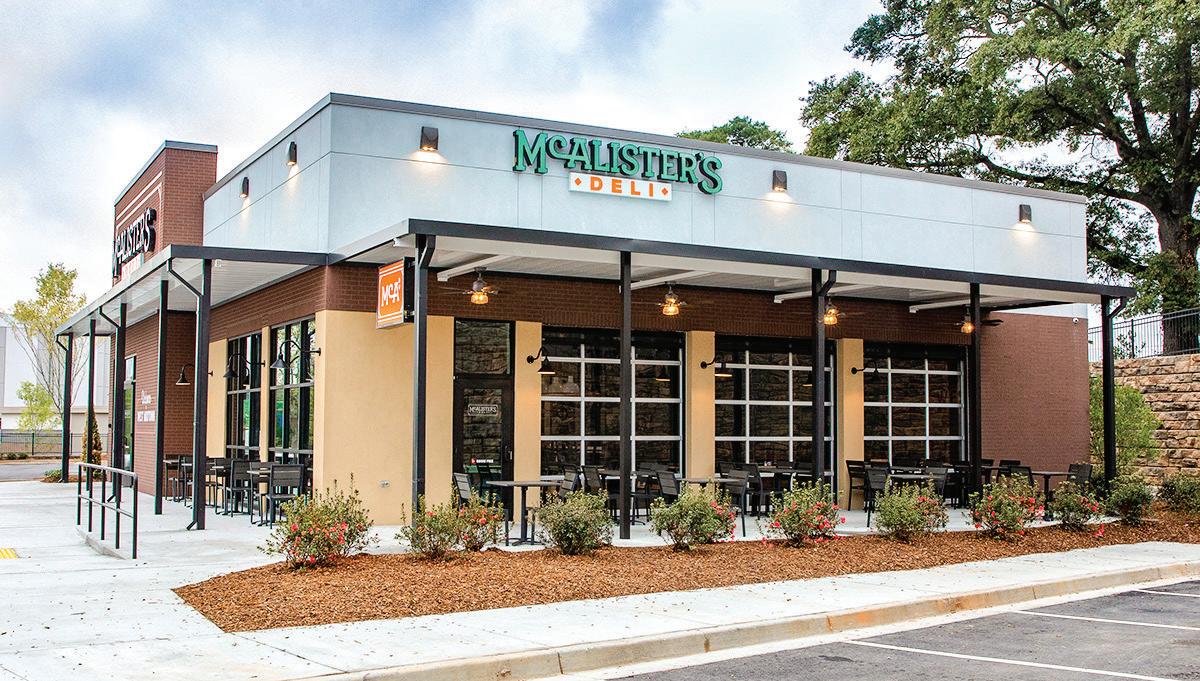
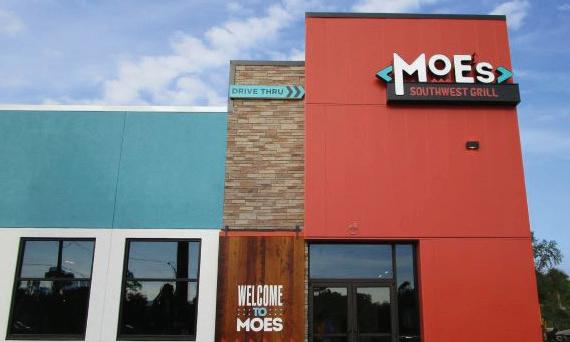
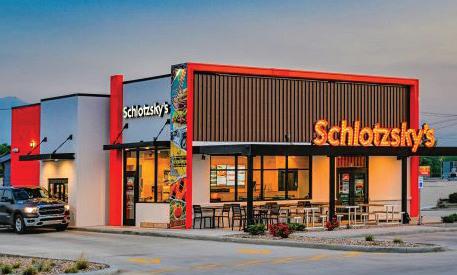
GLORIA JEAN’S COFFEES IS AN ESTEEMED BRAND of Retail Food Group (RFG), a leading, full-service, global food and beverage company headquartered on the Gold Coast, Australia, with a regional presence in Chicago. After entering the Australian market in 1996, Gloria Jean’s Coffees has become a global success story.
Great coffee has been the driving passion for Gloria Jean’s Coffees since 1979. From the first store that was opened by Gloria Jean Kvetko in Chicago to the more than 600 stores across the world today, the brand has been on a mission to bring flavor to the world of coffee.
Gloria Jean’s believes that bringing flavor to the world starts with finding the best flavor in the world. The brand sources coffee beans from the world’s best coffee growing regions: Africa, Asia, and the Americas. From robust roasts to lighter delicate blends, the company believes that every cup of coffee served should begin with unmistakable flavor.
The brand’s commitment to flavor flows through everything it makes, from cozy hot drinks to handcrafted Chillers and over-iced beverages. Flavor is baked into delicious food offerings, and, perhaps most importantly, into who the brand is. Flavor has always meant more than how things taste to Gloria Jean’s. Its kind of flavor means character, personality, and flair. The brand’s leaders know that when they bring their own diverse flavors to the table, they can create something bigger than just coffee; they create moments where everyone can be themselves.
The brand’s tagline “Cup by Cup, Chiller by Chiller, Smile by Smile and Store by Store” is in everything the team does—it’s who they are. They believe in flavor or nothing.
Gloria Jean’s Support Office Team will engage new partners in a world-class training program at its corporate office in Chicago and covers theoretical and practical aspects of coffee making, guest service,
operational standards, and strategic marketing initiatives.
A combination of effective business tools and methodologies refined over many years of operation are the key to the training program’s success. The brand has put in place leading-edge platforms, such as 24/7 online learning, communications tools, and practical in-store training to help strengthen teams. Gloria Jean’s strong vision, quality products, strategic business format, proven operating system, creative marketing approach, and consistent support will ensure success and longevity in store.
Gloria Jean’s franchise network comes from all walks of life, with various backgrounds and experiences. It provides a business model and support teams to help build and establish a coffee house with ease. RF



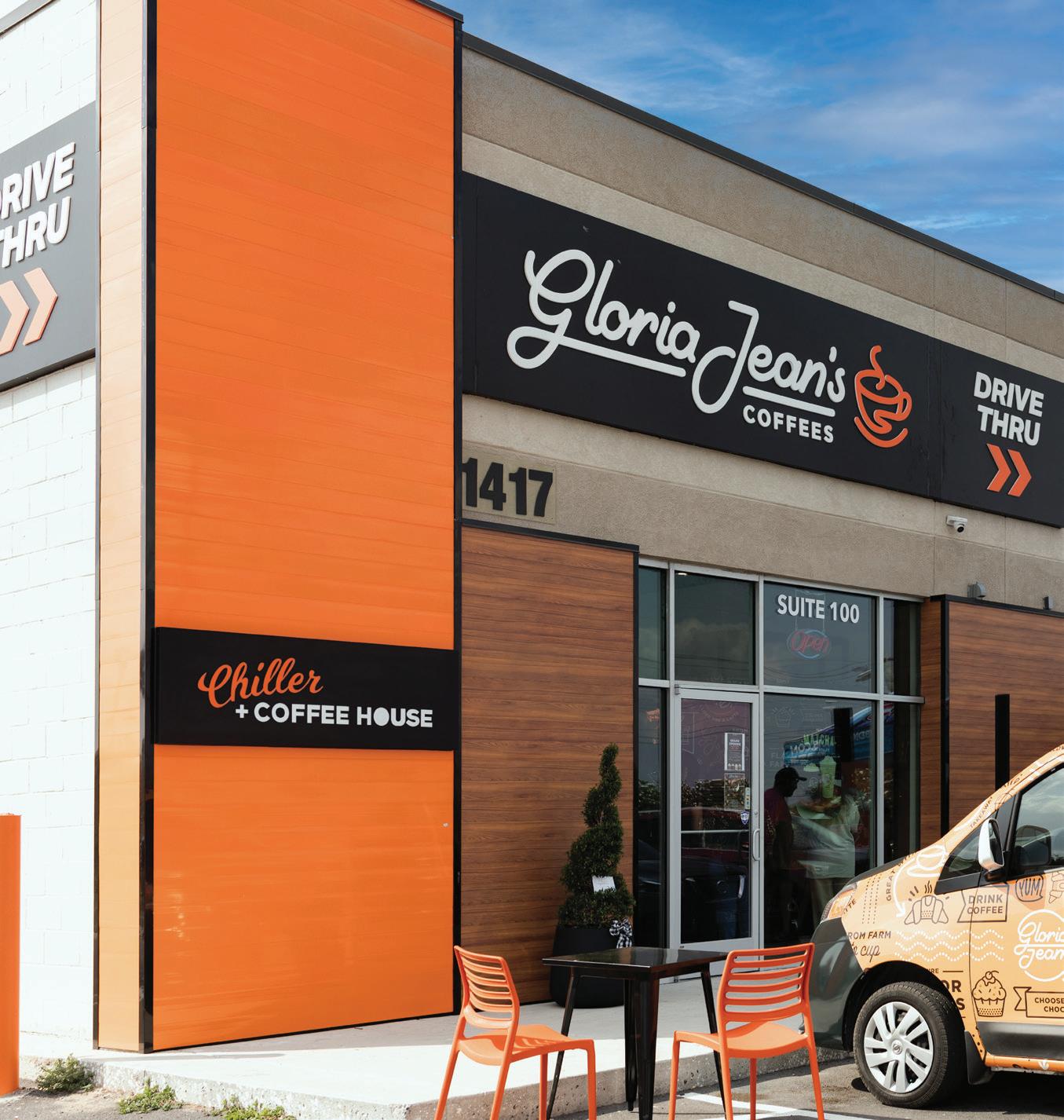
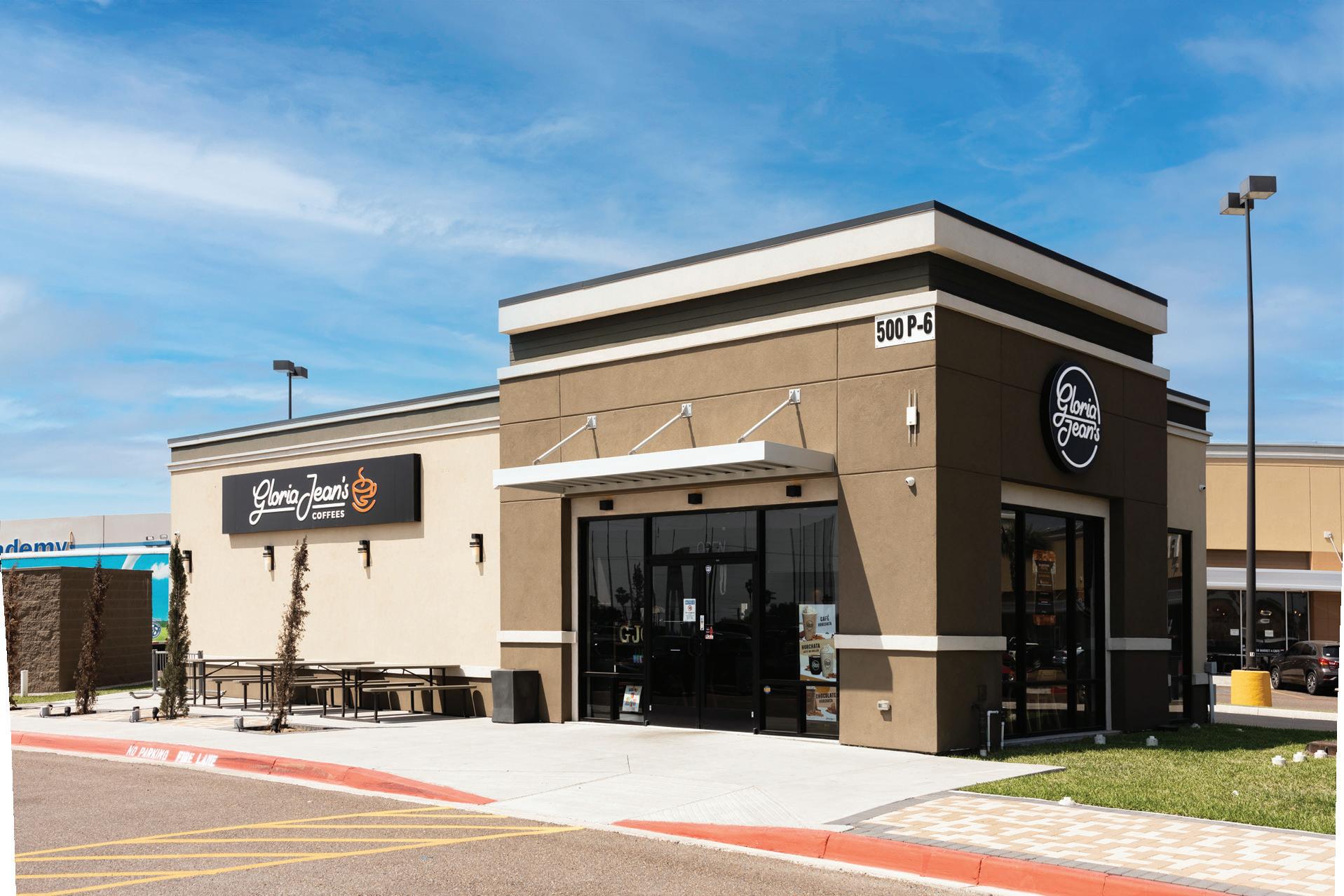


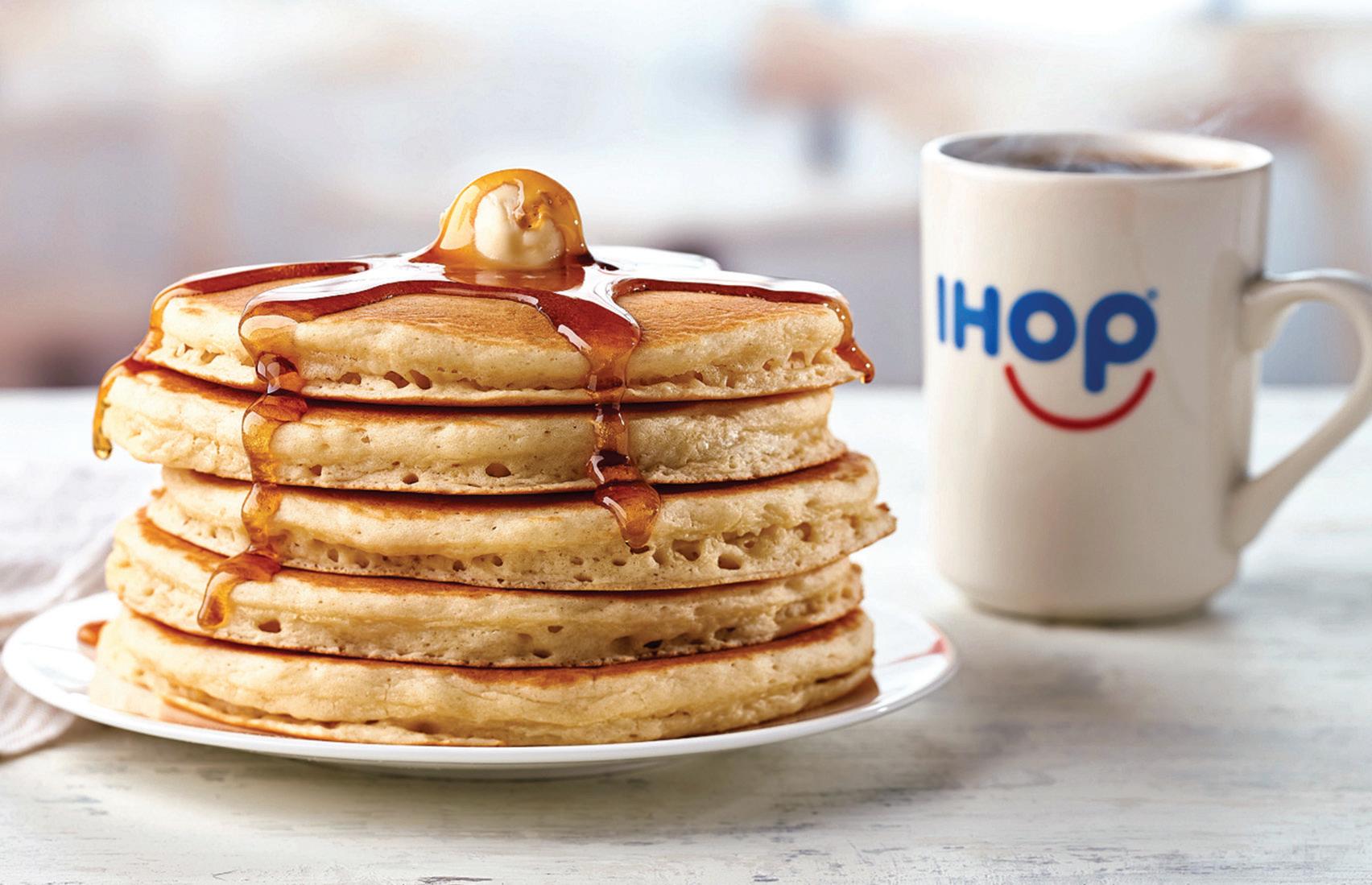
FOUNDED IN 1958, IHOP IS AN ICONIC brand that has continued to provide quality food and innovative menu items to its guests for 65 years. From new prototypes, core menu items, and LTOs that go viral to a new loyalty program and digital experiences for guests, the brand prides itself on proactively adapting to industry changes and always listening to its guests’ needs.
“We are a heritage brand, but we focus on menu innovation and different avenues of development to stay relevant to guests—and to drive brand awareness by capturing new guests,” says Jacob Barden, vice president of development at IHOP. “We are always looking at new ways to evolve our business and bring more smiles to our guests’ plates.”
At the end of March 2023, IHOP introduced its largest menu evolution to date, bringing back a selection of classic guest favorites like the Cinn-AStack pancakes. The re-engineered menu also features new options that focus on quality and lean into all dayparts. Meanwhile, IHOP is focusing on the development of not only its traditional, fullservice restaurants, but also “a smaller expression, counter-service-type model for non-traditional venues,” Barden says.
U.S. LOCATIONS: More than 1,600
MINIMUM LIQUIDITY: $500,000
The International Bank of Pancakes loyalty program launched in 2022, and its growth has exceeded the company’s wildest ambitions. “Not only have we seen our IHOP app downloads triple and lead in the category, but we added over four million members in the first nine months, which also accounted for five percent of sales by the end of 2022,” says Barden.
MINIMUM NET WORTH: $1.5 million
At the same time, the brand rolled out a new IHOP app and a new online ordering experience. Now guests can pay their checks from their phone by scanning a QR code on their receipt. The app and website were also designed to remove common friction points some may have experienced when ordering in the past, allowing guests to better customize to their tastes.
Amid these successes, IHOP is offering a range of development incentives for new and existing franchisees, as well as strategic growth plans
for traditional and non-traditional development—while also emphasizing speed to market and cost-effectiveness.
“When you become an IHOP franchisee, you gain strong experience from a nationally known brand, as well as a sense of community and belonging within our franchise community,” Barden says. “We have an experienced base of existing franchisees that participate in various committees and provide feedback on programs and initiatives in real time.”
IHOP franchisees have the support of an experienced leadership team as well as the experience of IHOP’s parent company, Dine Brands Global, one of the largest full-service restaurant groups in the U.S. Franchisees receive ongoing field marketing support; local and national advertising; consultations for on-site selection and process, architecture, design, and development; and ongoing operations consultation.
“We have opportunities available in select domestic prime markets and internationally for both traditional and non-traditional development,” Barden says. “A widely recognized and loved family dining brand, we are looking for experienced operators to continue our brand consistency, adaptability, and growth.” RF
To learn more, visit franchise.ihop.com/en/us/request-more-info.

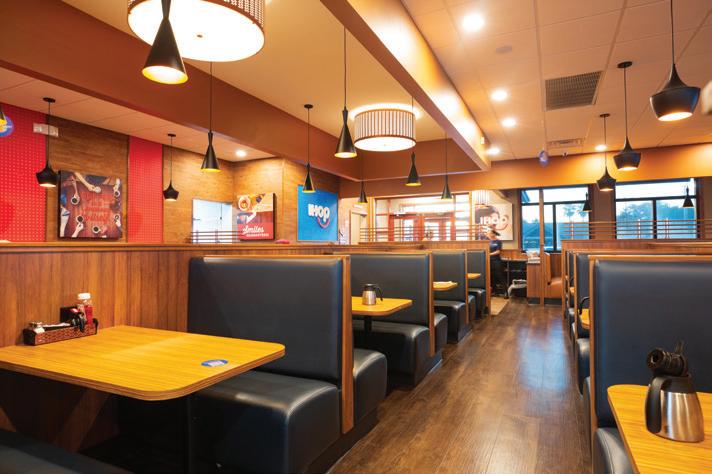

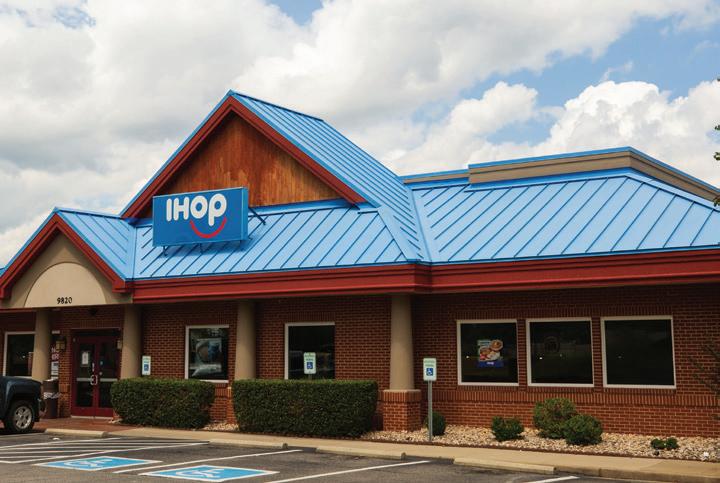

We have opportunities in select, prime markets and non-traditional venues for qualified restaurant operators and developers with varied incentives for development.*
• Widely recognized and loved brand in family dining where guests feel welcomed and can enjoy classic favorites and craveable menu innovations any time of day
• A powerhouse brand that is a part of Dine Brands Global, a publicly traded company and one of the largest restaurant groups in the U.S.
• A dynamic brand that aims to deliver on popularity, relevancy, adaptability, and support
• An established franchise system with a business model and flexible design—from conversions to freestanding, endcap, in-line and non-traditional—adaptable across varied venues

The menu features both hot and cold sandwiches, and guests enjoy the complimentary mouthwatering chocolate chip cookie that comes free with every sandwich. Mr. Pickle’s also specializes in salads and has an impressive catering program.
“Mr. Pickle’s is also a leader in online ordering technology, partnering with both DoorDash and Paytronix Systems, Inc., one of the most advanced digital guest experience platforms in the world. Through the partnership, Mr. Pickle’s uses the full Paytronix Platform for its loyalty, order, delivery, mobile, and gift system,” Nelson says.
Through this mechanism, guests are able to get brick-and-mortar pricing directly from the Mr. Pickle’s website.
“We’ve also invested heavily in expanding our loyalty program—Pickle Points—based on customer feedback and evolving technologies,” Nelson says.
UNTIL THIS YEAR, MR. PICKLE’S SANDWICH SHOP was one of the best-kept secrets in the country. A beloved northern California “cult” brand, it grew by word of mouth from one to 56 locations over the course of almost 30 years. Now, under the leadership of veteran franchise gurus who successfully expanded the brand into Arizona in recent months, the secret is out, and Mr. Pickle’s is offering franchise opportunities nationwide.
“We are built differently on purpose and with purpose,” says CEO Michael Nelson, a veteran of Carl’s Jr., Subway, and Wing Stop brands.
According to Nelson, Mr. Pickle’s core ingredients are unique by design.
AUV: Over $1 million AWARDS: NRN Top 500, Top 100 Under 100 CONSECUTIVE GROWTH: 36 months of same store sales and transactions
29 years of Craveable sandwiches
“Our specialty bread isn’t bound by the sizing scrutiny seen for decades in the sandwich segment. Rather than the bland uniformity, Mr. Pickle’s prides itself on premium quality,” Nelson says, noting that Mr. Pickle’s offers Santa Maria Tri-Tip free from liquid smoke and has the fluffiest, most satisfying take on Dutch Crunch bread on the market.
Mr. Pickle’s is well-positioned for explosive growth. In recent months, it has already garnered commitments for 25 additional locations in California and Arizona.
“We are looking for experienced multi-unit restaurant franchisees across the country to join us as we expand Mr. Pickle’s nationwide,” Nelson says, adding that all franchisees receive strong, consistent support. “We stand with and behind our franchisees, using our long-term relationships with regional commercial brokers to assist with site selection. We also provide construction support, lease negotiation support, in-store training, mentorship, and more.”
The store design is adaptable to nontraditional construction and centers—it isn’t limited to a standard rectangular space, and very little buildout is required. Mr. Pickle’s also does not use traffic counts for site selection—instead, it refers to state-of-the-art artificial intelligence technology that is free for the franchisee. RF
To learn more, visit www.mrpickles.com/franchising.
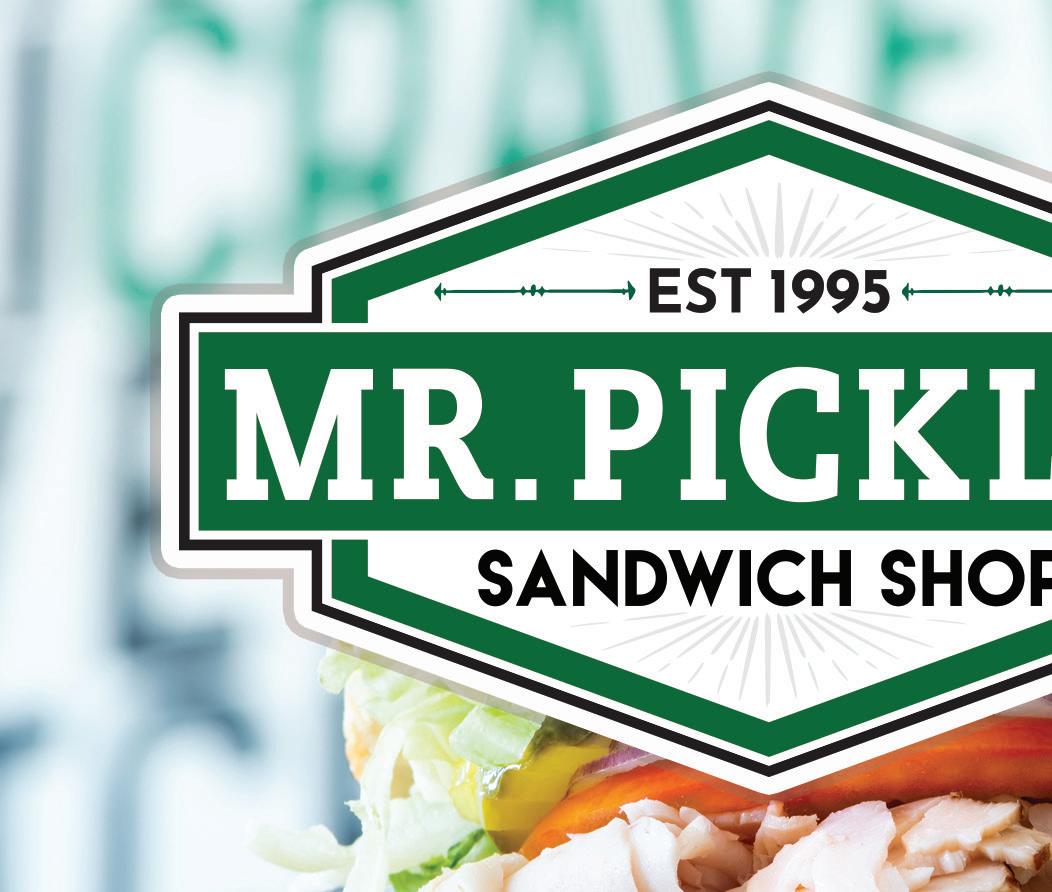
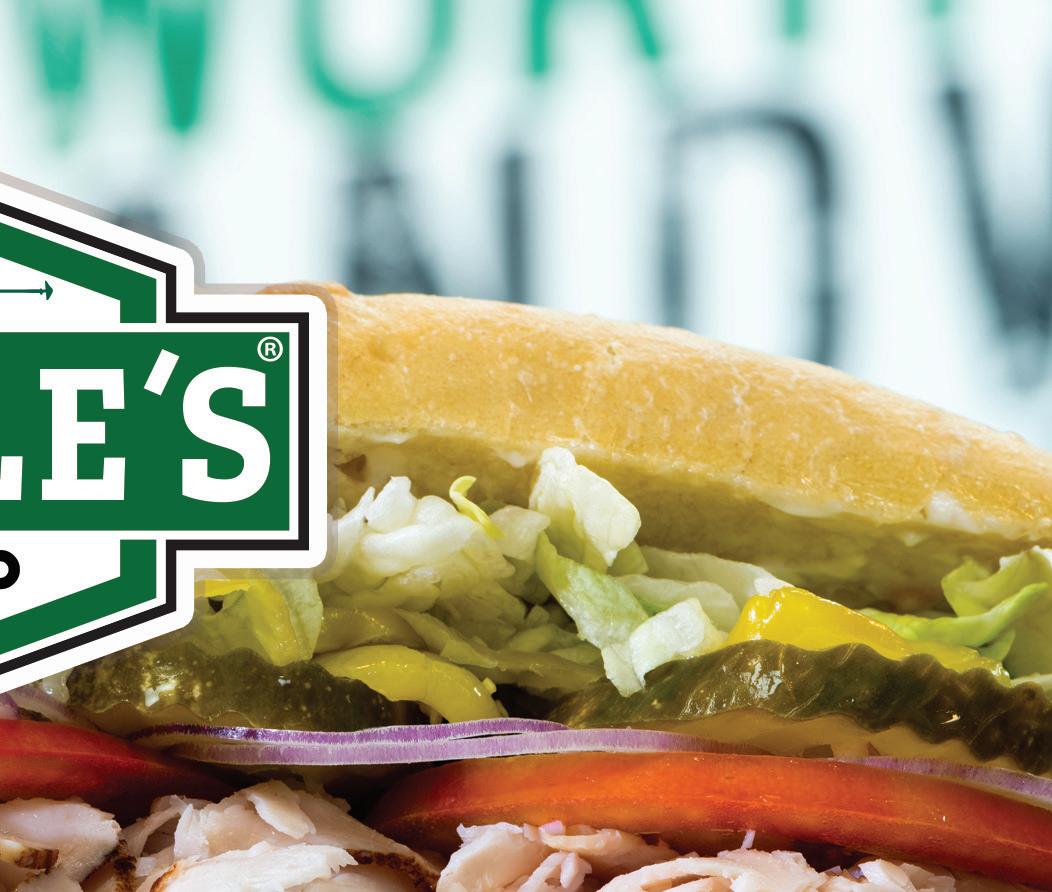

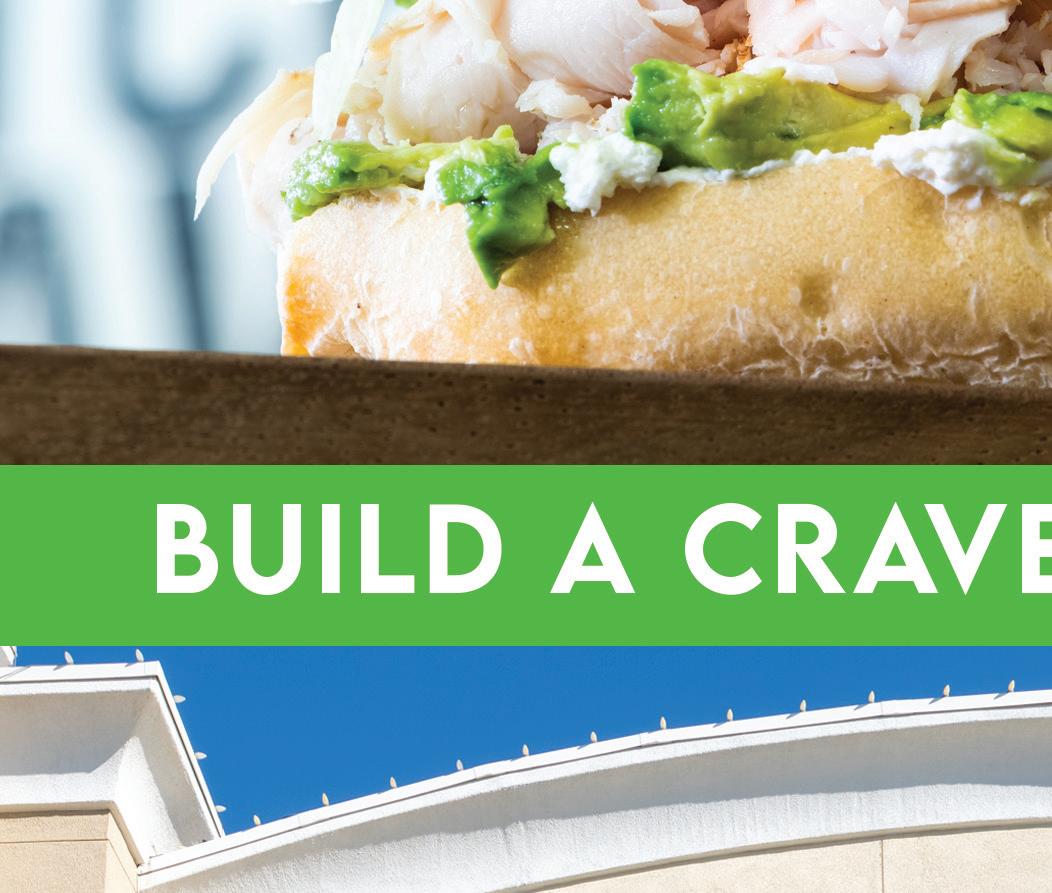

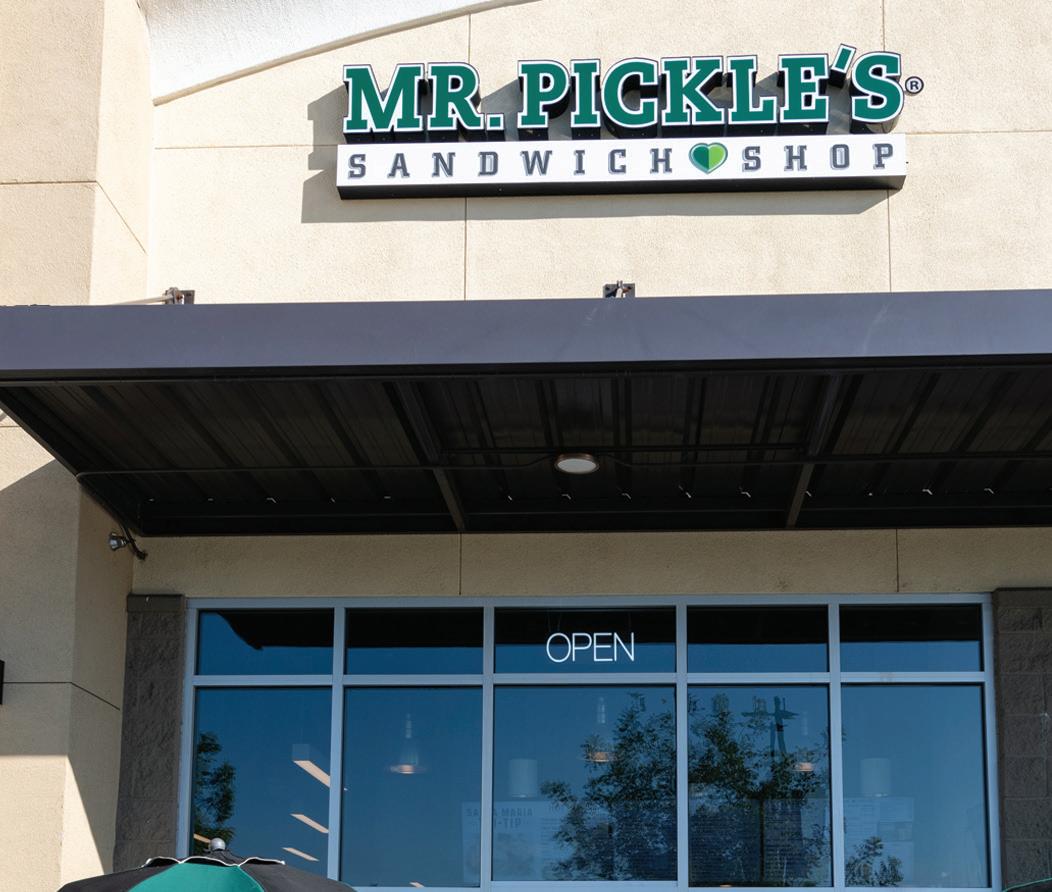


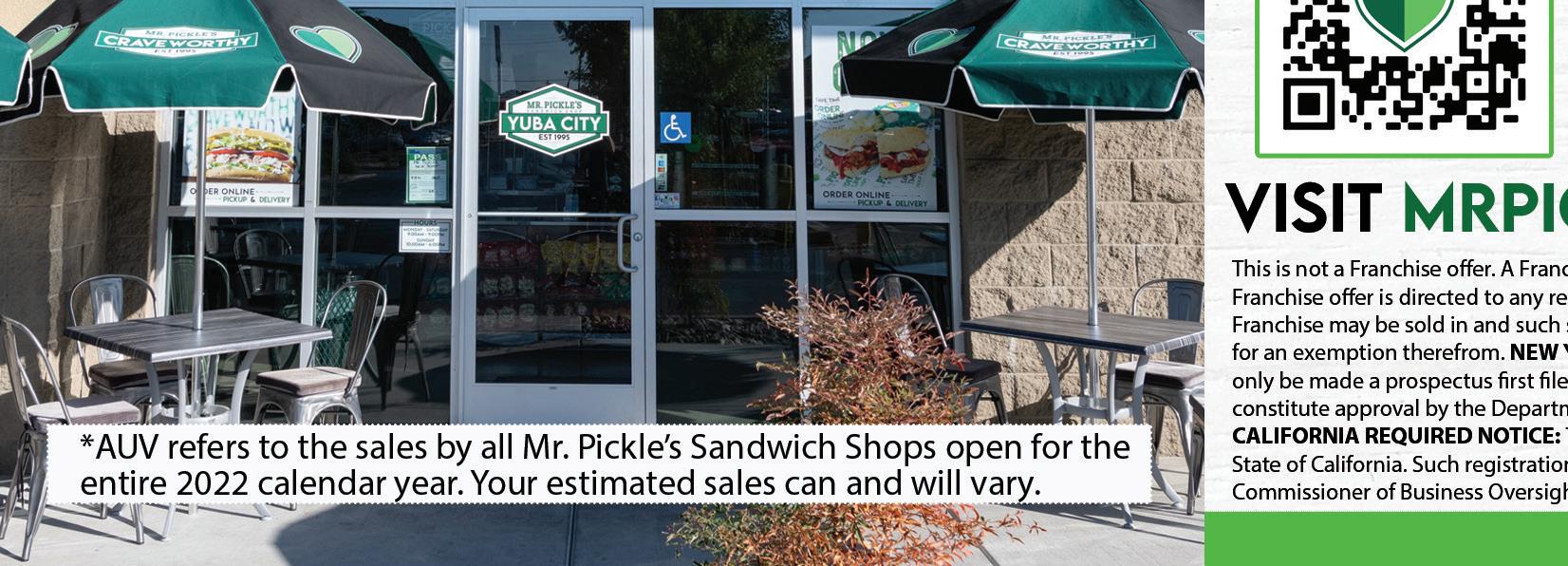

FOR NEARLY THREE DECADES, PEPPER LUNCH HAS been making waves in the global dining scene, with an impressive portfolio of over 500 locations worldwide. Renowned for transforming the teppanyaki dining experience, Pepper Lunch is now set to revolutionize the fastcasual sector in the U.S. With proof-of-concept stores established in three states since 2018, the brand is now primed for rapid expansion, extending franchise opportunities to ambitious, multi-unit operators nationwide.
Pepper Lunch’s immersive DIY teppanyaki concept appeals across generational lines, striking a particular chord with millennial and Gen Z consumers who crave authentic,

STORES: 508 total, 126 corporate LOCATIONS: In 15 countries
labor or cooks simplifies training, enabling franchisees to focus on efficient business operation.
With Asian cuisine experiencing growing popularity among U.S. consumers, Pepper Lunch is poised to become a highly sought-after dining destination in every new market it enters. The strong brand recog-

engaging dining experiences. Each Pepper Lunch visit offers guests the opportunity to tailor their meals using premium ingredients and tantalizing sauces on sizzling hot plates, crafting a dining adventure that keeps them coming back for more.
The brand’s impressive average gross sales, peaking at $2,883,192*, reflect the captivating appeal of Pepper Lunch’s flavorful offerings. The lean operations model and lower labor requirements present franchisees with exceptional revenue potential. The absence of need for skilled
nition, worldwide presence, and loyal customer base provide a robust foundation for franchisees to succeed. Committed to quality ingredients and a truly interactive guest experience, Pepper Lunch equips franchisees to bring a distinct and in-demand dining concept to untapped U.S. markets.
Becoming a Pepper Lunch franchisee means aligning with a globally recognized brand boasting a proven business model. The company champions a collaborative partnership environment, fostering franchisee success. With a strategic focus on U.S. expansion, Pepper Lunch offers an irresistible opportunity for franchisees to partake in the brand’s global success and to write their own sizzling success story in the fast-casual dining world. We warmly invite talented, multi-unit operators to explore this dynamic dining concept and tap into the thriving experiential dining market. RF
To learn more, visit pepperlunchrestaurants.com.
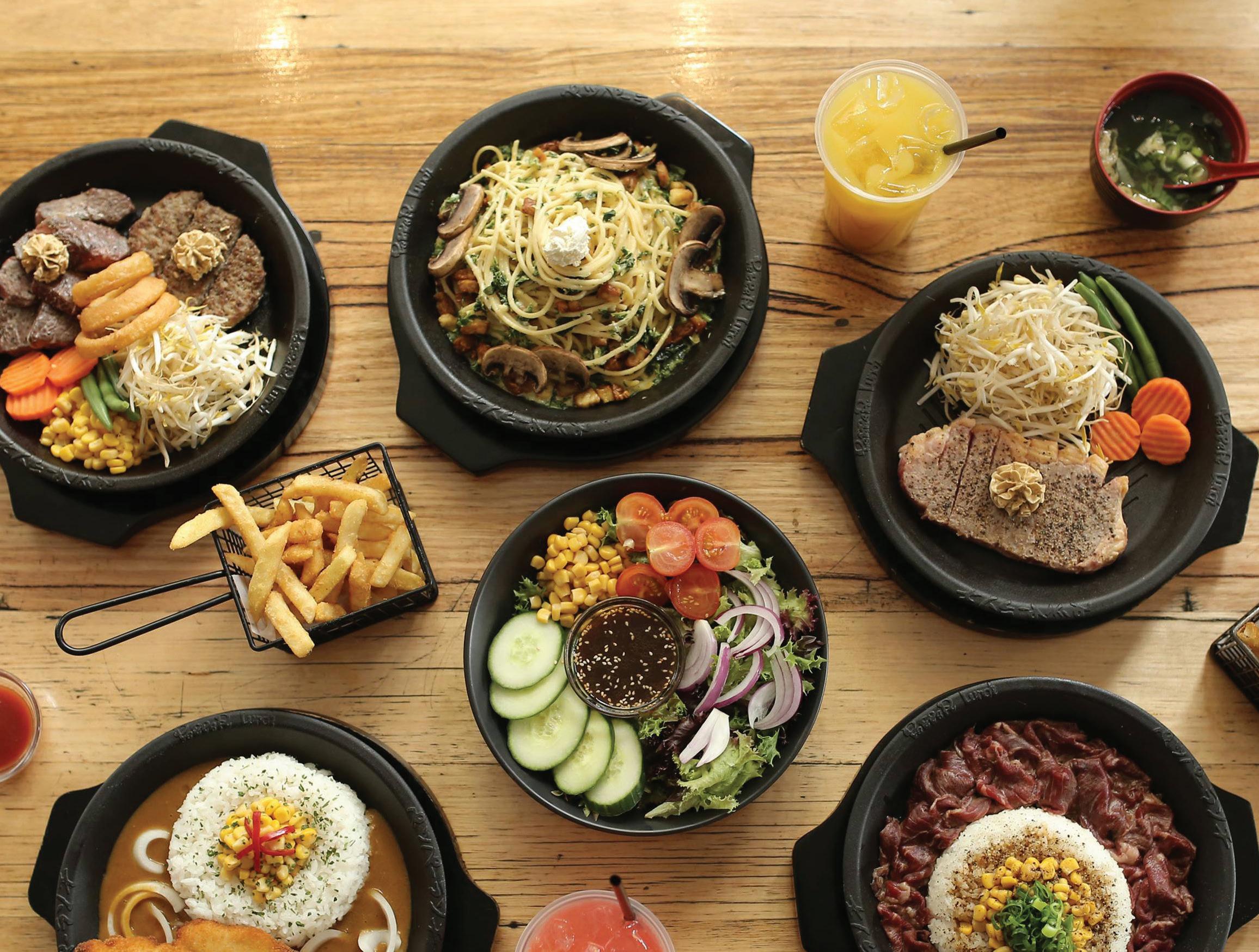














































































































































































































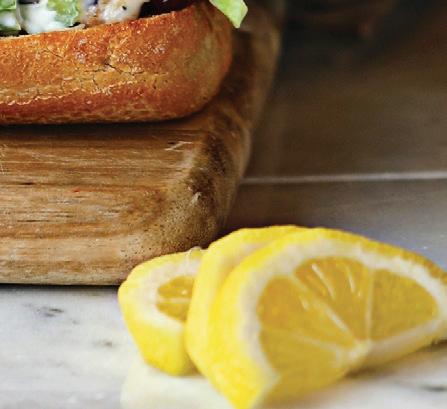
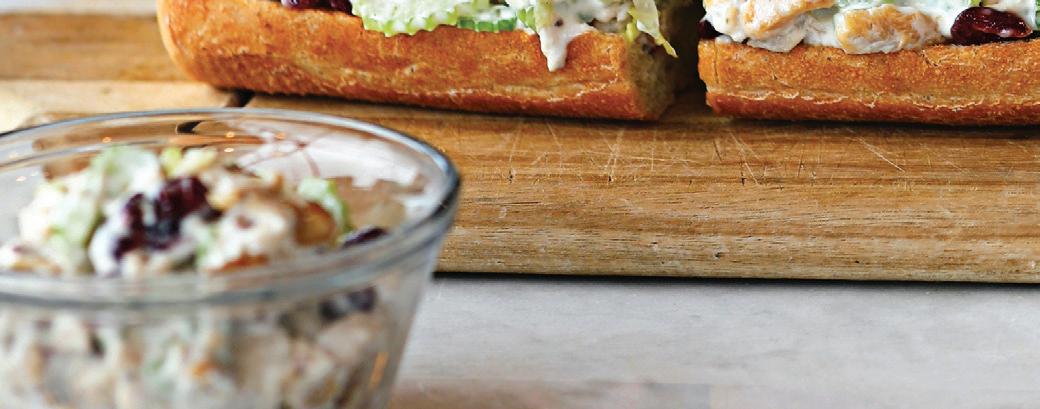
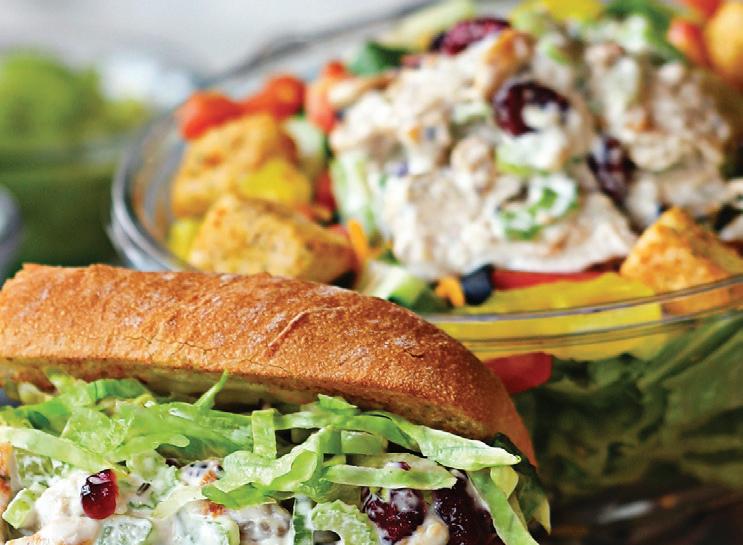
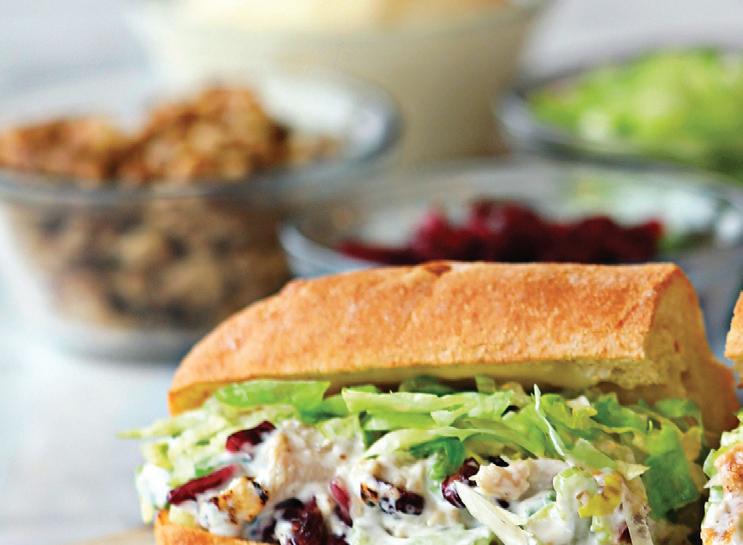
types of people typically work hard and outperform their peers. Pickleman’s is currently targeting opportunities throughout the Midwest and Southern Belt, from Texas to Georgia.
The brand leads the class by serving No Antibiotics Ever chicken and pulled pork— staking its claim as the first national quickservice sandwich brand to commit to sourcing chicken and pulled pork with this USDA-enforced label. Pickleman’s prides itself on the rigorously high quality of its ingredients and continuously works toward creating healthier and safer food choices.
WHEN ASKING FOUNDER AND CEO, DOUG STRITZEL, why he started Pickleman’s, he said “In the beginning, I started Pickleman’s to provide a pathway for people into entrepreneurship that could allow them to have their ideal lifestyle by supporting their family and controlling their own destiny.”
This fast-casual sandwich brand applies a system of operational procedures and techniques that have proven effective at serving its patrons a consistent and quality product efficiently. The brand operates on a belief that it has a responsibility to its customers by providing higher quality and healthier food. “It’s an artisan approach that allows us to eliminate a lot of the unnecessary chemicals and processed foods commonly found within the industry,” Stritzel says.
As of July 2023, the Midwestern franchise has 29 franchised locations, boasting a same store sales growth of 14.57 percent in 2022 over 2021, resulting in an average unit volume of $1.44 million in 2022. Pickleman’s Franchising has three multi-unit deals with existing franchisees in Oklahoma, Arkansas, Indiana, and Texas.
The brand is in search of entrepreneurs with a history of success, and not necessarily only in the restaurant industry. Stritzel says he looks for a history of “excellence and leadership” in a potential franchisee, as these
Pickleman’s has a simple process for operating, yet a robust menu offering that allows plenty of options for all lifestyles. “Our artisan approach is apparent as most of the products we serve are unique to our brand,” Stritzel says. “Daily, we make our salad dressings, chicken salad, and cookies from scratch in-house. Our bread and tomato basil bisque are our own proprietary recipes. Our meats, cheeses, and produce are sliced daily at each location to provide the freshest and highest quality products.”
In April 2023, Pickleman’s also announced the opening of its fourth drivethru location, located in the Kansas City metro area. With an assembly line process and throughput and more drive-thru locations, Pickleman’s is positioned to become a powerhouse brand. “We make everything to order; the flow and the timeliness of the process is exceptional,” Stritzel says. “Everything that we make is on a production line that flows to the point of purchase.”
As Pickleman’s continues to grow, the values remain the same, treating everything with respect—including employees, customers, and its business partners. Stritzel says “We look for win-win, sustainable agreements and relationships for all parties involved.” RF
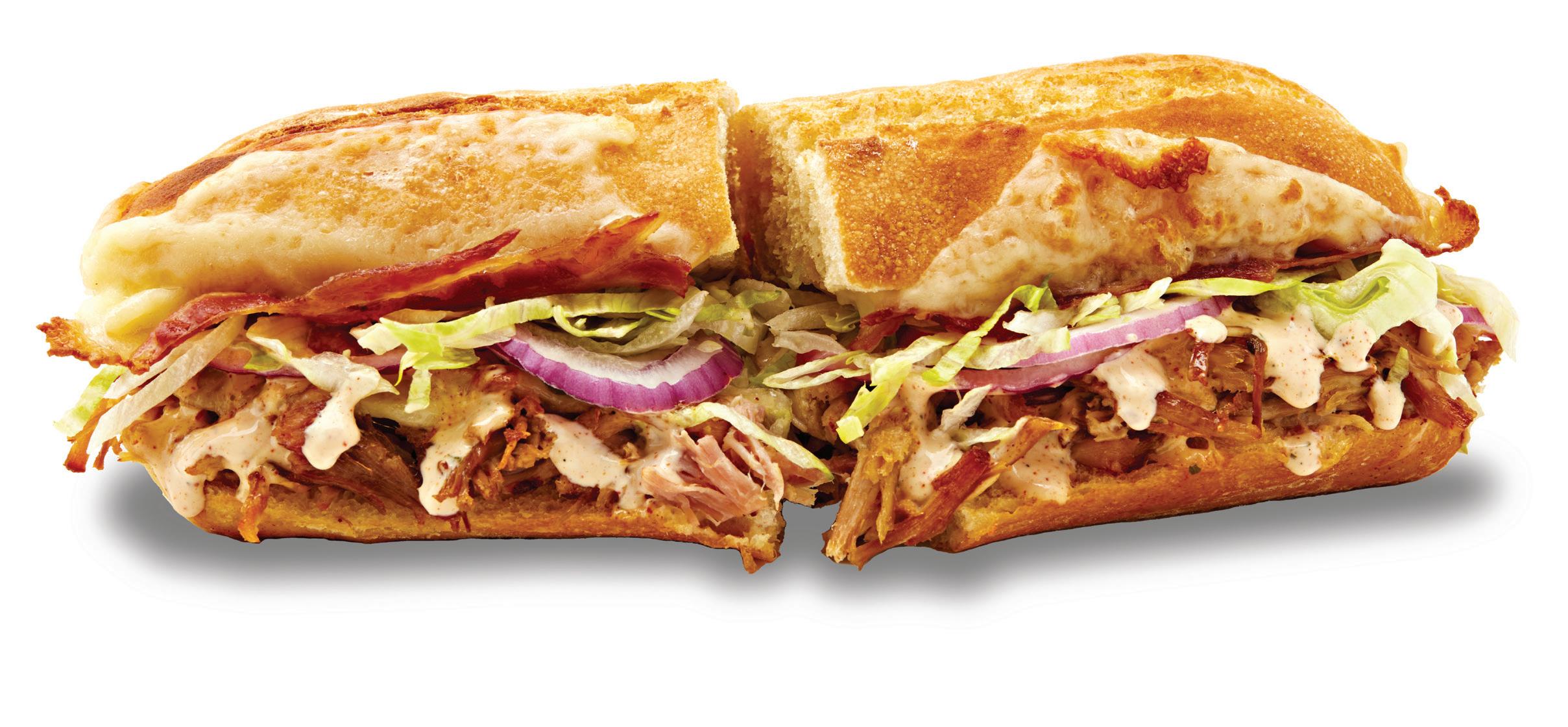
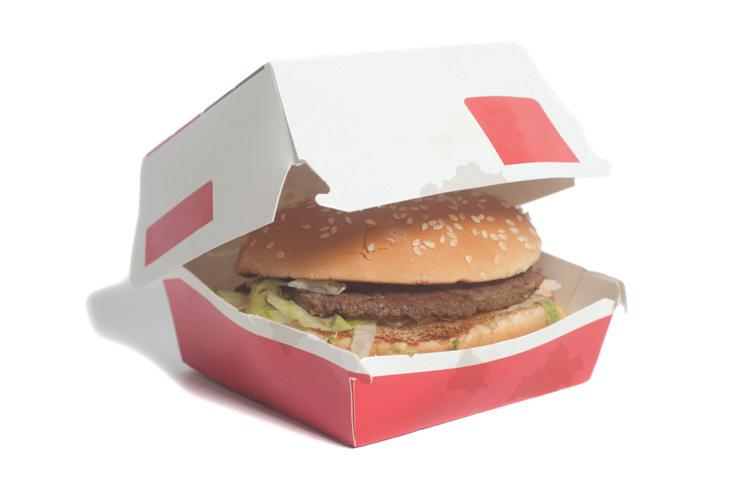
SIP FRESH, THE NEXTGEN SPECIALTY BEVERAGE RETAIL concept, renowned for its unique, vivid displays of fresh-fruitbased juices, teas, and specialty drinks, is taking the beverage industry by storm and has positioned itself as an attractive franchise opportunity for those looking to diversify their portfolio and seeking non-traditional growth in a competitive market.
Built to prioritize franchisees, its simple operating model is designed to maximize return on investment. With a low labor model, back-of-house operations are minimized, while front-of-house sales and customer service take center stage. This streamlined approach allows franchisees to focus on what truly matters—building their business, delivering exceptional guest experiences, and fostering
meaningful connections within their community.

Anchored near upscale department and specialty stores, Sip Fresh joins desired retail destinations, capitalizing off of a steady flow of foot traffic in all day parts. Since the brand’s inception in 2017, it has drawn in onthe-go shoppers seeking spontaneity and excitement on their buyer’s journey. As an innovative franchise concept, Sip Fresh is becoming a beacon for Class A malls across the country. Currently, the brand has four locations in California and Arizona, with three additional stores projected to open in current states and across the Sunbelt.
Sip Fresh has drawn a loyal following through its visually stunning beverage offerings and the warm welcome provided by its friendly Sipistas, who delight guests with refreshing samples.


Under the direction of an experienced leadership team, Sip Fresh is continuing to draw in restaurant operators seeking to diversify their portfolio with a non-traditional franchise opportunity. With the focus on simple operations, ideal labor model, winning locations and strong support for franchisees, Sip Fresh is poised for 35 signed agreements by year end. The growth initiative is reflective of the increasing development of top-tier malls, lifestyle centers, universities, transportation hubs, and other high-traffic venues, as well as the demand for health and wellness-based concepts in the beverage sector. RF

Simple operating model providing strong margins
Desirable low labor model minimized BOH operations, focus on FOH sales


Strong franchisor support to optimize operations





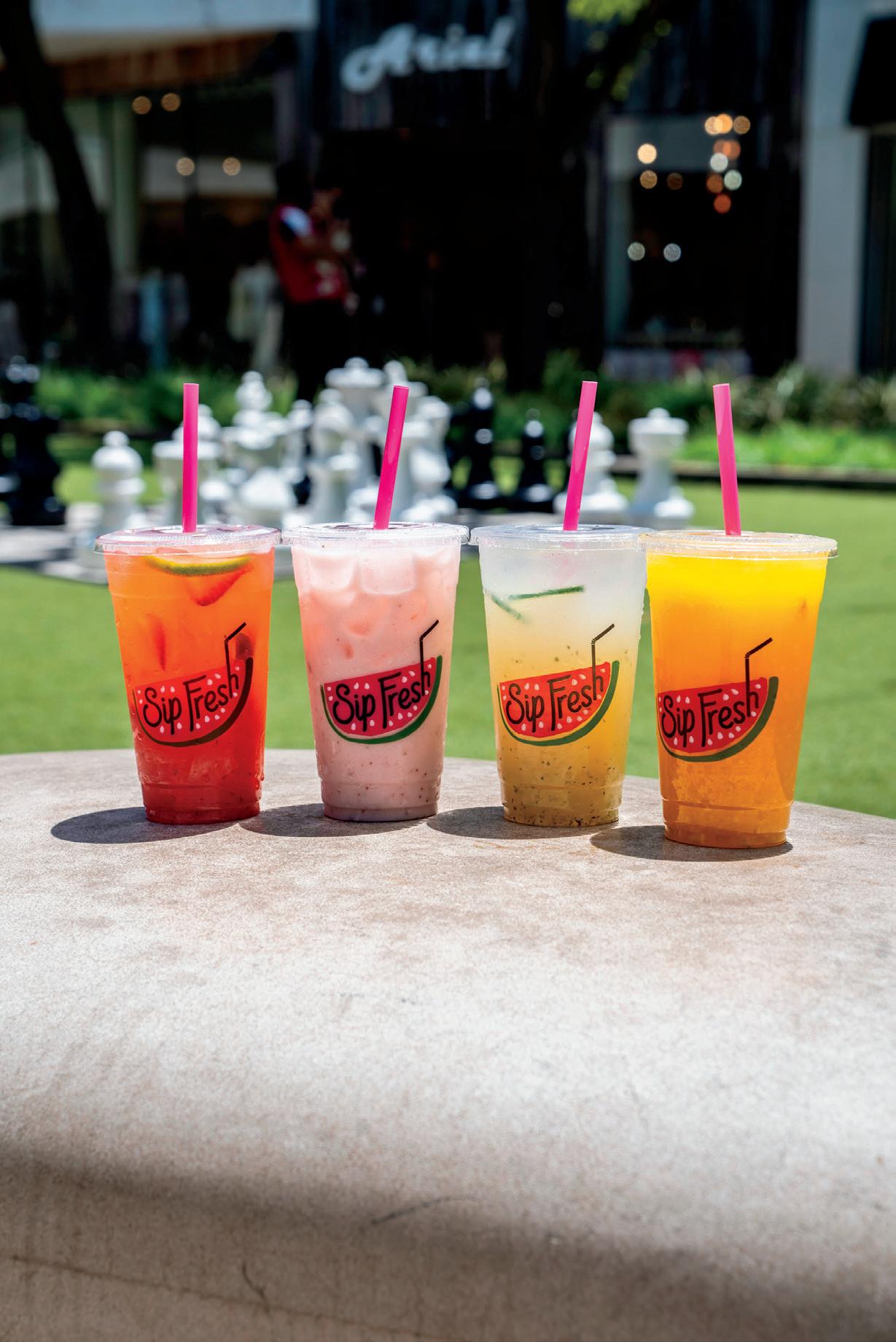


High return on investmentand tremendous scalability


LOCATIONS: More than 235 total, 40 international IN DEVELOPMENT: More than 1,150 units
AUV: $3.8M* SYSTEMWIDE Y.O.Y GROWTH: 35 percent
Now more than ever, operators are seeking flexibility, and Slim Chickens is ahead of the curve. The brand has developed a new store format that reduces costs while maintaining the distinctive Slim Chickens atmosphere, which allows the brand to accommodate smaller footprints without compromising on quality or customer experience.
WITH ITS SOARING SUCCESS AND RAPID GROWTH, Slim Chickens is a revolutionary player in the fastcasual restaurant industry. The better-chicken brand, known for its southern comfort food and handbreaded chicken tenders, is making major strides across the U.S. and internationally as it heads into 2024. The widespread interest is attributed to the brand’s unique loyal following, adaptability to externalities, and high-touch executive team that is in tune with franchisees’ bottom line.
Opening 70 locations a year and on track to increase store openings by 50 percent into 2025, Slim Chickens is a powerhouse. Evident through its remarkable $3,864,513* AUV, it boasts a striking 13.6 percent yearover-year increase, making it an irresistible franchising option.

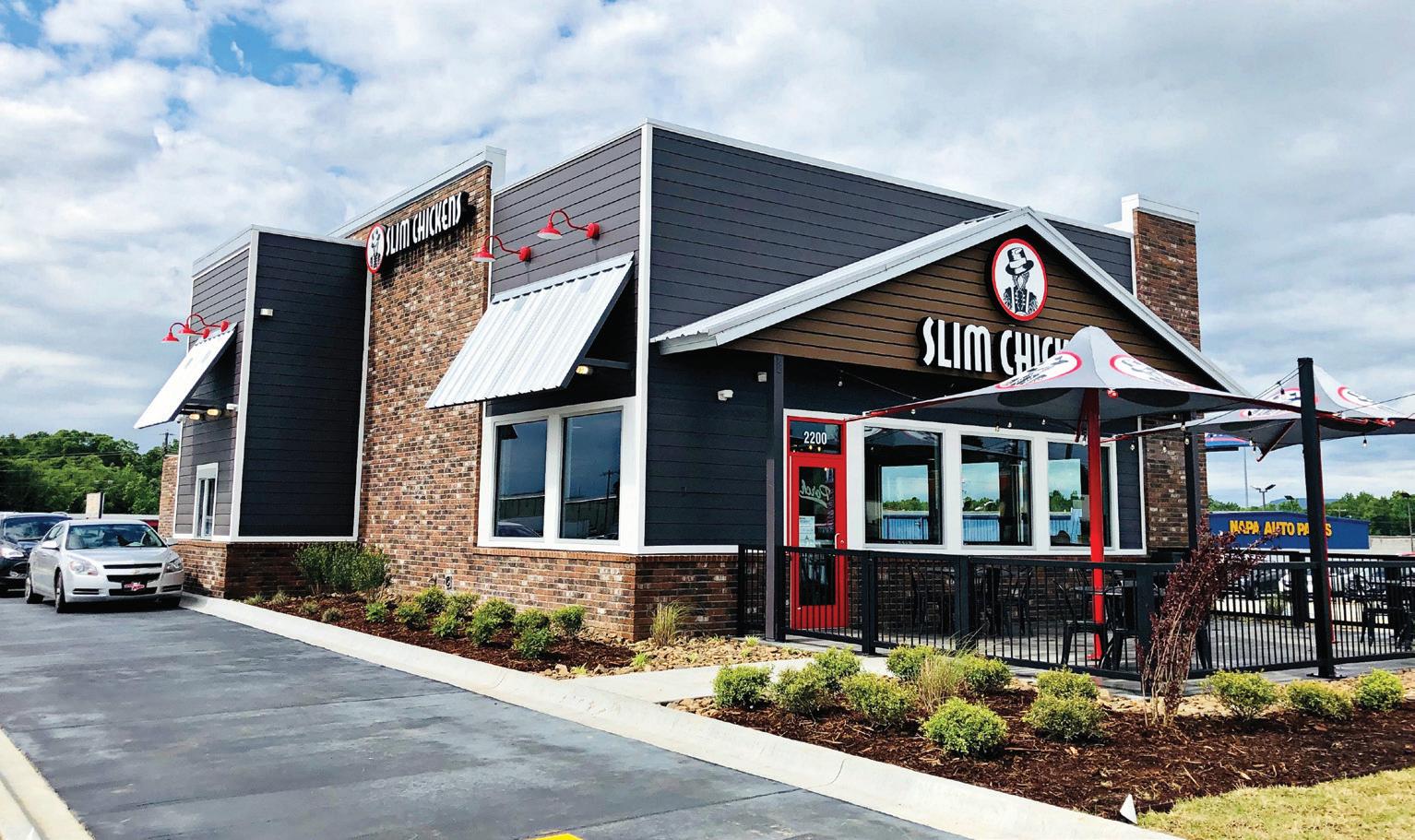
As the restaurant scene continues to evolve, Slim Chickens continues to evolve with it, constantly innovating to stay in tune with the latest technology and real estate trends and expectations of established multi-unit operators.
Within the past six months, Slim Chickens has inked more than 50 new development deals, with over 34 new openings and 10 new territories, including Turkey, Nevada, and Wisconsin. Celebrating recent non-traditional openings at the Istanbul Airport and the University of Arkansas Fort Smith, Slim Chickens showcases the robust systems it has in place, which consistently yield attractive returns for investors and garner a loyal following, solidifying its name in the industry.
Contributing to Slim Chickens’ allure is its reputation for brand consistency. Customers are satisfied around the globe for the anticipated mouthwatering food and welcoming Southern contemporary ambiance that anchors the brand. Whether on the go or dining in, it’s a compelling force and an asset to multi-unit operators in the ambitious chicken segment.
Bringing its presence to over 235 locations and 1,150 signed agreements in the pipeline, Slim Chickens projects to sign an additional 60 development deals this year, expanding its Southern hospitality into key markets through both traditional and non-traditional formats, including Ohio, Pennsylvania, New York, Virginia, West Virginia, Canada, Germany, Malaysia, and the GCC.
As it continues its upward trajectory, the brand remains committed to providing franchisees and customers alike with an exceptional and unforgettable dining experience. With expansion plans reaching even greater heights, Slim Chickens invites talented, multi-unit operators to join its journey of growth and redefine the fast-casual dining experience. RF
Learn more at slimchickensfranchise.com.













$3.8M AUV




1,150+ UNITS IN DEVELOPMENT






















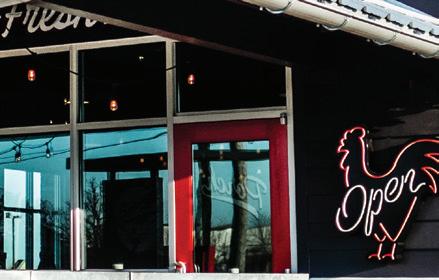
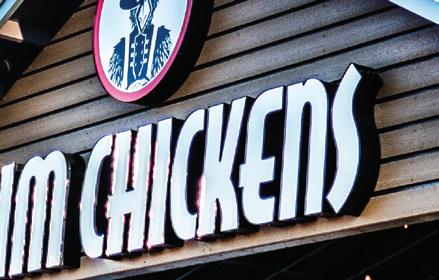

Three Year Comp. Store Sales Increase of 48.7%











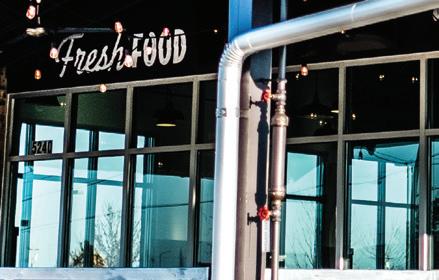

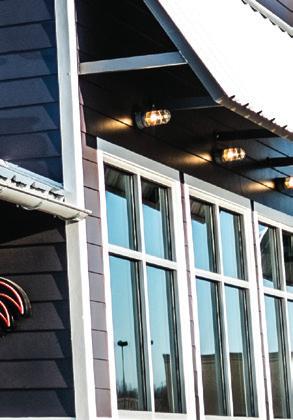







Ground-Up & Conversion Options










































Simplicity of Operations



































Passionate Executive Team
Excellent Branding







240+ LOCATIONS WORLDWIDE


















35% SYSTEMWIDE Y.O.Y GROWTH




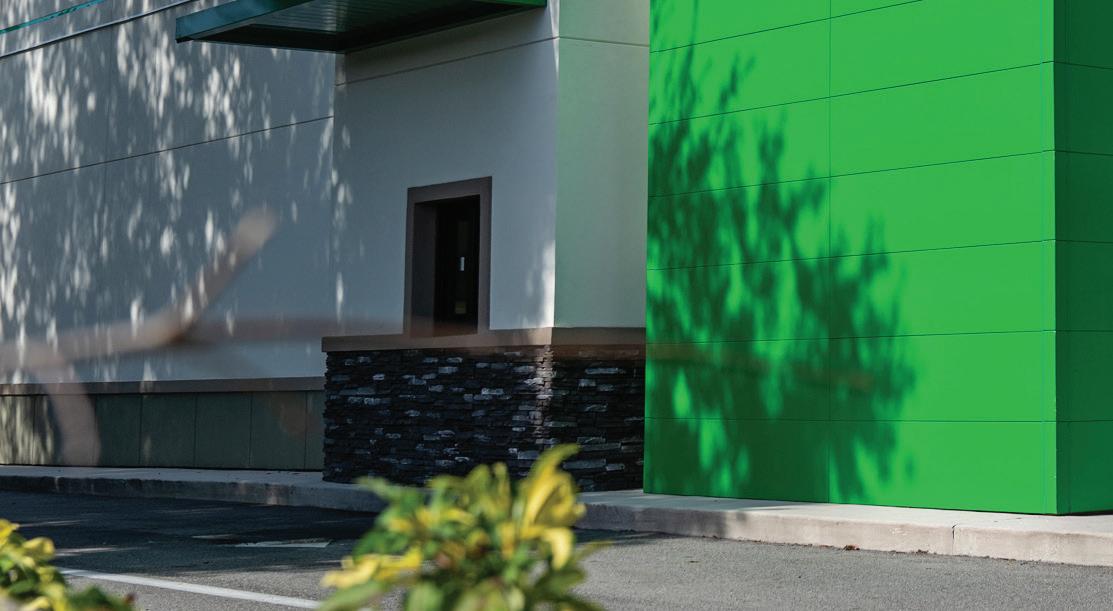

and existing multi-unit owners to grow with the brand.
This year, Subway is working towards its goal to increase new openings across North America and recently celebrated the completion of over 10,000 remodels. The brand is also continuing to consolidate and transfer restaurant packages to new and existing multi-unit franchisees and has announced several new multi-unit owner agreements.
AS PART OF SUBWAY’S TRANSFORMATION JOURNEY TO improve across all aspects of its business, the brand has spent the past two years optimizing its footprint, using a strategic, data-driven approach to ensure restaurants across the system are in the right location, image, and format, and are operated by growing franchisees who have the resources and passion to be part of the brand’s transformation journey.
In 2023, Subway launched its smart growth development strategy to boost franchisee profitability and reaffirm the brand’s position in the market. This involves strategically opening new locations, continuing to modernize its image through remodels and relocations, and attracting new

SERVES: 1.5 billion global guests annually
SMART GROWTH: Boost franchisee profitability and open new restaurants

MODERNIZED REMODELS: More than 10,000
As a results of the brand’s efforts, during the first half of 2023, Subway broke brand records as it achieved its highest average unit volume (AUV) in North America for three consecutive months and, within that time, its highest weekly AUV in the company’s recorded history. For the first half of 2023, Subway saw positive traffic across North America and significant growth in global restaurant same-store sales. Positive sales momentum continues to be driven by menu innovation, modernization of restaurants and ongoing improvements to the overall guest experience, including digital.
Internationally, the brand continues to partner with strong, well-established operators with specific expertise in a market to strategically expand its footprint around the world. Between August 2021 and August 2023, Subway has signed 15 master franchise agreements or country development agreements across Europe, Middle East and Africa, Latin America and the Caribbean, and Asia Pacific, totaling more than 9,000 future restaurant commitments. RF
14.9%


IN NORTH AMERICA (TOP 75% OF SUBWAY LOCATIONS, ABOUT 17,000 RESTAURANTS)* * COMPARED TO SAME PERIOD IN 2022
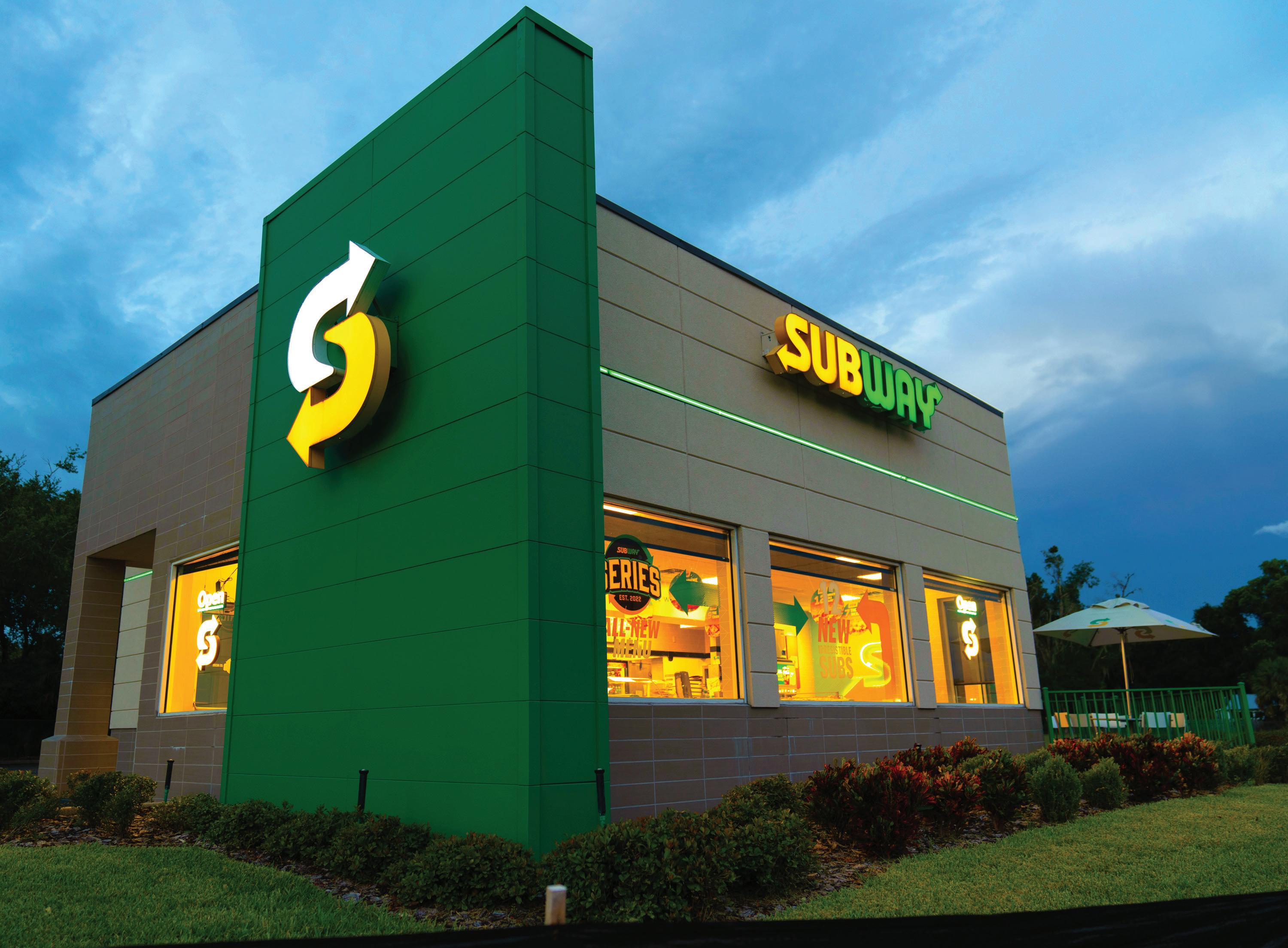
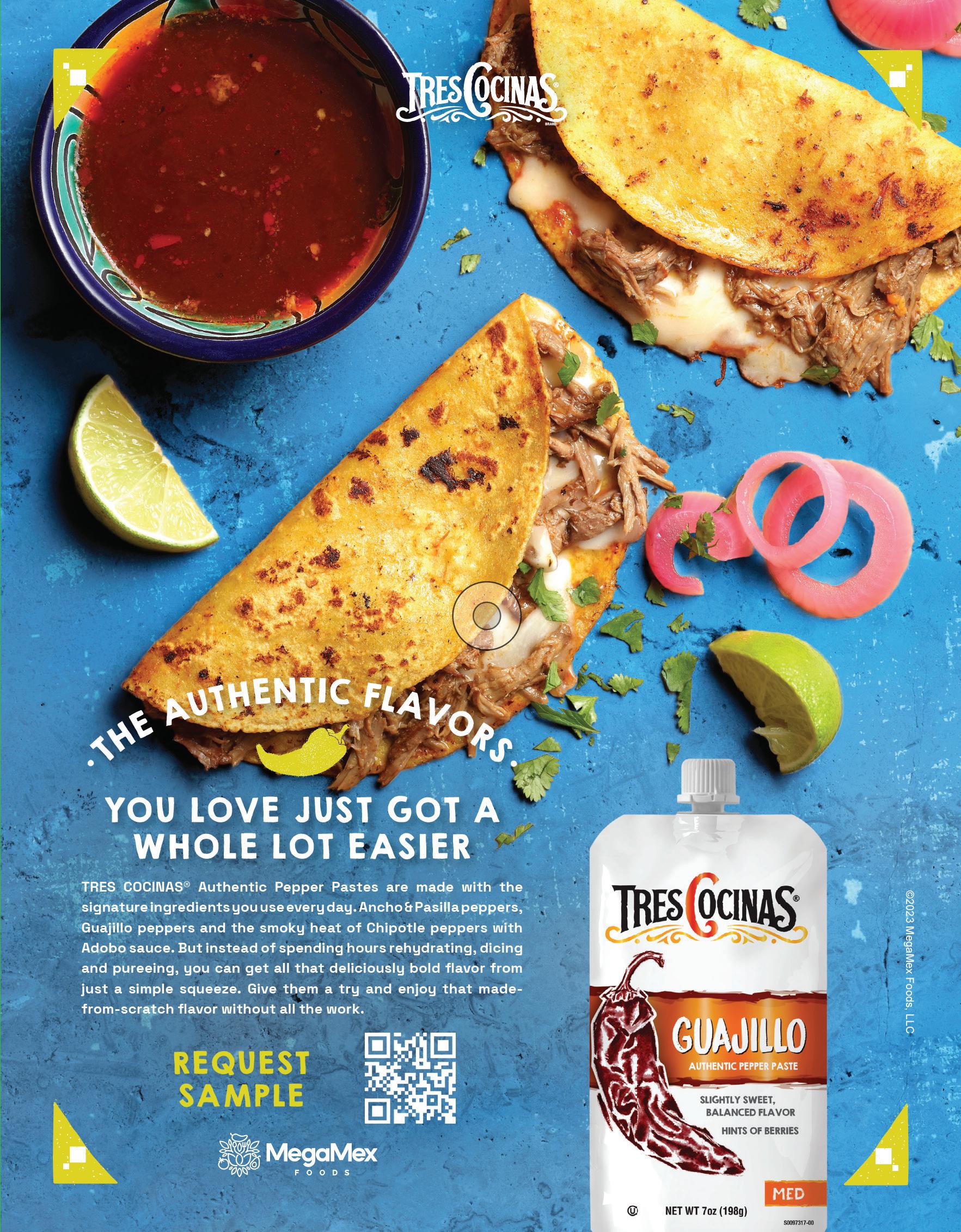
Upgrade your menu with Baja Salsa— a fresh mixture of peppers, avocado, cilantro, and ¡Sabor! by Texas Pete® Mexican-Style Hot Sauce to give any starter, meat, or fi sh dish that spicy citrus kick it was missing.




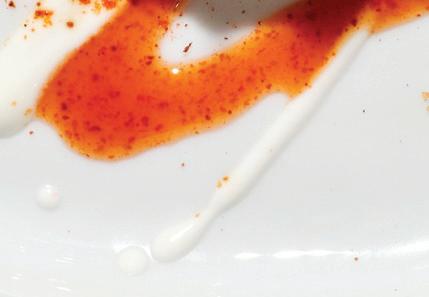
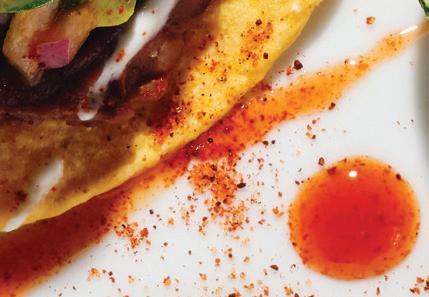
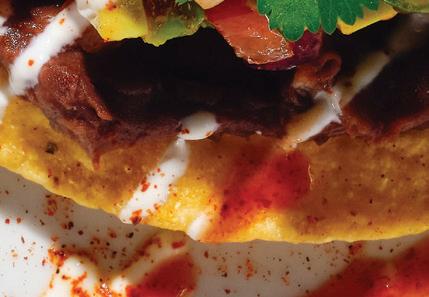
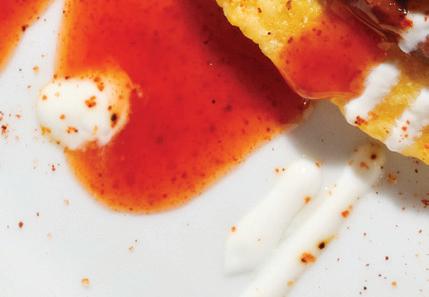

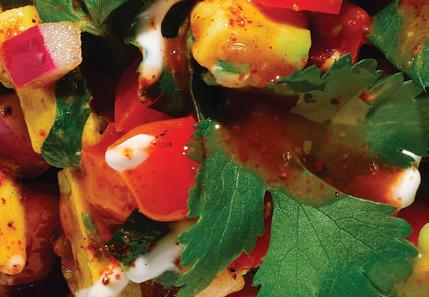
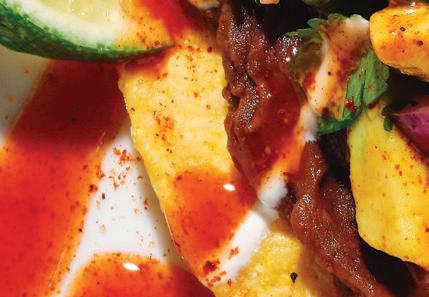

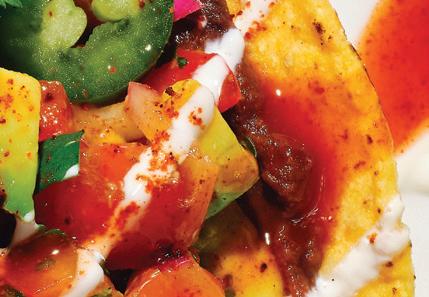




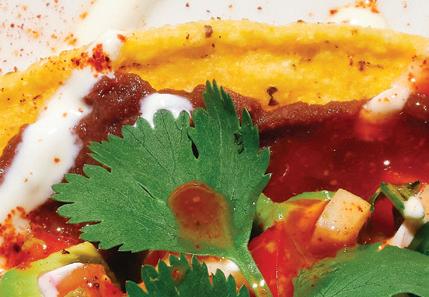
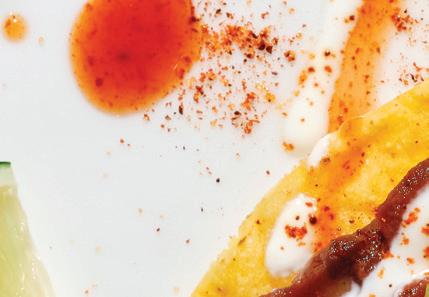


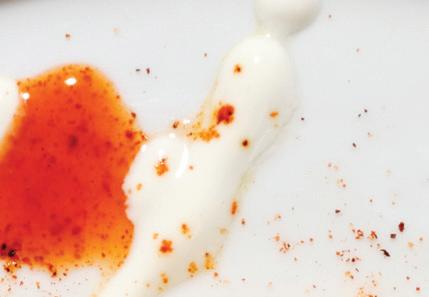
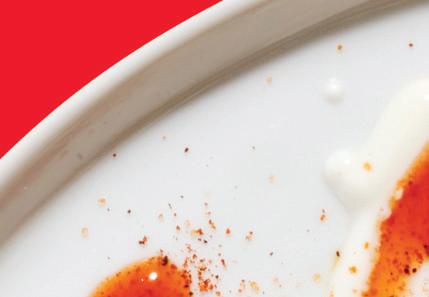

Scan the QR code below or visit TexasPeteFoodservice.com/SimpleAs to get the full recipe and more ways to Sauce Like You Mean It® with Texas Pete.®






























